

"I am constantly reminded that we human beings are basically storytellers. More Homo narrans than Homo sapiens. We see ourselves in others’ stories. Every genuine work of art contains a small fragment of glass from a mirror."
Henning Mankell: Novelist and Playwright.

Africa was created for safaris and storytelling. Let us help you create yours?
____________________________________________________
Create tailor-made overland safaris.
Design, plan and book self-drive overland safaris.
Design, plan, book and guide group overland tours and safaris.
__________________________________________________
Why Out There Overland Travel?
We have extensive overland travel experience in South Africa and in the surrounding southern African countries, as well as experience in East Africa.
Our itineraries are planned based on first-hand experiences, and so, in our recommendations, we know what we are dealing with and what to expect.
We work closely with our guests in developing exciting and memorable tours worthy of a story or two.
Planning is done in explicit detail.
Our prices are reasonable and affordable, representing great value.
We often have a surprise in store for you which helps build your catalogue of overlanding and safari stories.
___________________________________________________
10 Point Planning Process
- Questionnaire – we ask you to fill in a brief questionnaire asking some important questions about your travel experiences and expectations.
- Brief – we engage in a conversation which is based on the questionnaire and forms our brief for the journey that we are going to prepare for you.
- Proposal – we prepare a number of recommendations and maybe a few pleasant surprises and agree a course of action.
- Costing – we plan a detailed recommended route, aligned to our prior discussions, and prepare a detailed costing / budget.
- Approval – the plan and costs are approved, including agreed amendments, and ready to roll out.
- Deposit – we invoice and request a deposit payment for purposes of making the necessary bookings (often required long in advance, based on the popularity of the agreed destinations).
- Briefing document – we prepare a detailed briefing document for your reference which provides every details required for your tour.
- Updates – we keep a constant dialogue and provide regular updates on progress in relation to the tour.
- Final payment – close to the time of departure, we invoice the balance of the cost of the tour and request final payment.
- Ready to Roll – a final briefing document is prepared and agreed – making us ready to begin our awaited overland safari adventure.
“An off the rack suit might fit you, but no matter how well manufactured it is,
a custom-tailored version is going to fit you even better.
The same is true with travel.”
Larry Olmsted:Senior Contributor, Forbes Life

Wildlife and landscape photography has been a long-time passion of mine and always adds a great dimension to a safari experience.
What you can expect
- A comprehensively prepared and planned overland tour itinerary.
- A safari guide who has travelled sub-Sahara Africa extensively.
- Local knowledge and insights to help you create your own exciting safari.
- From camping in the wilderness, to staying in some of the most luxurious and exotic lodges you could ever imagine.
- Relaxation, enjoyment and peace of mind.
- A safe adventure with your travel group.
- A liberating experience for people who may have previously thought that this kind of travel is beyond their comfort zone.
- To add to your list of travel stories.
Who should enquire
- People who enjoy overland travel.
- Nature and wildlife enthusiasts.
- People who are unafraid to explore and who thrive on adventure.
- Parents who feel their children should connect with the natural world.
- Anyone who feels that their disabilities are constraints to new discoveries.
________________________________________________________

Our group about to set off on a stunning forest walk in which the raffia palm trees are so huge that you could be excused for feeling like you are walking in Jurassic Park. We also look out for the resident palm-nut vultures, a vegetarian that feeds on the seeds of this giant palm.
Dealing with COVID-19.
We follow the recommended safety protocols required by the various countries in which we travel and we understand their respective requirements well in advance of our departure.
We do everything possible to ensure the well-being of all our guests and as such all safety protocols will be followed.
We will ask for proof and / or details of your vaccination history.
In terms of unforeseen travel restrictions which may require cancellations or rescheduling of travel schedules, we will do as much as possible to negotiate with our third-party and destination suppliers for refunds and / or re-bookings, dependent upon their respective booking and cancellation policies.
We are committed to keeping you safe and ensuring that you have a memorable experience with us.
- Meet the Team
- Work with Us
- Czech Republic
- Netherlands
- Switzerland
- Scandinavia
- Philippines
- South Korea
- New Zealand
- South Africa
- Budget Travel
- Work & Travel
- The Broke Backpacker Manifesto
- Travel Resources
- How to Travel on $10/day
Home » Budget Travel » The ULTIMATE Guide to Overland Travel (2024)
The ULTIMATE Guide to Overland Travel (2024)
It is absolutely without question that my best travel journeys to date have been overland.
Some were on motorbike, others were by way of a cardboard sign on the side of the road, and I have visions of future journeys that involve a big old school bus traversing the lands between Europe and Asia.
Overland travel is inspiring, and it is undoubtedly the best way to hit the road, especially as a backpacker looking to save money and dig deep into countries and cultures. While social media may have you thinking that you need to spend tens of thousands of dollars on a tricked out 4×4 to become an overlander, I’m here to completely dispel that myth.
Sure, van life and Land Rover Defenders are certainly a type of overlanding, but they’re not the end all be all.
Overland travel can be as simple as sticking out your thumb and hitchhiking, or using trains and shared taxis to get from one place to another. But regardless of the rig you choose, I guarantee you the experience of coasting along wide open plains at your own pace, sharing meals of yak yogurt with nomads, and getting to pitch your tent (or park your ride) just about anywhere will be absolutely worth it.
But still, I totally understand that it can all be intimidating. So let’s set the record straight with this ultimate guide to overland travel – where you’ll see that this is very much a “do as you like” adventure.
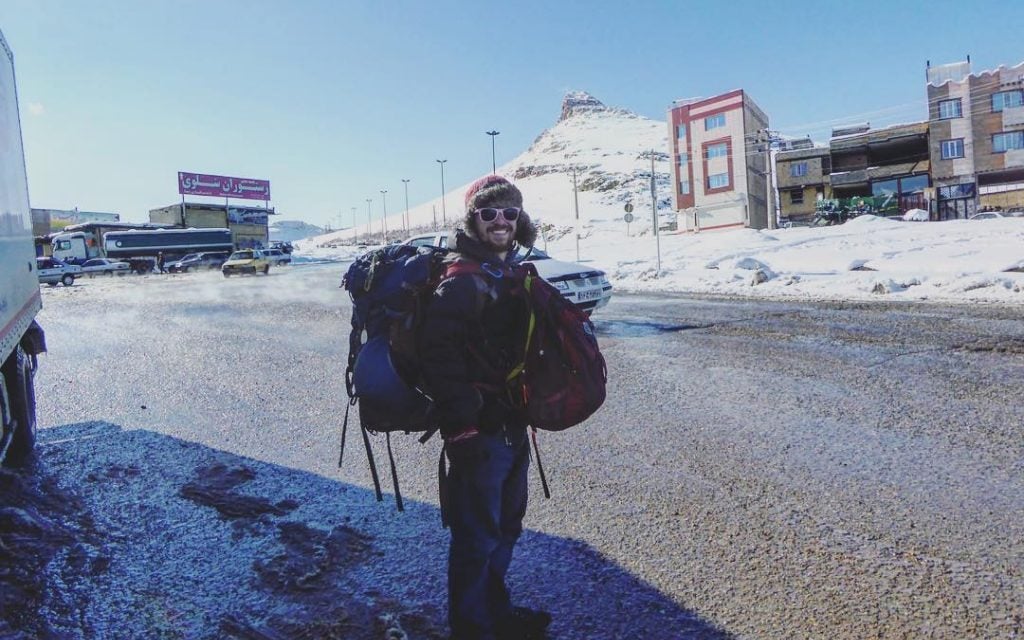
The Broke Backpacker is supported by you . Clicking through our links may earn us a small affiliate commission, and that's what allows us to keep producing free content 🙂 Learn more .

Do You Want to Travel FOREVER??
Pop your email in below to get a FREE copy of ‘How to Travel the World on $10 a Day!’.
What is Overland Travel?
While you most likely already know the literal definition – traveling by land AKA avoiding flights – there’s a lot more to overland travel than just what’s in the name.
Overland travel – whether it be by foot, by bicycle, by rail, by van or whatever method you choose – is an art in and of itself. Closely intertwined with my other favorite form of budget backpacking – slow travel – overlanding allows you to get to know the places you visit far more deeply than a bunch of flights ever could.
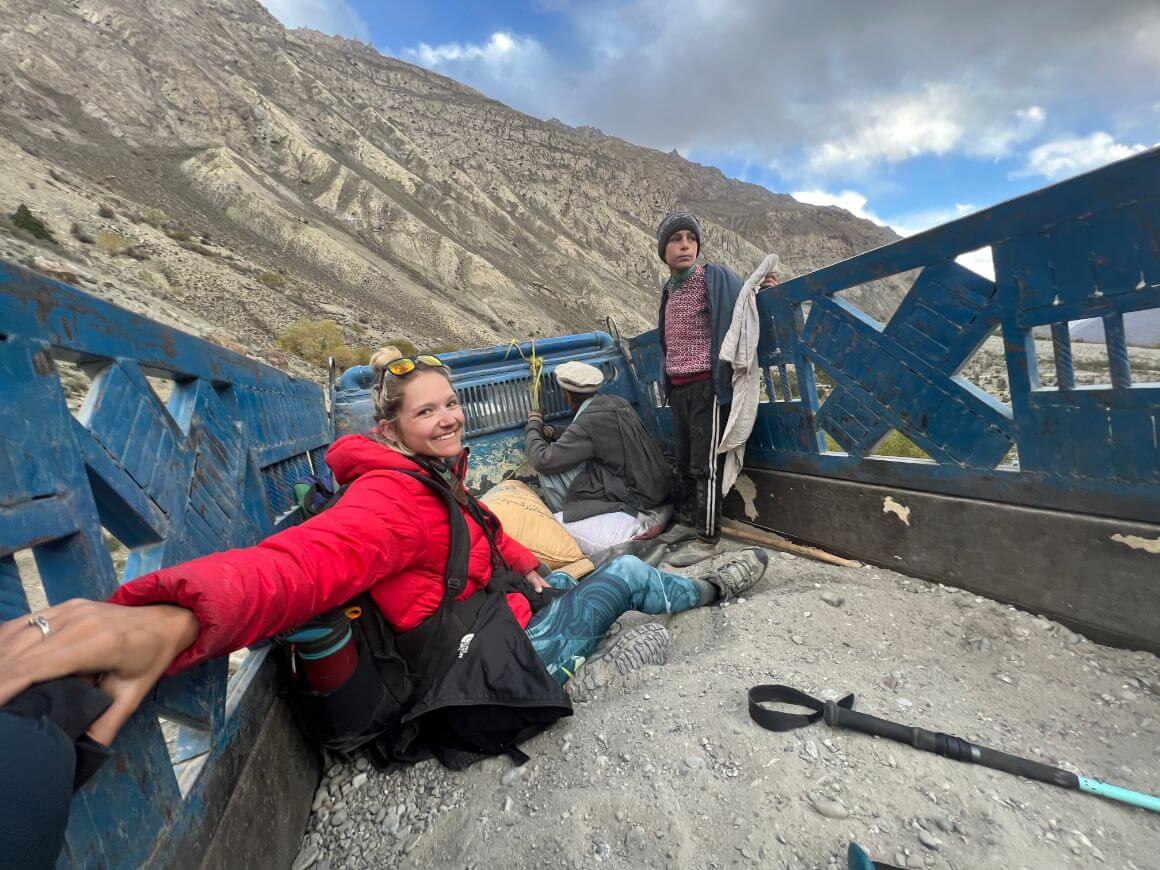
Overlanding is TRULY where the journey matters even more than even the destinations themselves. It’s what gave me some of the best moments of my life, something I know virtually all of my favorite adventurers would agree on when reflecting upon their own journeys.
And once you get started, I promise you you’ll only want to dig deeper and deeper into what it means to become an overlander…
Why YOU Should Overland
Before we REALLY get into this, I want to make something clear.
Overland travel doesn’t HAVE to be an odyssey. While it is for many travellers – like my journey from the UK to Papua New Guinea – you can travel overland without crossing a single international border.
The thing is, there are no rules to this type of travel. There’s no right or wrong way to become an overlander. You don’t need a tricked-out Land Rover Defender, you don’t need a van, you don’t need a bicycle. Hell, plenty of inspiring adventurers have embarked on incredible journeys with nothing but their backpack, a sign, and a stuck-up thumb.
So that, my friends, is one of the reasons WHY you should try overland travel: it’s truly for everyone and anyone.
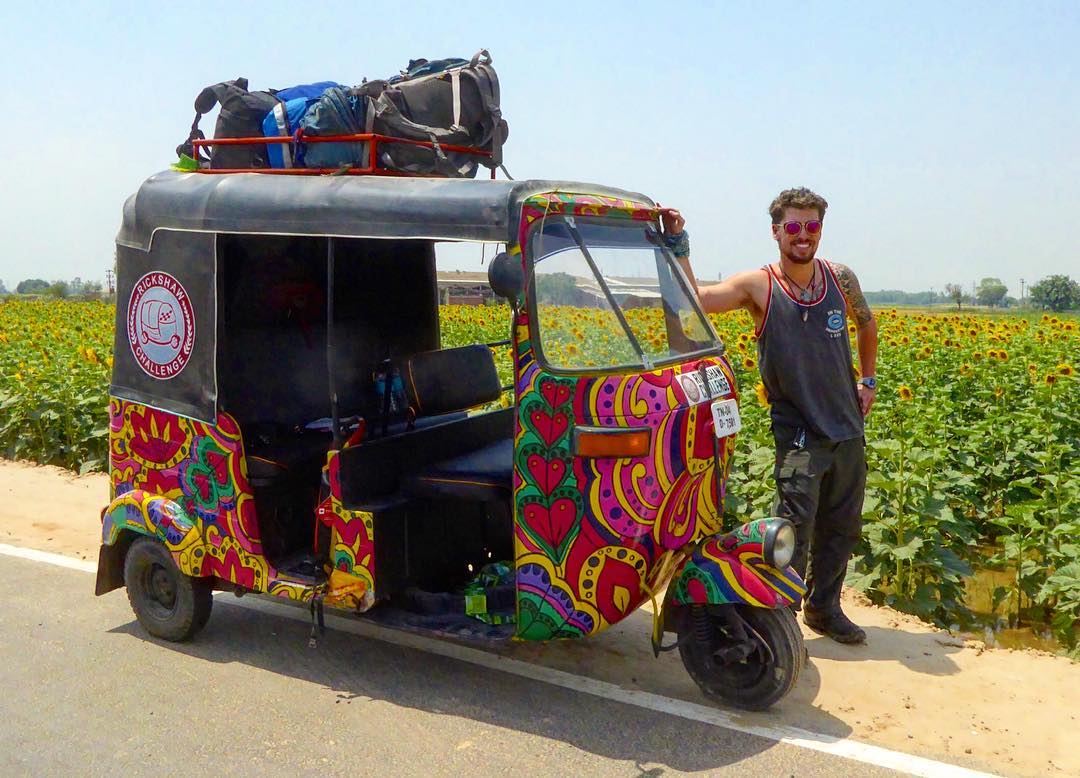
But beyond that, in all my years on the road, it’s this type of travel that’s kept me addicted to life on the road. It’s absolutely not the most comfortable, but it will teach you the most about the world, and about yourself too.
Overland travel will push you to your limits, and really make you work for each and every view and experience you attain.
For some – like cyclists – that work may be physical. For others, it may be mental: such as moving past introverted tendencies to get around by hitchhiking or dealing with driving in brand-new countries with insane motorists.
It allows you to experience life on the ground to the fullest: minute by minute, mile by mile.
Ways to Travel Overland
This is no one-size-fits-all all method of travel, as there are so many ways to overland. I’ve even seen people do it completely by foot or on something as crazy as a unicycle.
But the following are the most common, and popular, ways to get around on the ground:
While I am not a cycling fan myself, those who have done it have nothing but incredible things to say about bikepacking – which is essentially overlanding with a bicycle strapped with a whole lot of stuff. Travelling by bicycle gives you the chance to slow down and see more than virtually any other way of overlanding.
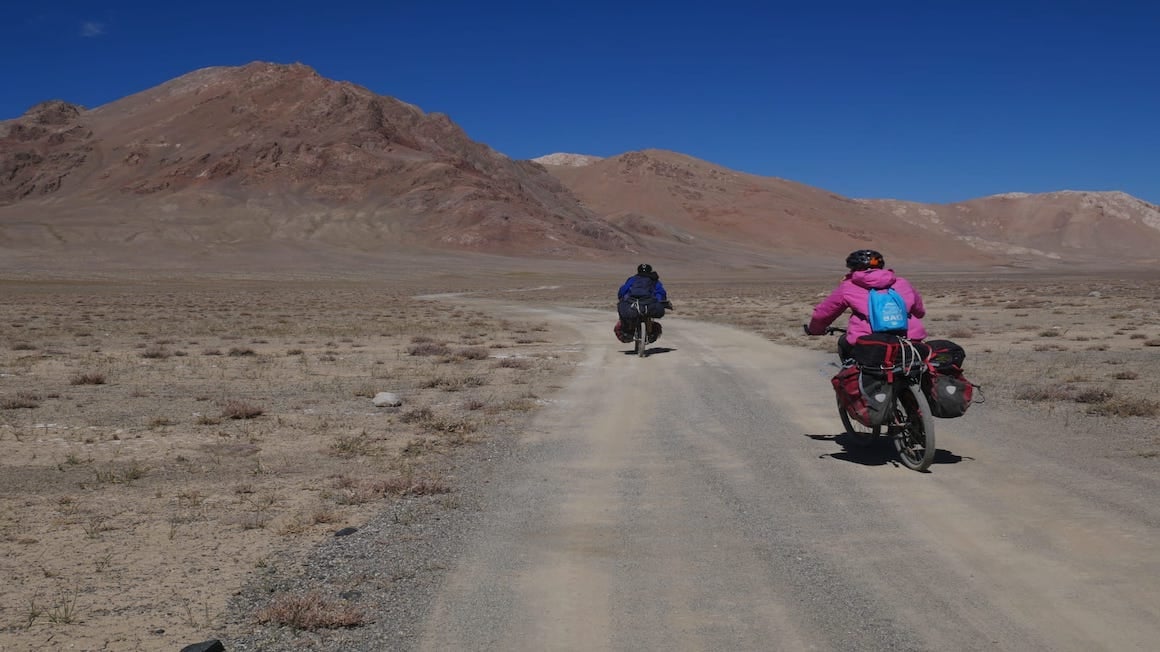
For one your speed (most cyclists don’t do more than 70km per day, depending on the terrain) will allow you to take in just about every village and turn – you’ll get to camp in places far off the tourist trail and meet an incredible lot of locals.
But moreover, cycling is as simple as it is cheap: you don’t need to worry about fuel or engine oil, it’s significantly easier to repair issues, and spare parts don’t tend to weigh that much. It’s also a hell of an accomplishment: unlike all the other forms of overland travel aside from walking, you’ll be physically putting in work every single day.
By Motorbike
As much as I love hitchhiking, traveling by motorbike truly ignites a passion that I have rarely found in other methods of exploring. The feeling of crisp mountain wind on my face as I coast through surreal scenery is one that just doesn’t get old, and it’s certainly something I’d like to try out for longer periods.
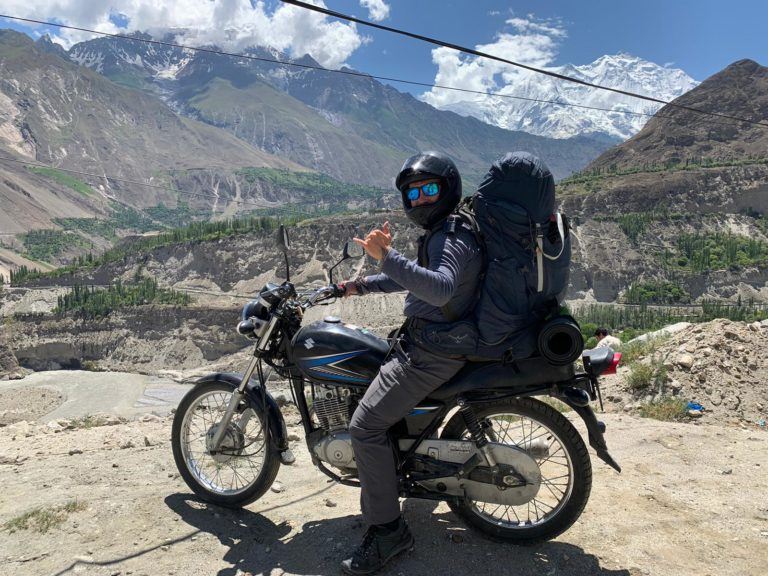
The one thing to keep in mind though is that start-up costs will not be cheap. Good bikes that can actually make it across continents are not cheap, and you’ll also need to buy extra tires, tons of fluids, and other parts that likely will not be available in the places you intend to ride.
But still: it’s worth it. You get the benefits of cycling without the intense struggle, and you’ll be able to maneuver in places where cars cannot. You’ll be able to carry a lot more than a bicycle could, and it will still be cheaper than any van or 4×4.
By Van/Your Own Vehicle
Perhaps the most OG form of overland travel is with your own car: whether it be a van, a 4×4 or an old ambulance, I’ve seen adventurous souls carving their own paths in virtually every type of rig you could imagine.
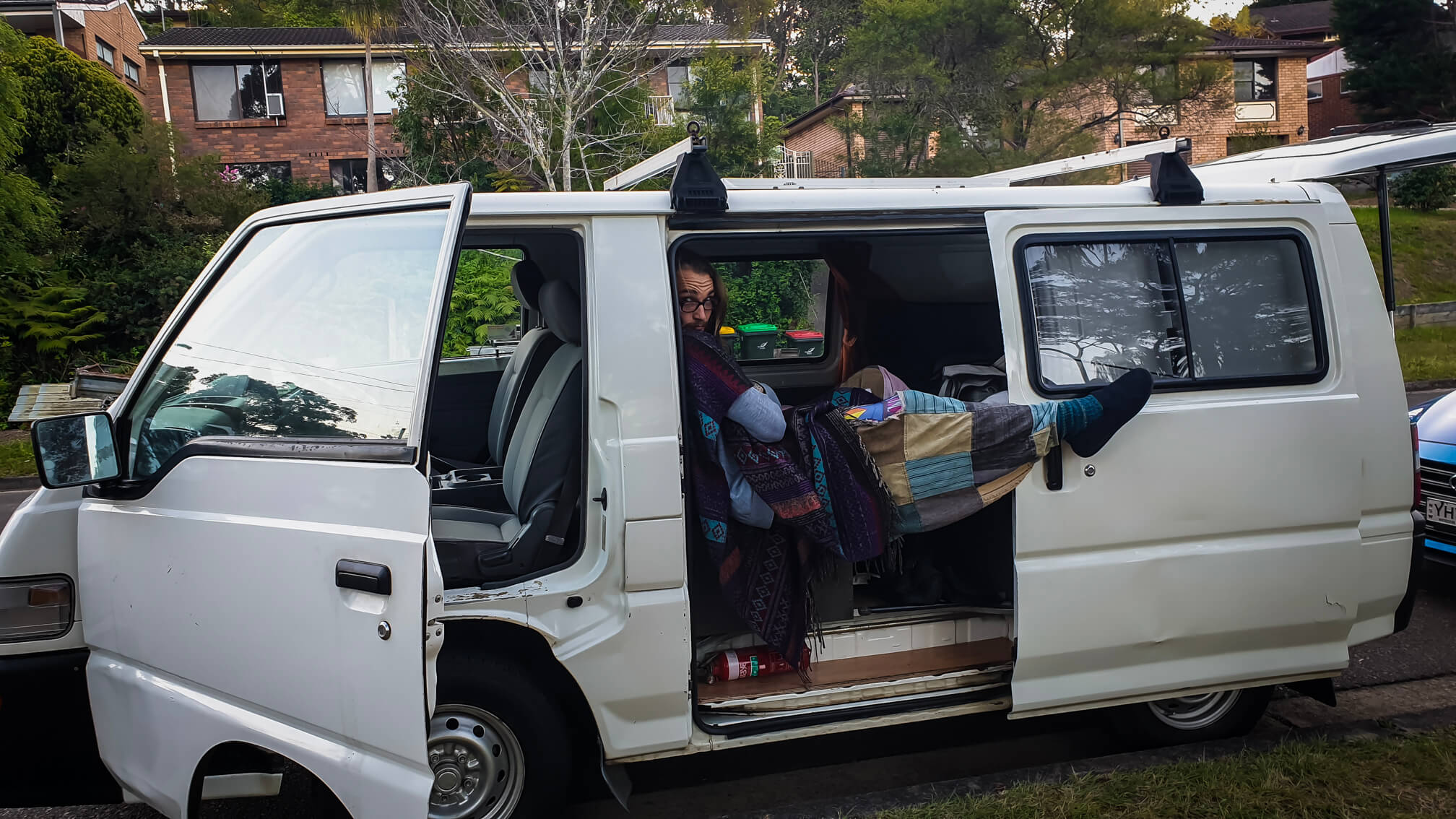
With the popularity of vanlife these days, I’m sure you’ve thought about or at least heard about this craze. I mean, the upsides are many. Your home is with you at all times, you can carry so much more stuff, and you can design your ride exactly as you like. For many, the process of building their house on wheels is just as special as the trip itself.
But there are negatives too: many countries require a carnet de passage that often requires a hefty deposit, repairs can be super expensive, and it’s a whole lot of responsibility. But if you’re determined to make it happen, this is undoubtedly the most comfortable and adventurous way to travel overland, as you can go just about anywhere and won’t be as limited by weather.
By Hitchhiking
My overland hitching journey from UK to Papua New Guinea may not have been completed, but it certainly brought me some incredible (and life-changing) travel memories that I’ll hold on to forever.
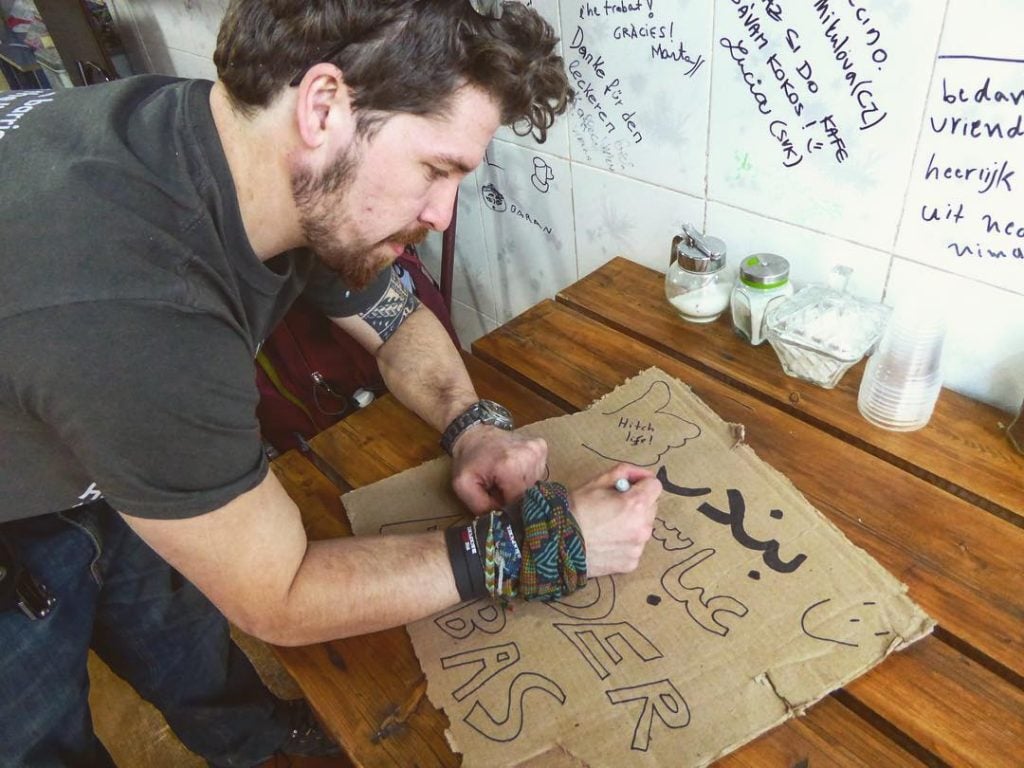
Exploring overland by way of the thumb is not for the faint of heart, or for those lacking patience. But it will bring you closer to strangers and teach you more about the world than any other type of travel. When you’re in a vehicle of any kind (even a bicycle) it somewhat separates you from locals: you’re self-sufficient, right?
But when you’re relying on the kindness of random folks to help you see the world, it opens up doors you didn’t even know were in sight. It leads to unexpected family dinners in local homes, to long chats alongside crackling fires, and to hours spent in random places you would have never visited otherwise. Hitchhiking will change you for the better if you let it, and all you need to get started is a smile, a sign and a stuck-up thumb.
Overland Travel Tips
My top travel tips for making your adventure as smooth as it can be…
1. Do your visa research
While most Westerners are privileged to be able to enter many countries without a visa, you can’t just roll up everywhere. Places like Pakistan, Vietnam, India, and Azerbaijan still require e-visas in advance, and China (often a pain for a lot of overlanders) has a set of very specific rules that usually requires applying for a sticker visa from your home country.
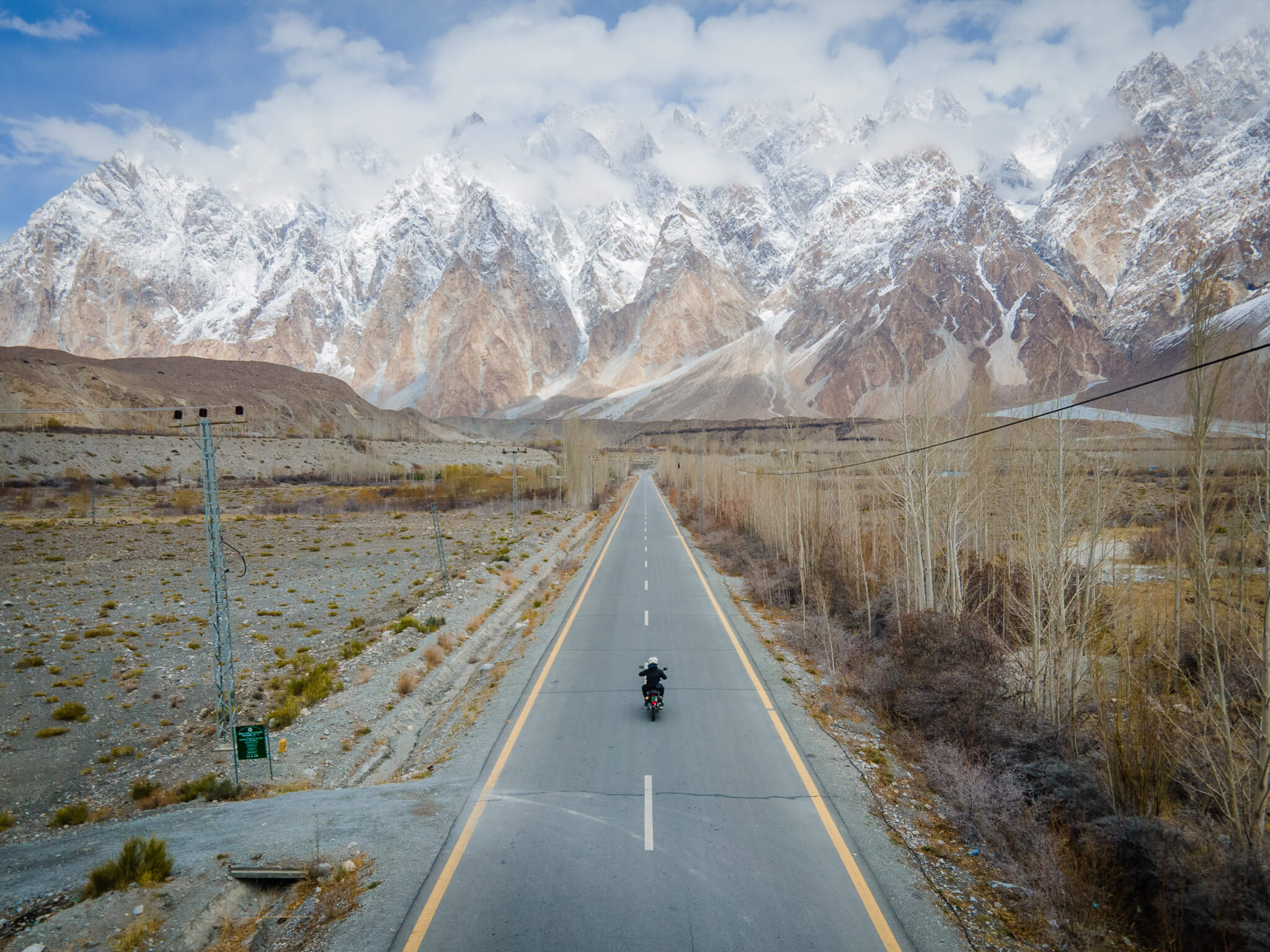
Make sure you read up on every destination you plan to overland through to ensure you don’t find yourself caught out in no man’s land. Sometimes visa rules can change abruptly too, so it’s key to stay on top of them.
2. Bring a LOT of Spare Parts
I cannot stress this enough: if you’re travelling by way of ANY vehicle, it is absolutely essential that you have a good amount of spare parts in tow. Many of the best places to overland are NOT known for their equipment, which means you could potentially be caught out far, far away from civilization.
Spruce up your rig before heading out into super remote areas, and prepare for the unplanned. It’s far better to be a bit overloaded but have everything you need for a mishap than to travel light and become stranded.
3. Don’t forget the little things
You won’t realize how much you need a laundry bag, an eye mask or a good headlamp until you’re stuck in the middle of nowhere with none of the above to be found.
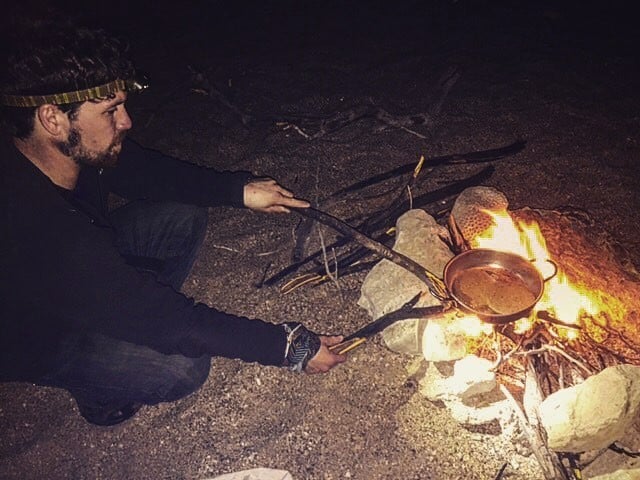
For little things like these, it’s definitely worth it to double up on your supply. You never know when something can get lost or break on the road.
4. Bring a first aid kit
Whether you’re walking, cycling, or traveling in a jacked-out 4×4, the need for a first aid kit remains. You never know when you might need it, but when that time comes, you’ll be incredibly happy you added it to your packing list.
While these honestly aren’t that cheap these days, it’s worth it to splurge on a large, well-stocked one that will actually last you a decent amount of time. If you have any favorite OTC medicines, I highly recommend hoarding them before you head out: pharmacies out in the wild leave much to be desired.
5. Go slow
The art of slow travel goes hand in hand with overlanding, but sometimes it can be easy to fixate on the destination rather than the journey.
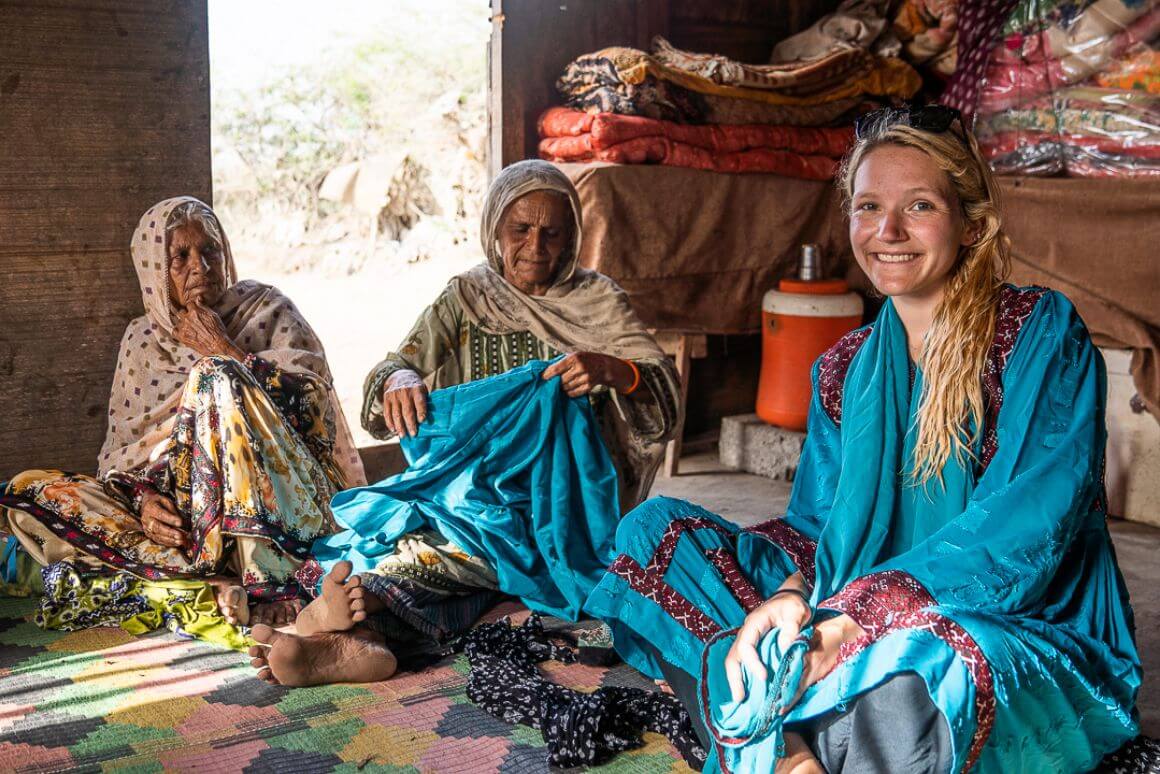
But unless you have a hard deadline to meet, take it easy out there. The whole point of overlanding is to experience the route, not just each individual destination.
Take some rest days where you do nothing but take it all in. Perhaps dive into some journaling, or park yourself at a nice lake or even a beach. The road has infinite pleasures to indulge in.
6. Download Maps in Advance
Even if you’re well prepared with a local SIM card, there will undoubtedly be places without service somewhere along your journey.
Unless you have a paper map like the kind I used to travel with back in the day, get all your necessary navigation downloaded and ready for use when you find yourself with a solid data or Wi-Fi connection.
7. Use Google Translate or Dictionaries
While English speakers are pretty privileged in that we can get by in most of the world, most does not mean everywhere. Take Central Asia for example where Russian rules – you’re going to need some assistance.
While learning a bit of the language in advance is certainly helpful, Google Translate’s offline abilities have truly saved me many times, and it’s a free app you should definitely download. The old-school dictionary method is useful too, especially if you plan to spend time in one place or region for a while.
Overland Travel Packing List
While your specific adventure packing list may look different depending on your method of overlanding, these are a few universal expedition items that anyone will need on the road.
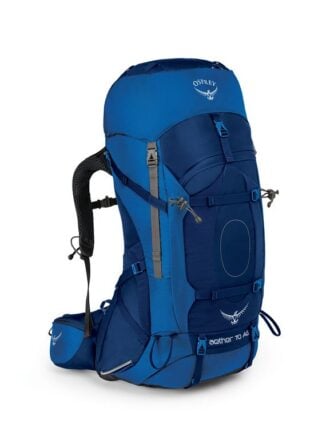
Osprey Aether 70
- Features: Stow-On-The-Go™ trekking pole attachment >
- > External hydration sleeve in backpanel
- > New IsoForm? CM™ hipbelt
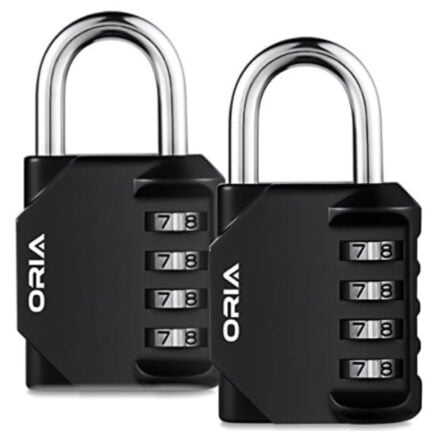
ORIA Combination Lock
- Features: 2 pack : set includes 2 zinc alloy 4-digit re-settable combination travel locks >
- > Offers 10,000 combinations
- > Small volume, light weight, fit through the holes of a lot of suitcases
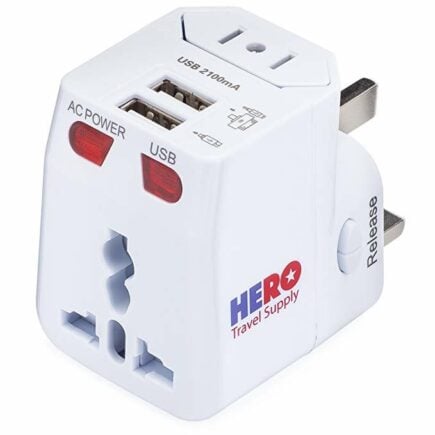
World Travel Adapter
- Features: Input socket: Euro, USA / Japan, Australia / China, United Kingdom (UK version not in Switzerland) >
- > Retractable plugs: Euro, UK, USA / Japan, Australia / China
- > Charge a laptop and two usb devices at once

- Features: Higher resolution display (300 ppi) – with twice as many pixels >
- > Built-in adjustable light – read day and night
- > A single battery charge lasts weeks, not hours
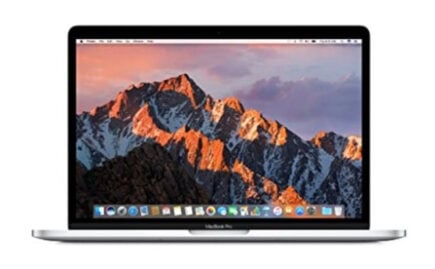
MacBook Pro
- Features: 2.3GHz dual-core Intel Core i5 processor with Turbo Boost up to 3.6GHz >
- > 8GB 2133MHz LPDDR3 memory
- > 128GB SSD storage
Where to Start Overland Travel
You can certainly overland anywhere: from somewhere as simple your home state/province to any country that calls to you, but overall I’d say these are the best places for a truly epic overland travel journey.
Central Asia
The 5 Stans are some of the most adventurous places left on this planet, and they’re home to some of the most mesmerizing roads at that. As of 2023, it’s easy for Western passport holders to travel through all of them (save Turkmenistan), and each one (Tajikistan, Uzbekistan, Kazakhstan and Kyrgyzstan) has something incredible to offer.
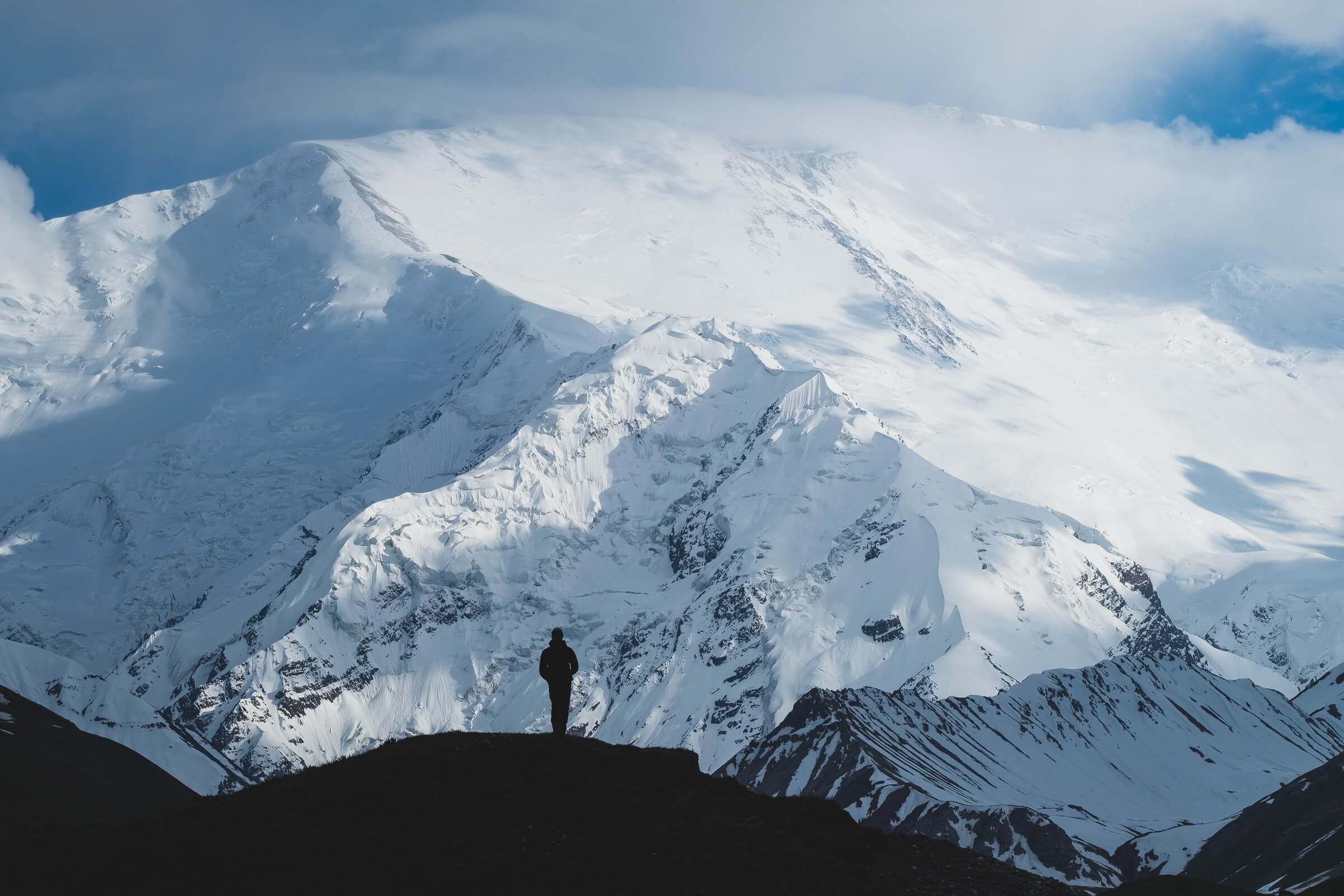
Public transport is also expensive and lacking in most of these locales, which makes overlanding that much more valuable.
All four Stans are all interconnected, safe, and essentially a big old playground for overlanders. Do not underestimate the size of this region though: I’d recommend blocking out at least 3 months to get a real feel for what it has to offer.
South/Southeast Asia
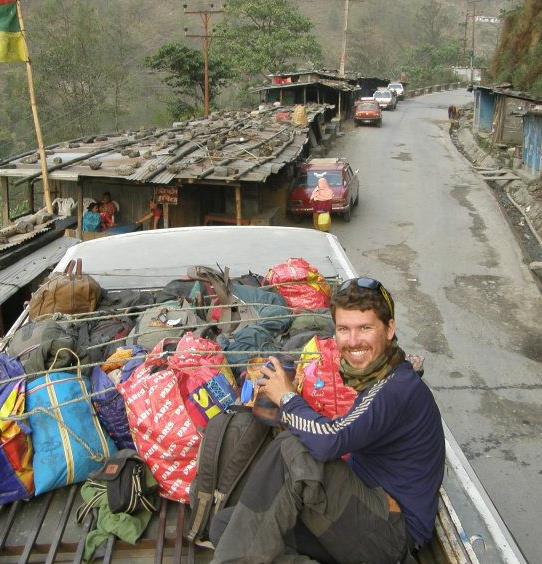
Ah, South and Southeast Asia . Home to some of my favourite countries in the world that have made the most indelible marks on my travels and my life.
India, Pakistan, Nepal and the infamous Banana Pancake trail (Thailand, Laos, Cambodia and Vietnam) are perfect places to give overland exploring a try.
Public transport is widespread, and you’ll get a feel for what it’s like to cross borders. But of course, having your own vehicle will make things even more accessible and give you access to rural areas most do not get to see.
When I rode a rickshaw around India , I found myself incredibly off trail in places that had never even seen foreigners before.
Every year, thousands of Europeans head East to Asia in their own cycles, 4x4s or by way of hitchhiking. And while the journey from Europe to Asia is absolutely epic, you can also opt to travel within the continent too.
With so many countries to check out, it may be the easiest (though certainly not the cheapest) place in the world to overland. Border crossings are simple, and so many countries are interconnected, that it’s a breeze to spend months moving about.
For Brits, Americans and other non-EU nationals, it’s key to be aware of the 90-day visa rule within the European Union. Luckily, there are some fantastic countries out East that you can visit once your time is up.
Many van lifers take to the wide open roads of the United States , with 49 to choose from (discounting Hawaii) and the ability to head north into Canada, I can see why this massive country has become so popular in the world of overland adventuring.
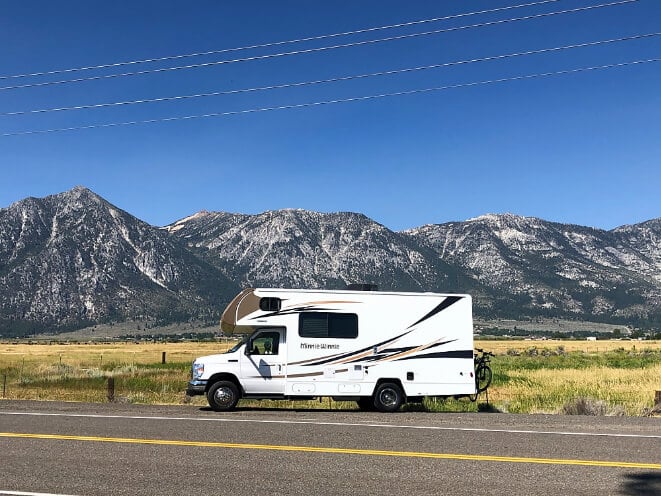
Personally, the USA is not at the top of my bucket list for many reasons, but if you’re already living there and want to get a feel for overland travel, incredible landscapes and opportunities await. Just note that public transportation and hitchhiking are definitely not recommended, as the former barely exists and the latter is not safe .
So van lifers, this is your time to shine. I know many folks who have fixed up relatively cheap vans and set out to see virtually all the states in the Union. If you have limited time or money, definitely focus your energy on the West Coast . That’s where you’ll find all the national parks and the scenery that makes the country worth exploring.
Getting Insured BEFORE Hitting the Road
Regardless of where or how you plan to overland, you should definitely sort some solid travel insurance before leaving home.
ALWAYS sort out your backpacker insurance before your trip. There’s plenty to choose from in that department, but a good place to start is Safety Wing .
They offer month-to-month payments, no lock-in contracts, and require absolutely no itineraries: that’s the exact kind of insurance long-term travellers and digital nomads need.

SafetyWing is cheap, easy, and admin-free: just sign up lickety-split so you can get back to it!
Click the button below to learn more about SafetyWing’s setup or read our insider review for the full tasty scoop.
Final Thoughts on Overland Travel
I hope I’ve now convinced you that your next trip should be an overland one. Ditching flights and committing to crossing borders and provinces on your own wheels (or by way of hitchhiking) will take your travels to entirely new heights.
You’ll have experiences that aren’t possible if you’re jetting about between places, and you’ll get to know each country and region like never before.
With so many ways to make it happen, from cycling to van life to even public buses, overland travel is something that is truly for everyone and anyone.
So what are you waiting for – get to planning and get the hell out there.
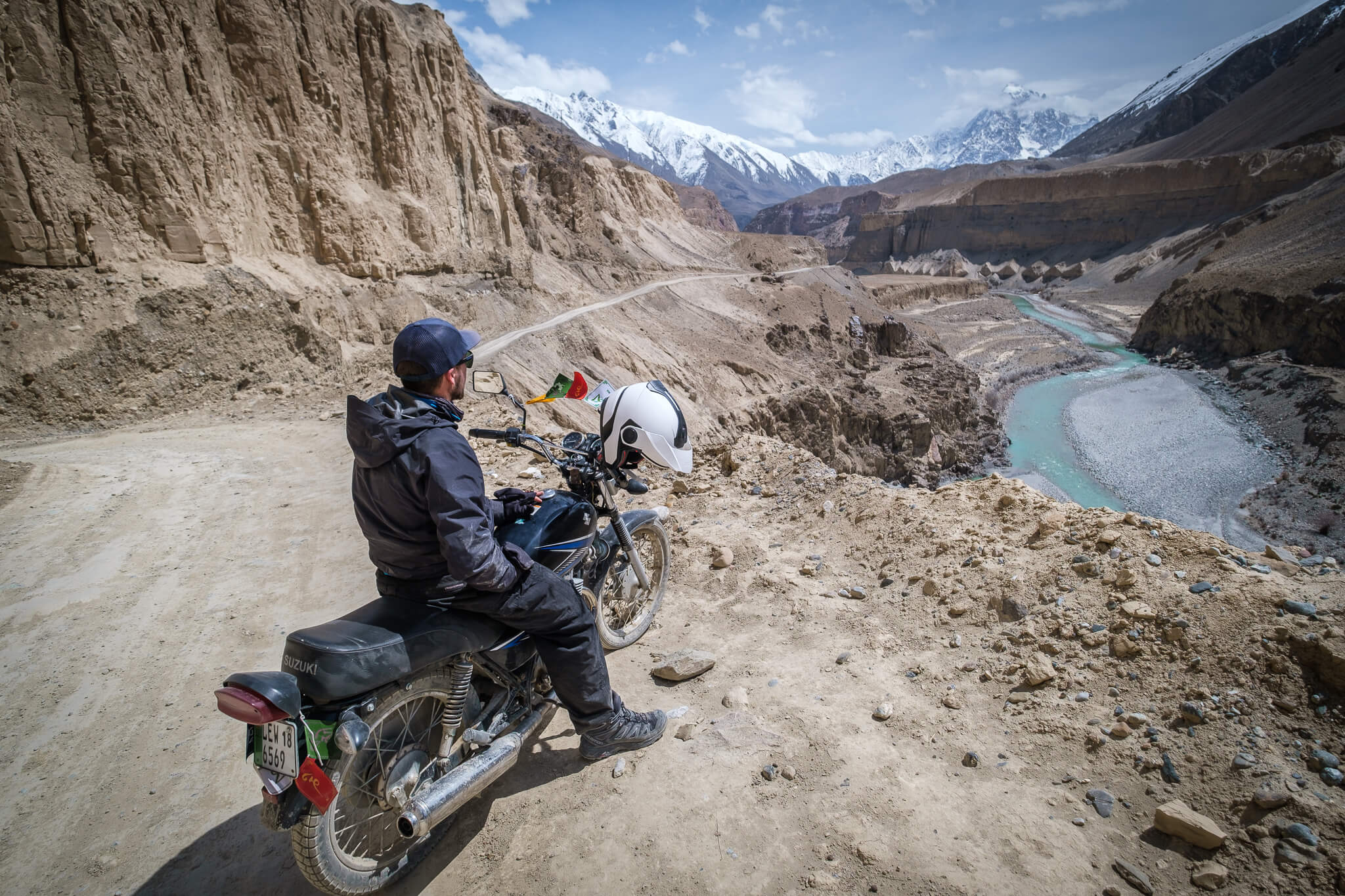
Will Hatton
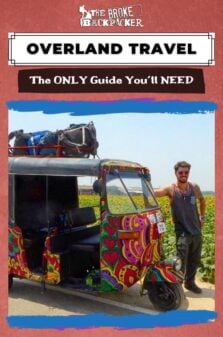
Share or save this post

Will is a freaking trooper!!! I retained great advises from this articles like: Little things we dont think about, hoard your otc in advances, travel by train, buses, mini vans, bike, download your map is a great one when you out of wifi!! Visas if we go to china or india, google translate a must have and to talk t locals and meet people on the journey, enjoy the journey more than the destination, and to buy a kindle to read if no internet, i myself always have been wanted to explore asia and reading this give me ideas on how to get there cheaper and to see the best of all places.
Leave a Reply Cancel reply
Your email address will not be published. Required fields are marked *
Save my name, email, and website in this browser for the next time I comment.
Notify me of followup comments via e-mail.
The complete guide to overlanding: What you need to know to get off the grid
Not to be confused with off-roading, here's everything you need to know in order to have a safe and successful overlanding trip
By Marvin King
Getting outside and exploring nature has become exceedingly popular over the past few years. And while I’ve always considered myself to be an avid traveler and seasoned camper, I found myself wanting to push the limits for how far “out there” I could go. My Toyota 4Runner SUV and all-terrain tires have been stable, constant companions on all my adventures. However, I recently learned there were some relatively simple updates I could do to my SUV that would make my escaping easier and more enjoyable. And that’s when I discovered overlanding.
Maybe you’ve never heard of overlanding before, or you’ve heard about it but never tried it. Either way, I’ll break down everything you need to know—from clarifying what overlanding is to sharing the best overlanding gear to suggesting some of the best places to test your overlanding skills. Consider this your complete guide to overlanding.
Related Interested in overlanding? Here’s where to start and what to know
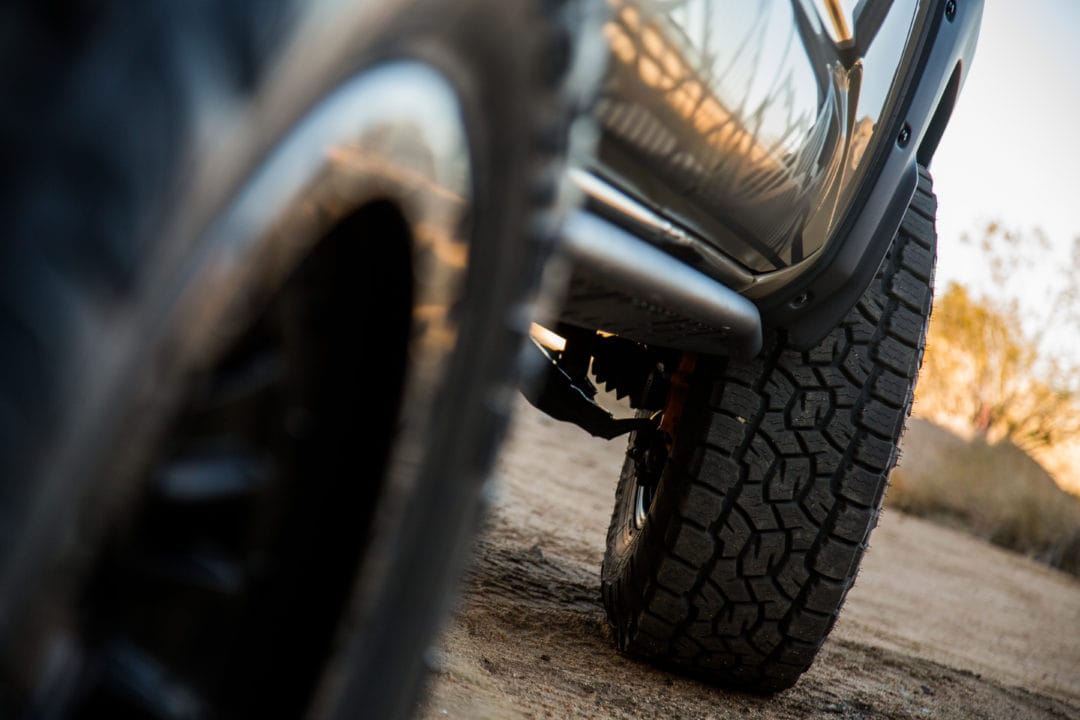
Overlanding vs. off-roading
First, it’s important to note the difference between overlanding and off-roading. These two terms are often used interchangeably but they shouldn’t be. It’s valuable to know that overlanding includes off-roading, whereas off-roading doesn’t always include overlanding.
Off-roading can generally be defined as any driving activity that takes a vehicle on unsurfaced roads or over natural terrain. Overlanding, then, is technically a form of off-roading because you almost always cover some unsurfaced roads—but the goal of overlanding is to travel long distances and have a vehicle that can house you for the duration of the journey. And because overlanding is typically done over multiple days, in a variety of environments, more equipment is required.
Related How to off-road like a pro in your own vehicle
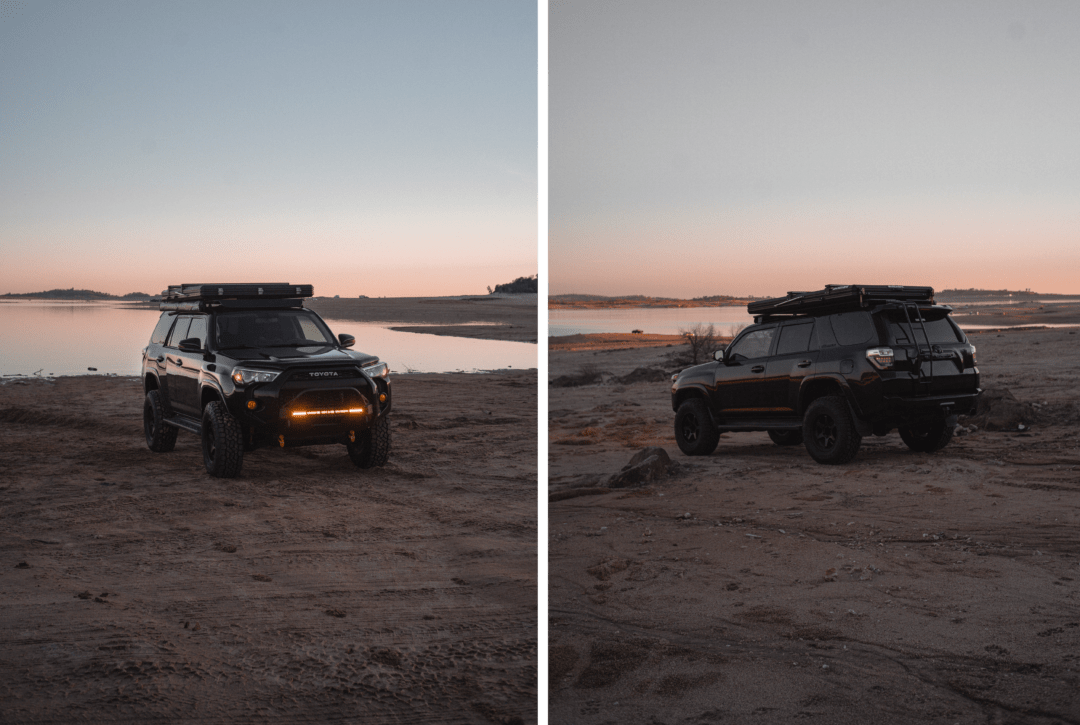
When I started making updates to my 4Runner, I had two major goals in mind: I wanted a vehicle that could get me from point A to point B (even if that meant taking dirt roads), and I wanted a vehicle that could take me completely off the grid for days at a time. The ability to be self-sufficient and self-reliant for long periods of time ultimately meant that I was building my 4Runner for overlanding.
Overlanding includes off-roading, whereas off-roading doesn’t always include overlanding.
Overlanding gear and equipment
Now that we’ve clarified what overlanding is, let’s get into some of the specifics around proper gear and equipment. Overlanding requires a lot out of your vehicle, as the intention is to stay outdoors for long periods of time with little to no maintenance. When evaluating a vehicle for overlanding, there is no one “right” option—it really depends on the driver and personal preference, and you definitely don’t have to own an SUV or truck to have a successful overlanding trip. However, here are a few important things to consider:
Four-wheel drive is a valuable feature on any overlanding vehicle. Even if you don’t plan to scale boulders, you may find yourself driving through uneven terrain, and having that extra traction and power will make all the difference.
Tires are non-negotiable when it comes to overlanding—having a set of reliable tires can be the difference between a good trip and a great trip. After all, the tougher the tire, the easier the escape. Look for tires that specifically mention off-road or all-terrain (sometimes listed as AT or A/T). I’m currently running a set of Toyo Open Country A/T III tires. They have gotten my 4Runner through every type of condition—including snow, mud, sand, and gravel. Remember to check your tires at least once a month, as well as any time you return to the highway after an off-road excursion. This includes checking tire pressure, tread depth, and inspecting the tires for any tears or damage.
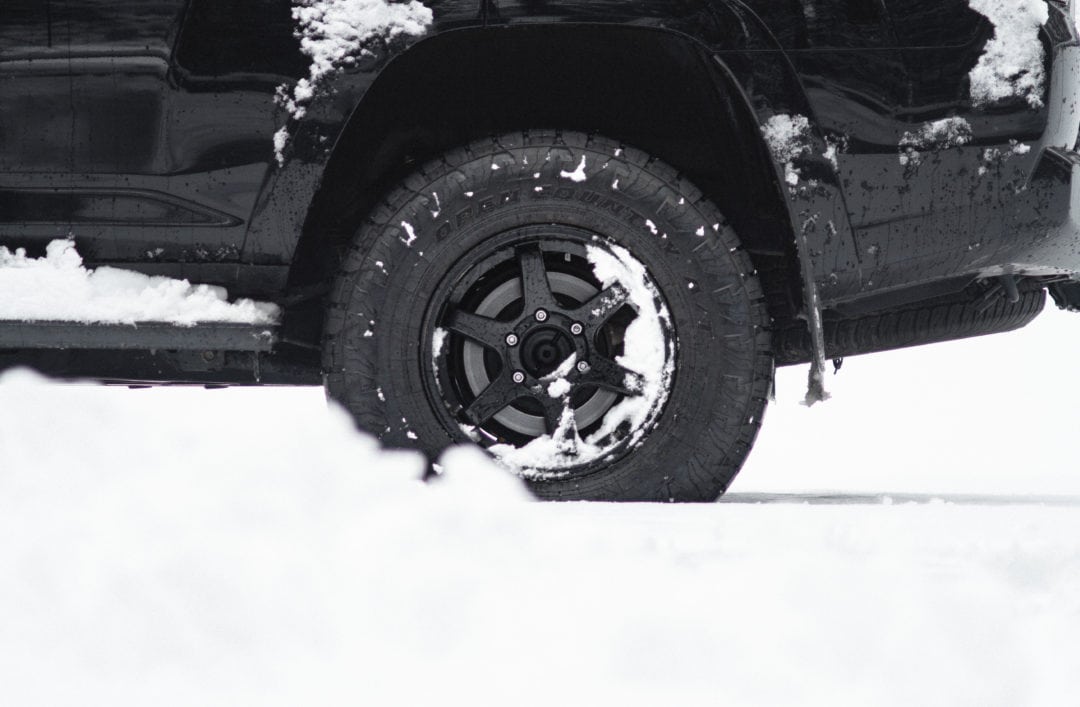
Suspension is another important factor, as this helps maximize vehicle performance and absorb bumps for a safer, more comfortable ride. Look for a vehicle that has independent front suspension (IFS). This means that if you hit a bump or uneven ground, only the contacted wheel is affected while the rest of the wheels keep their own traction. Suspension is also important for weight. Depending on how long you plan to overland, you may be packing weeks’ worth of food and supplies, which can add significant weight to your vehicle. Even a simple tent topper on your car’s roof or truck bed adds extra strain, so be mindful of your vehicle’s maximum weight limit.
High ground clearance is not necessarily required for an overlanding trip, but it is something to consider. Having higher clearance on your car or truck means you can take on more unexpected terrain and not have to worry about scraping the undercarriage. To help increase the ground clearance on your vehicle and prevent damage, you can add undercarriage protection, such as skid plates, or raise your vehicle using torsion bars and spacer lifts.
Lastly, it never hurts to carry a few additional pieces of safety equipment —you never know what you might run into on (or off) the open road. Some safety items that I always carry with me on an overlanding trip are a recovery traction board , an air compressor , winch recovery straps , and a basic tool kit (hammer, pliers, screwdriver, and level).
Related 20 overlanding essentials: Gear and gadgets for the ultimate off-road camping adventure
What to pack for an overlanding trip
In addition to food, water, and the usual assortment of clothing and toiletries, I’ve found the below items to be crucial for a successful overlanding trip.
Coolers are really useful, especially when overlanding for multiple days in hot, desert-like conditions. You can even buy small, collapsible cooler bags to help preserve space. Another tip is to add a few frozen water bottles to your cooler—they can double as ice and fresh drinking water once they melt. If you are thinking about overlanding for longer than a week, you may want to consider investing in a small refrigerator that can connect to your car’s battery. Just be aware of the refrigerator’s voltage and how much power it will pull so you don’t end up draining your battery and getting stuck somewhere.
A camp stove gives you the option to cook different meals, especially if fires aren’t allowed where you’re overlanding. Try to get a multi-fuel stove if possible, which will allow you to burn different types of fuel (white gas, kerosene, unleaded gasoline, even alcohol) and not be so reliant on propane. However, if you want to forgo a stove completely and stick to campfires, then I suggest packing a cast iron skillet (you really only need one medium-sized skillet). These pans are extremely durable, reliable, and ideal for cooking over an open flame.
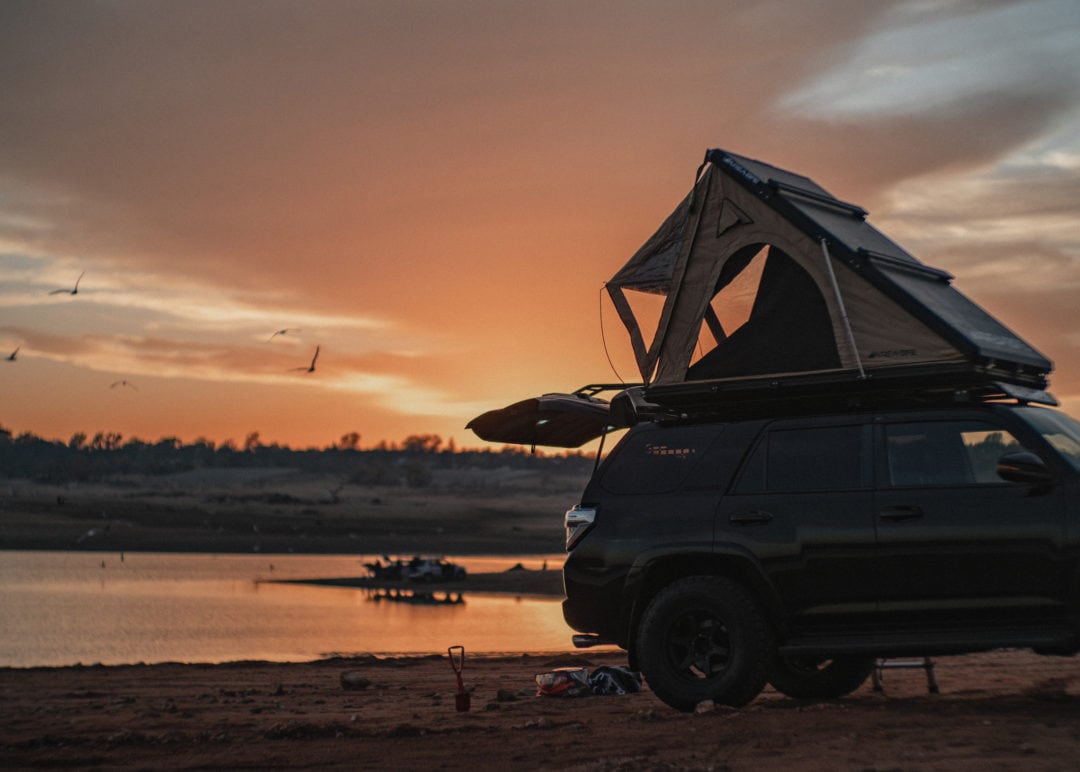
A tent or sleeping foundation adds extra space and comfort, especially if you plan to overland with passengers. I opted for a rooftop tent on my 4Runner because it gives me and my family more space and is super easy to install. It also allows us to be elevated off the ground, where we can stay dry and feel safer. If you don’t want to deal with a tent, then I still suggest having some sort of sleeping pad or blow-up mattress on hand. And if you have the space, some extra pillows and blankets from home can make a big difference. Overlanding can be physically demanding on your body so it’s important to get a good night’s rest.
Topographic maps and a compass are really valuable to have since, more often than not, overlanding will take you to far-out places with no cell service. Topographic maps help you chart your driving course and give you a much better idea of the terrain and elevation, while a compass helps guide which direction you should park your vehicle (especially important if you want to sleep in and not directly face the sunrise).
Comfortable camp chairs might seem unnecessary since you’ll be driving a lot during an overlanding trip, but there’s something to be said about being able to sit outside and enjoy the outdoors. Just be sure you bring chairs that can recline and have adjustable legs and feet to fit whatever terrain you’re sitting on. There can be a lot of downtime on an overlanding trip, and having some comfortable camp chairs to relax in will help pass the time.
A first aid kit should be an essential for any outdoor trip. I always keep a first aid kit in my 4Runner, that way I never forget it. In addition to some of the basics—Band-Aids, alcohol swabs, tweezers, and ibuprofen—I also like to carry materials for more serious injuries, such as gauze, splints, and wound irrigators. And lastly, my first-aid kit also includes a small fire extinguisher and a DeLorme inReach satellite tracker . This tracker not only allows me to send out an SOS signal but it also acts as a two-way messaging device and can download weather updates.
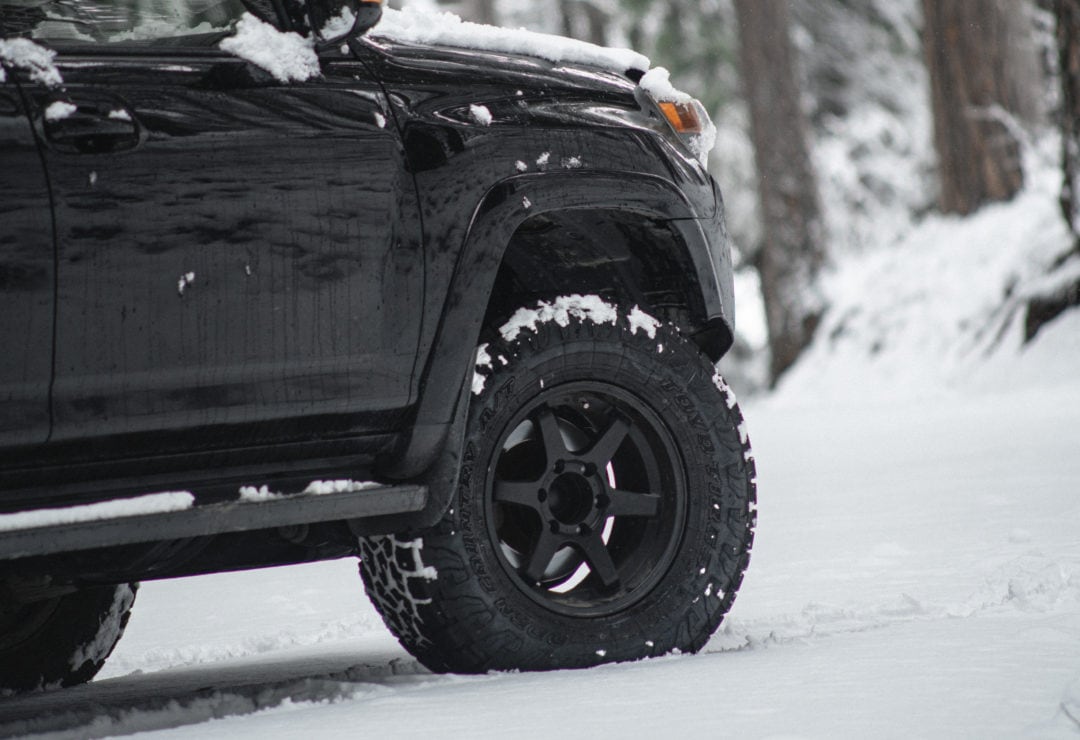
Best places to try overlanding
The best part about having an overland-ready vehicle is the freedom to go almost anywhere. Local and state campgrounds are a great place to ease into overlanding, especially if you have to drive a ways off the main highway to reach them. Call ahead and ask about road conditions leading to the campground, and find out if the campsites are paved or have hookups. To get a more authentic overlanding experience, look for remote campgrounds that have dirt roads and no hookups.
Related The ultimate guide to overlanding the California Crest Trail
Once you’ve mastered the more rugged campgrounds and you really want to get the most out of your overlanding vehicle, then it’s time to explore places that are completely off the grid. Start by purchasing a state atlas, and then picking a specific area that you want to explore. Look for public lands (sections labeled Bureau of Land Management, or BLM) and fire roads—both of which are great places to start since they offer wide open, safe options for overlanding. You can also check out maps on the United States Forest Service (USFS) website , which often include specific overlanding routes, 4×4 trails, backroads, and remote forest pathways. And lastly, there are some free overlanding apps, like onX , that are great for discovering new places and extremely helpful when it comes to planning your first trip.
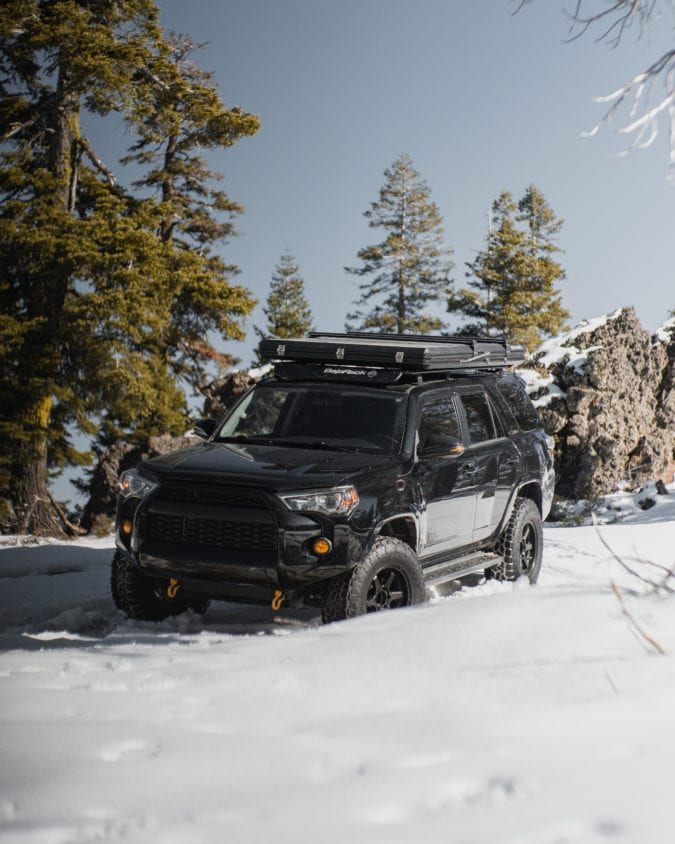
Just remember, the whole point of overlanding is to break away from the hustle of daily life and enjoy some secluded time in nature. Plan a route and just go. And then go a little further the next time. Adventure is out there, you just have to find it.
After your overlanding trip
Once your overlanding trip is complete, your work isn’t finished just yet. You still have to unpack, clean, and do a maintenance check.
Before you leave the dirt roads and start driving on paved highways, always make sure your tire pressure is at the manufacturer’s recommended pressure. To get the most accurate reading, tire pressure should be checked when tires are “cold,” or have been driven less than a mile.
Back at your home base, be sure to give your vehicle a wash—or at least a good hose down—to get rid of any dirt or buildup that has accumulated on and under your vehicle. This will also help prevent rust if you do any overlanding in snowy or wet conditions. Be sure to wipe down and shake out all of your gear as well.
Once your vehicle has been cleaned off, it’s time to do a maintenance check (getting rid of the dirt and grim first will help you notice if anything is wrong or looks damaged). Some things I always check after an overlanding trip are the suspension, tire tread, tire pressure, wiper blades, and all fluid levels, including the oil.
Even though these aren’t the most fun or glamorous parts of overlanding, they are vital for maintaining the longevity of your vehicle so you can get back out there and do it all over again.
This article has links to products that were carefully selected by our editors. We may earn commission on your purchases from these links. Visit this page for the full details of our affiliate marketing policy.
Meet the Author

Marvin King
Marvin King is a full-time dad and part-time designer. He loves photography and long trips in his 4Runner. He is currently residing in the City of Trees, California.
- Related Articles
- Latest Articles
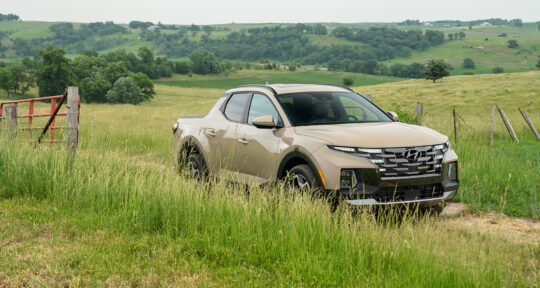
The Hyundai Santa Cruz might be the raddest car of 2023
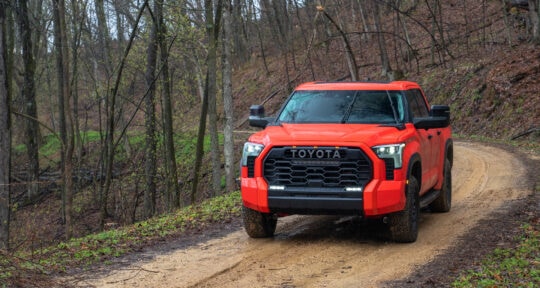
The 2023 Toyota Tundra TRD Pro iFORCE MAX brings hybrids into new territory
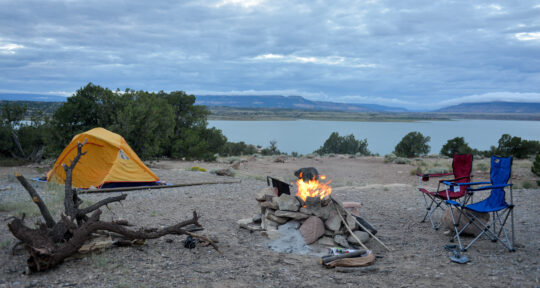
Your guide to sustainable roadtripping
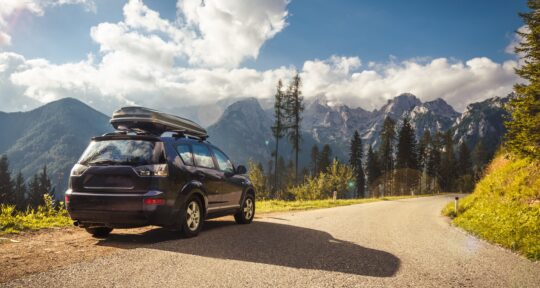
What’s the best roadside assistance?
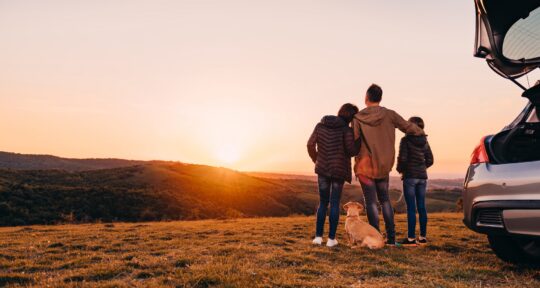
Ideas for dog friendly road trips

The best festivals in the U.S.
Get the most inspiring stories from the road sent directly to your inbox..

- Trip guides
- Trip Planner
- Sign up Log in Sign out
- Log in Sign out
- ROADTRIPPERS MEMBERSHIP
- RV RESOURCES
Plan your journey, find amazing places, and take fascinating detours with our app.
We couldn't find an existing Roadtrippers account using that service. Please try signing in with another option or create a new account with Roadpass.
We need your email address to send you trip itineraries and other updates.
- Gear Showcase
- Editors’ Choice
- Events News
- Industry News
- Trips & Trails
- Industry Spotlight
- Community Spotlight
How-to: Plan an Overlanding Trip
- May 16, 2022
Planning a trip is the first step to getting out there and having the adventure of your dreams. If you’re just starting out in overland travel, here are a few tips to take you from map to trail in no time flat.
Where are you headed?
Whether you have your sights set on a cross country trip or a long weekend in your home state, start your trip planning by choosing a destination or a region of interest to get you pointed in the right direction. In the world of overlanding, we often say that the journey is the destination, but setting a goal will help guide your path.
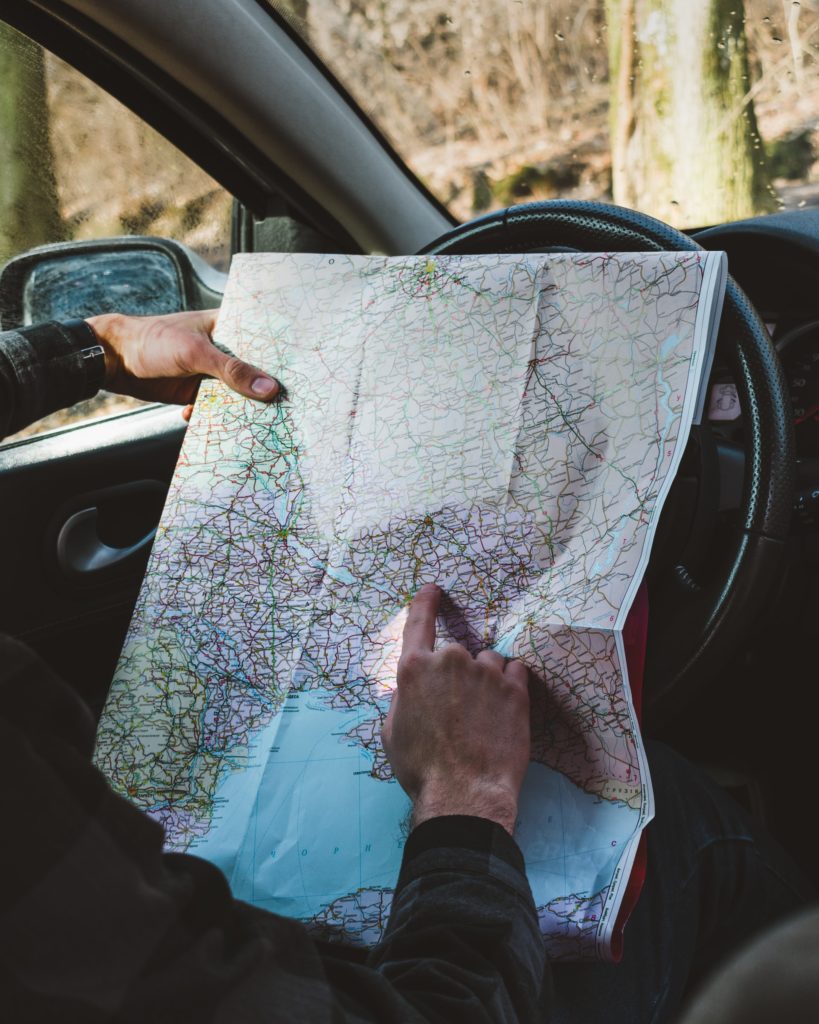
Determine how much time you have for your adventure and remember to be reasonable with your expectations. Overland travel has a way of taking longer than you might expect and there’s nothing worse than feeling rushed when you’re deep in the backcountry. It is far more satisfying to dial down your daily mileage in favor of exploring the spur trails and points of interest, rather than just rushing along to the next campsite.
READ MORE: What Is Overlanding?
A reasonable travel goal can range from 50 to 200 miles of off-road travel per day. Your distance will vary depending on a range of factors from your skill level, to your choice of vehicle, to the type of terrain you decide to tackle. Remember that it’s always better to get into camp early with daylight to burn than to still be slogging along once the sun has set.
If you are interested in learning more about trip planning and overlanding in general, Overland Expo makes a great waypoint to aim for. Every event is located in the heart of a fantastic overlanding destination so you can plan a great route to get there and leave with all the knowledge you need to head out on your next adventure.
How are you getting there?
There are lots of resources to help you determine your route, including the Trips & Trails section here on the Compass . Once you have a destination and timeline in mind, figuring out your route is where the fun begins. This is not the time to jump on the highway and make a beeline for the KOA that popped up in your google search. Get out the maps and start building a great route.
Paper atlases and gazetteers are one of the best ways to get a wide-angle view of the area you are headed to, as are the Butler Motorcycle Maps if you’re traveling on two wheels. Google Maps are also very helpful for getting an overview of the region and turning on the satellite and terrain layers will give you additional insight into the area.
Once you’ve gotten a lay of the land, start to focus on what piques your interest the most. Recreation atlases will give you additional insight into things like camping areas, hiking trailheads, and historic markers. Forest Visitor Maps provide information on attractions, facilities, services, and activities.
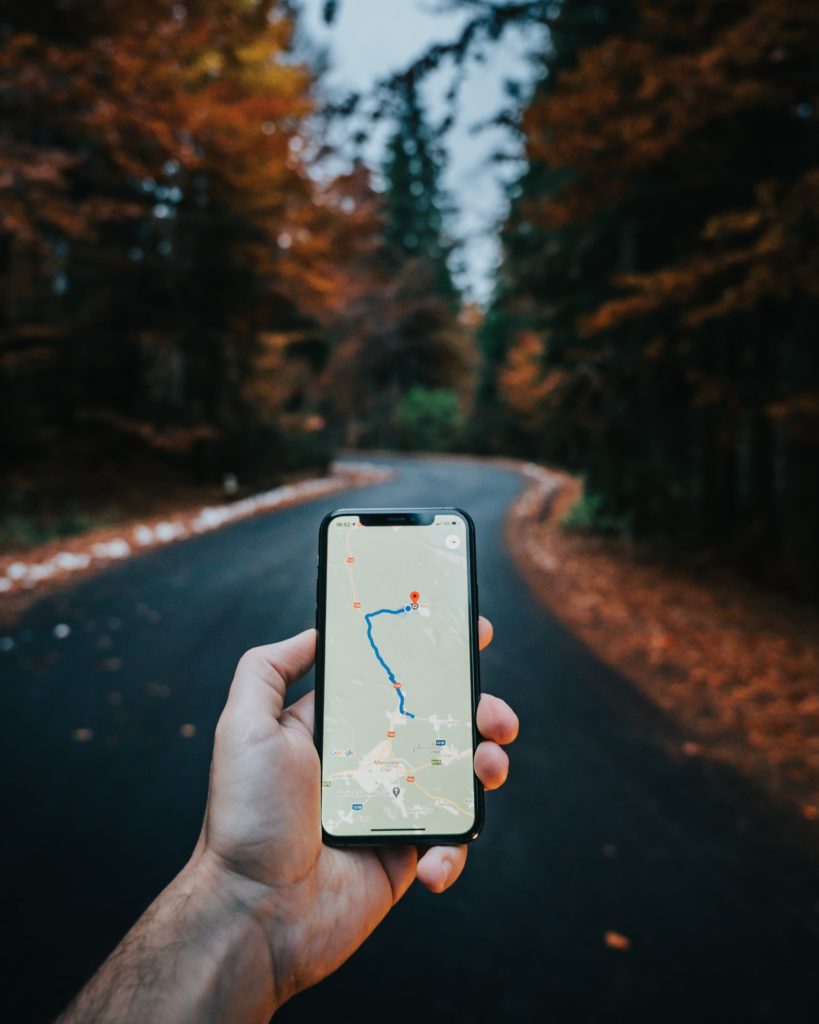
If you prefer your trip planning on the digital side, there are tons of great programs out there. Apps such as onX, Gaia GPS, and REVER have scaleable views, offline mapping options for use when you’re out of cell range, and layers to give you insight into land management and terrain. Apps such as Sekr and iOverlander can help you find campsites, as well.
As you’re pouring over all your mapping resources, remember that this is an overland trip and you will require fuel on a regular basis. Figure out your vehicle’s range and plan your fuel stops frequently enough so that you’re not sweating it out in the red or, even worse, running out of gas far from the nearest gas station.
Whether you are in a four-wheeled vehicle or on a motorcycle, figure out your range and remember to account for slow speed, low gear travel that can greatly alter your MPGs compared to when you’re just cruising along on the tarmac.
What are you bringing?
There is nothing better than a day of dirt road travel that ends at a fantastic campsite. For your overland travels, you’ll want to have everything you need to eat and sleep comfortably at camp. Driving and riding require skill and concentration, both of which depend on getting a good night’s sleep, staying hydrated, and consuming a few quality calories.
READ MORE: How to : Start Overlanding
Your camping gear doesn’t need to be fancy, but having gear that helps ensure some proper rest is key. When you plan your camp kit, make sure you have the basics for shelter and warmth: a tent or other shelter and a sleeping bag and pad to insulate you from the ground. Your camping setup will vary greatly depending on the time of year and what your rig is, but as long as you have a few creature comforts, you’ll be sleeping under the stars in no time.
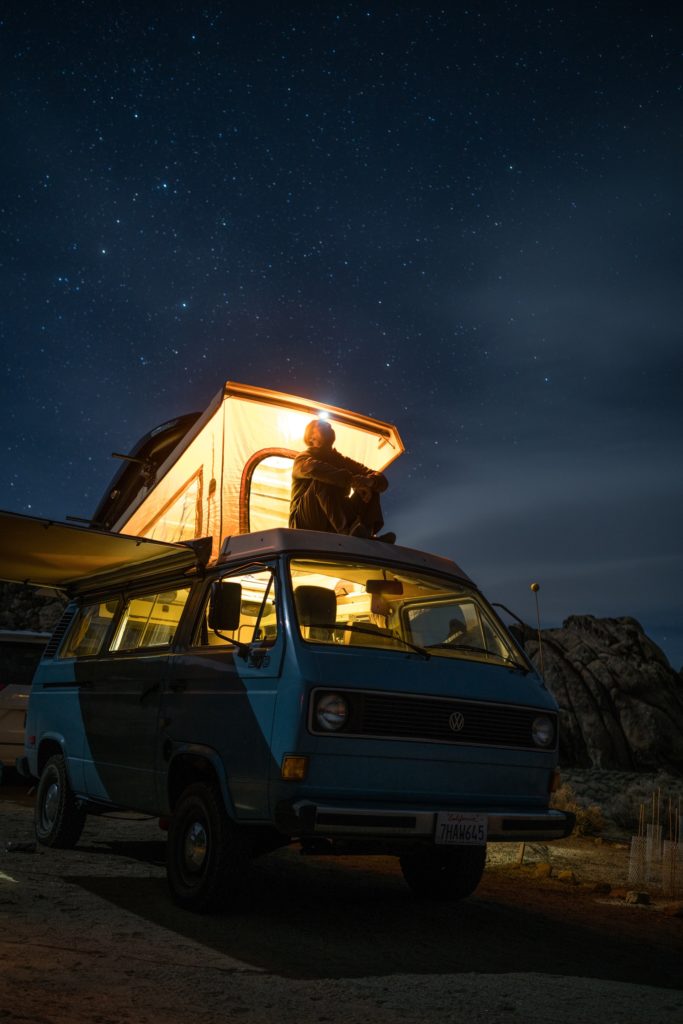
Just because you’re headed out for three days or three weeks, don’t feel like you need an entire trip-worth of water. It is often easier and more efficient to plan your water around frontcountry refueling stops. When you head out, bring at least what you’ll need to get to the next gas station, plus a little extra in case you get into a bind. When you fill up your truck, restock your water at the same time, especially in hot and dry environments.
When it comes to food for your journey, everything from freeze dried backpacking meals to filet mignon tastes better when you cook it at camp. You can keep it simple or go full-on gourmet, but remember that you’ll need everything to prepare, eat, and clean up after your meal. Plan on bringing the sort of stove, pots and pans, and dishes that will suit your needs and cooking ambitions. Also, don’t forget to bring a trash bag to dispose of scraps and packaging so you leave your campsite better than you found it.
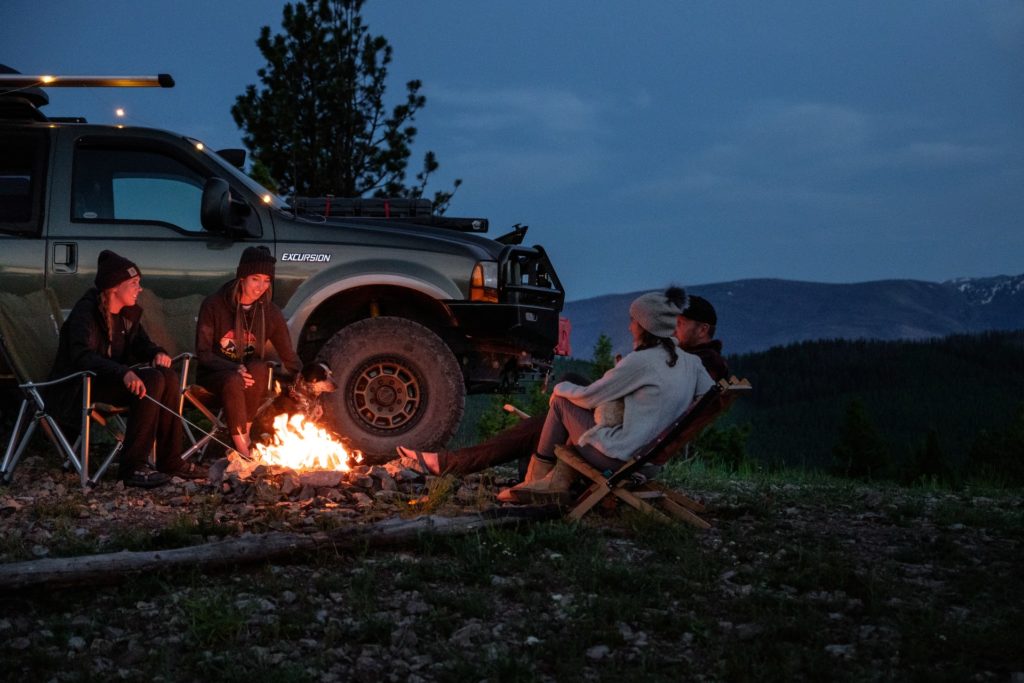
When it comes to trip planning, it is of utmost importance to be honest with yourself about your timeline and skill level. A moderate trip that gently pushes your comfort zones is far more productive and way more fun than getting in over your head when you’re new to backcountry travel. There is no shame in taking an easier route if you’re traveling solo or new to overlanding. After all, the idea is that you’ll take this trip and, as soon as it is over, you’ll return home stoked to start planning the next one and the one after that.
Latest Stories
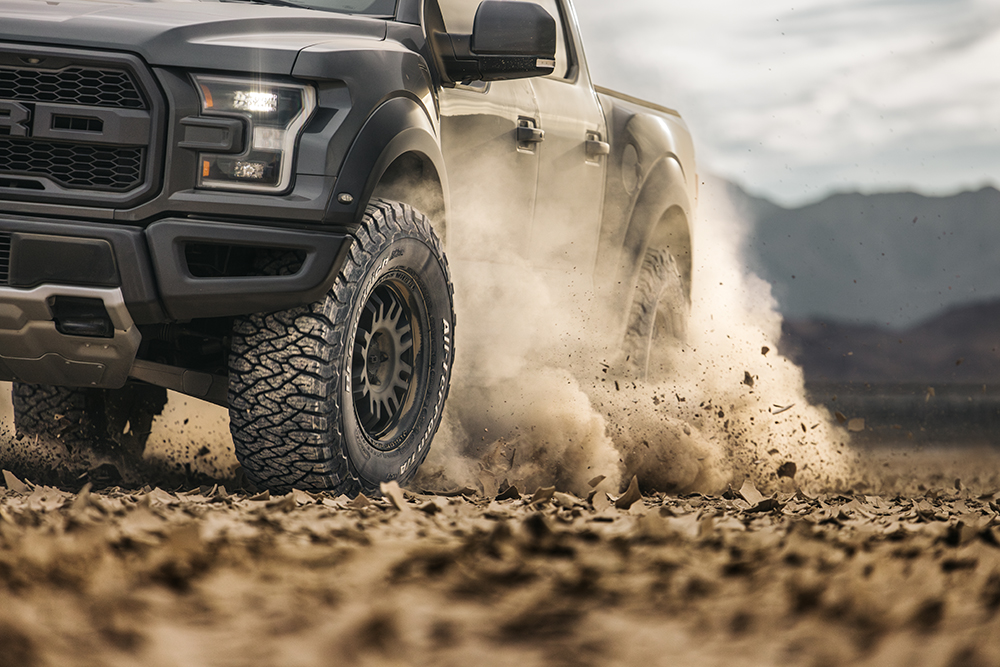
BFGoodrich Tires - Ride and Drive at PNW

New At PNW, Watch Land Rover "Vehicular Games” Sunday
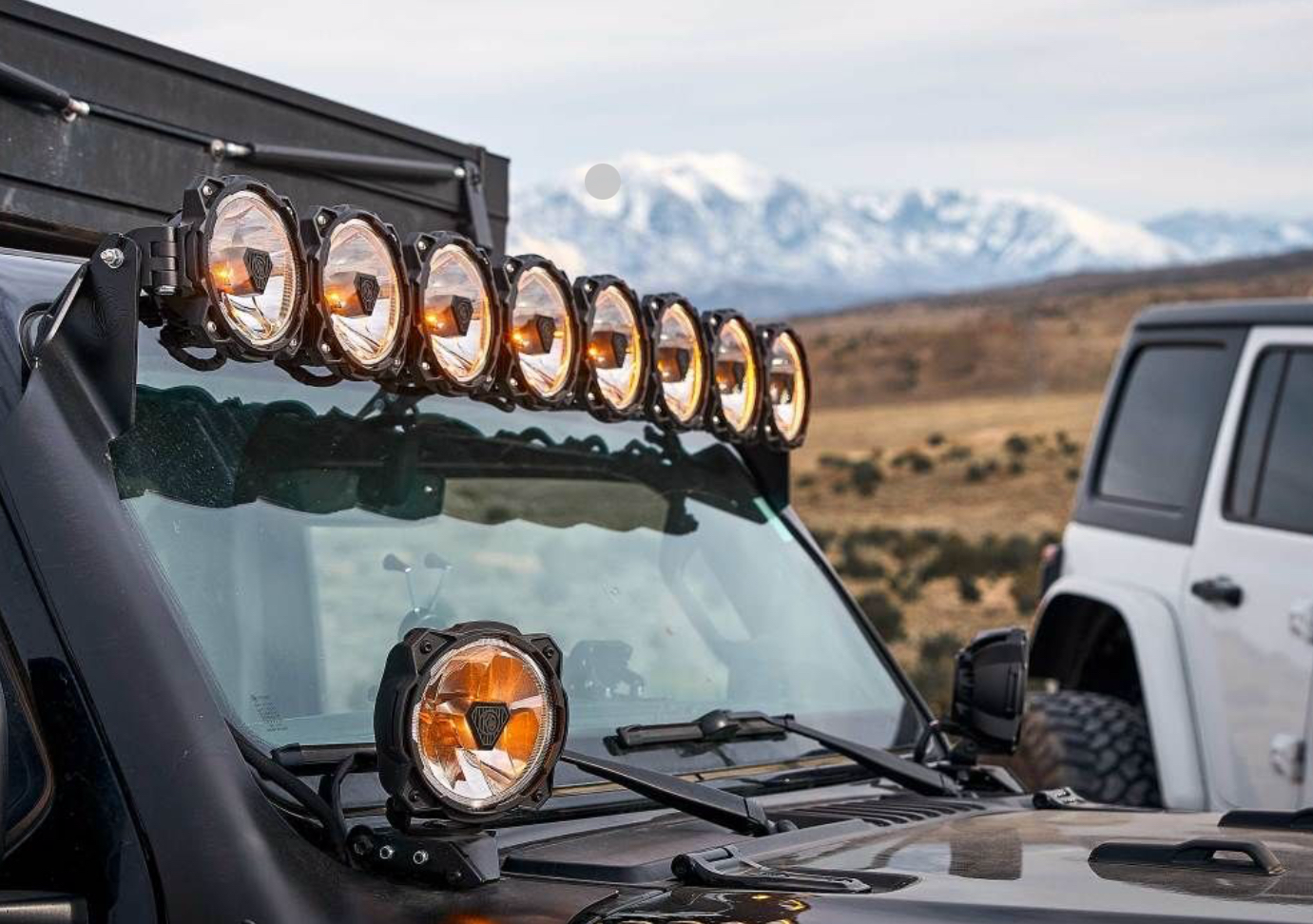
KC HiLites Powers up 6-inch Gravity ‘Titan’ Full-Size Lighting Solutions
Photo by Brett Willhelm
THE WORLD IS WAITING.
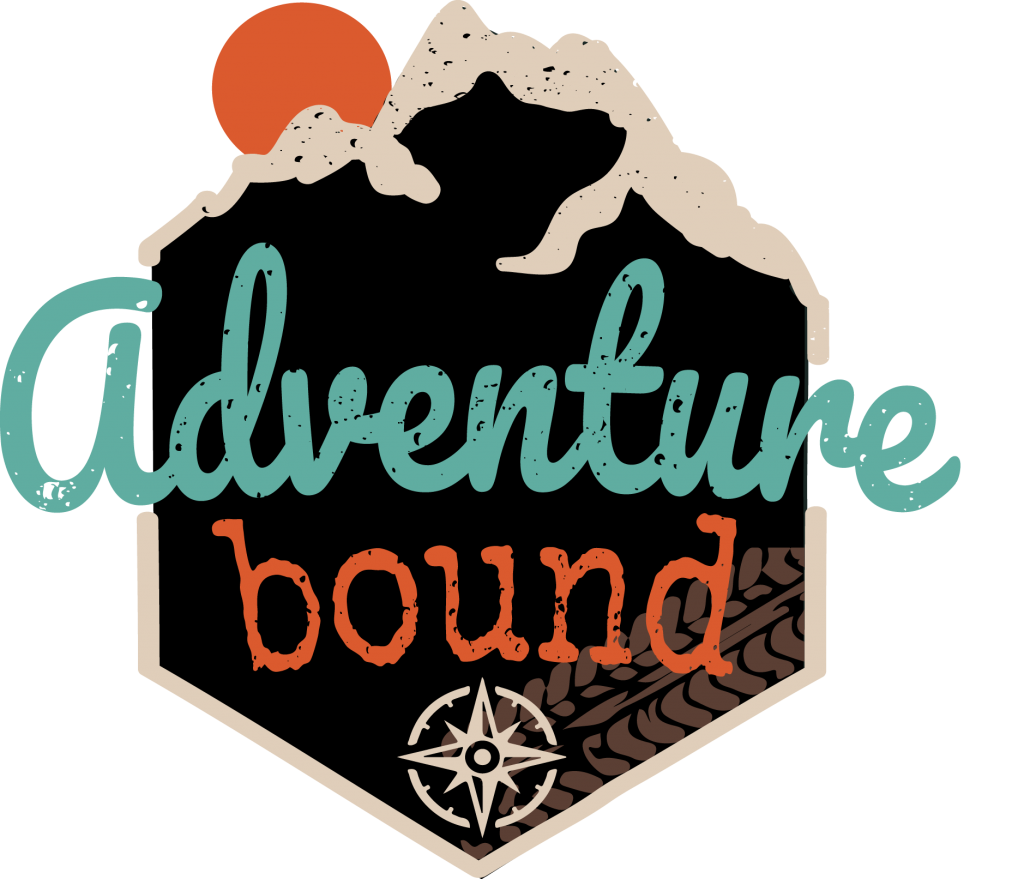
What Is Overland Travel
- February 1, 2022
- One Comment

Table of Contents
So you’re ready to hit the road? Kudos and bon voyage – but before you go, there are a few things worth knowing about this whole long-distance travel business. What is overland travel in the first place, how do you go about it, and it is worth it?
As overlanders who have been living on the road and mucking about for years, we’ve gone through multiple phases of the thing. Both Lennart and I started overlanding on motorcycles, me covering some crazy miles across South America, Lennart exploring Europe.
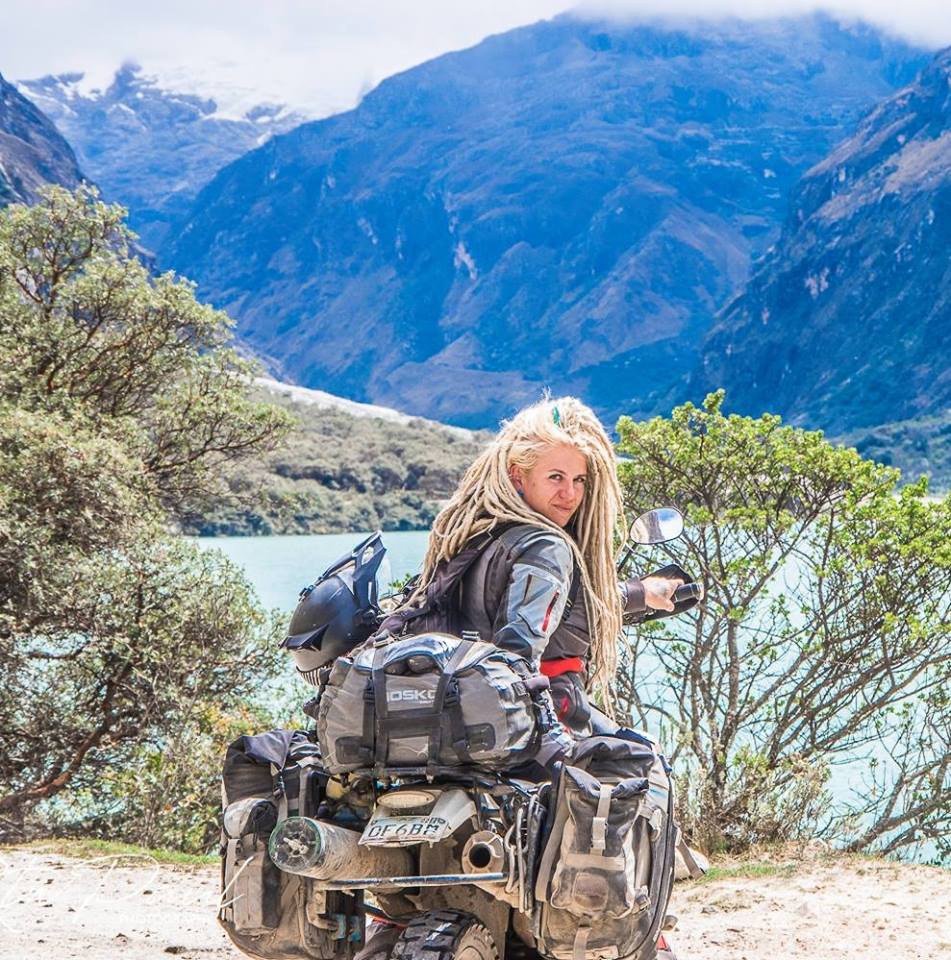
Then, we kept aiming for new destinations and threw amateur rally racing into the mix, and our newest project is the overland rig journey from Andalusia to Alice Springs.
Over the years, the way we travel has changed, our MO has changed, and even the number of wheels we roll on is changing. What remains constant, however, is our love for overlanding – by any means.
In this post, we’re going to chat about what is overland travel in the first place, how to get started, and why in the world would you want to do this.
History of Overland Travel
Overland travel, in many ways, is as old as… us humans. We started out as nomads, not settlers, and for hundreds of thousands of years, our ancestors happily roamed the earth following animal herds and seasons. Constantly being on the move and exploring the land was a way of life before we began farming and building fences, and in some places around the world, indigenous people still live a nomadic or a semi-nomadic life.

The term “overlanding”, however, cropped up in the Australian Outback at the turn of the twentieth century. “Overland” meant droving large herds of livestock over long distances, either to the market or to new grazing land; in the 50’s and 60’s, overlanding took its more modern meaning.
In dictionary terms, “overland travel” means long-distance journeys in your own vehicle. But it’s not just about eating up the miles: overland also encompasses elements of self-reliance (think camping, cooking your own meals, and repairing your truck or bike), remote destinations, off-roading, and crossing international borders.
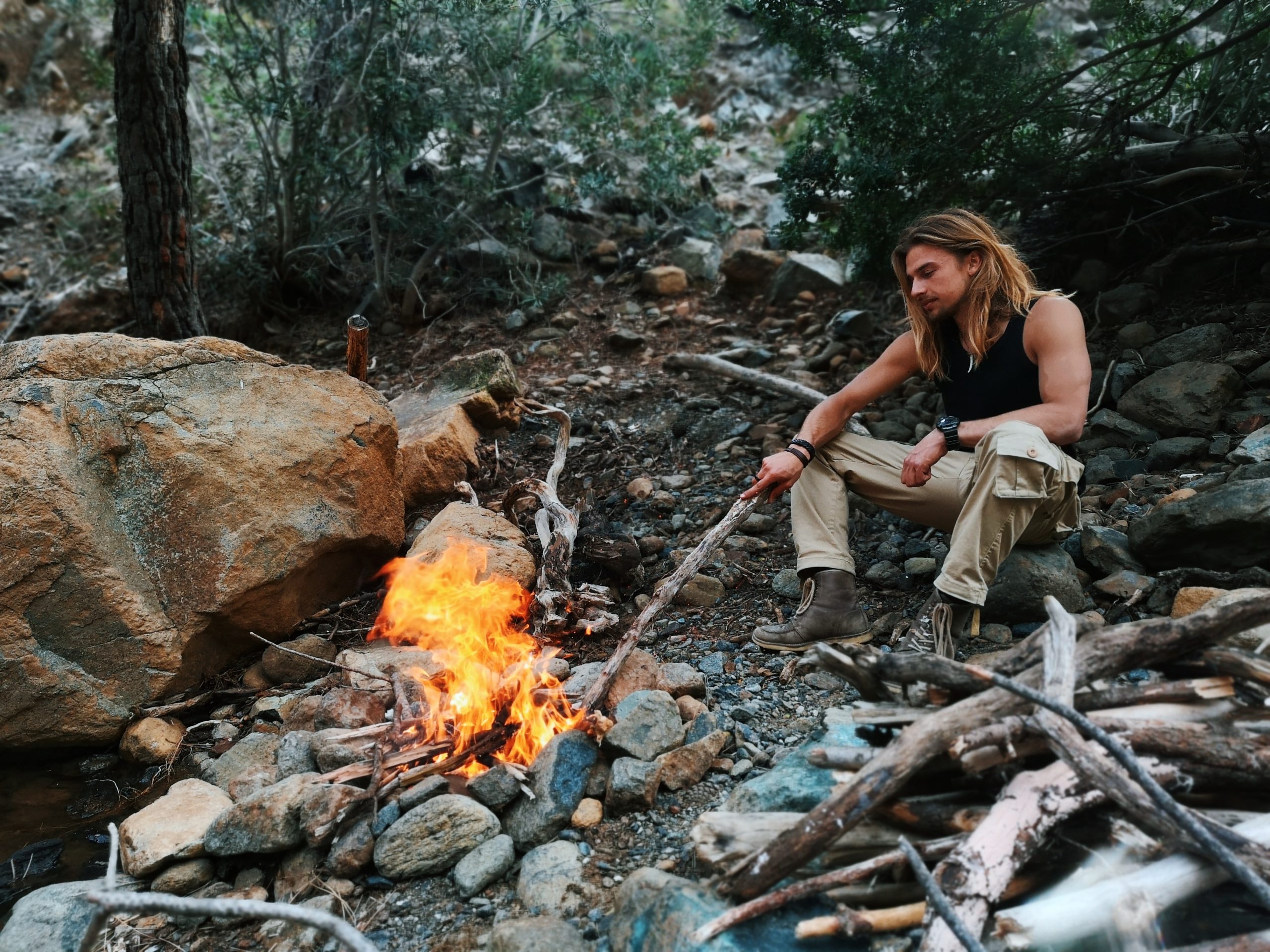
In other words, a weekend camping trip to a national park is a fun adventure, but it’s not overland travel. Driving your truck or riding your bike from, say, Alaska to Ushuaia or from Europe to Asia, on the other hand, is.
Modern overland travel started out way back in 1920’s and 1930’s. Between 1924 and 1931, a Brit named John Weston and his family drove their truck from Great Britain to South Africa, then carried on to Egypt and back to the UK overland. When it comes to motorcycle overland expeditions, the first recorded round-the-world bike journey was that of Carl Stearns Clancy who rode his Henderson motorcycle from Dublin to New York in 1912.
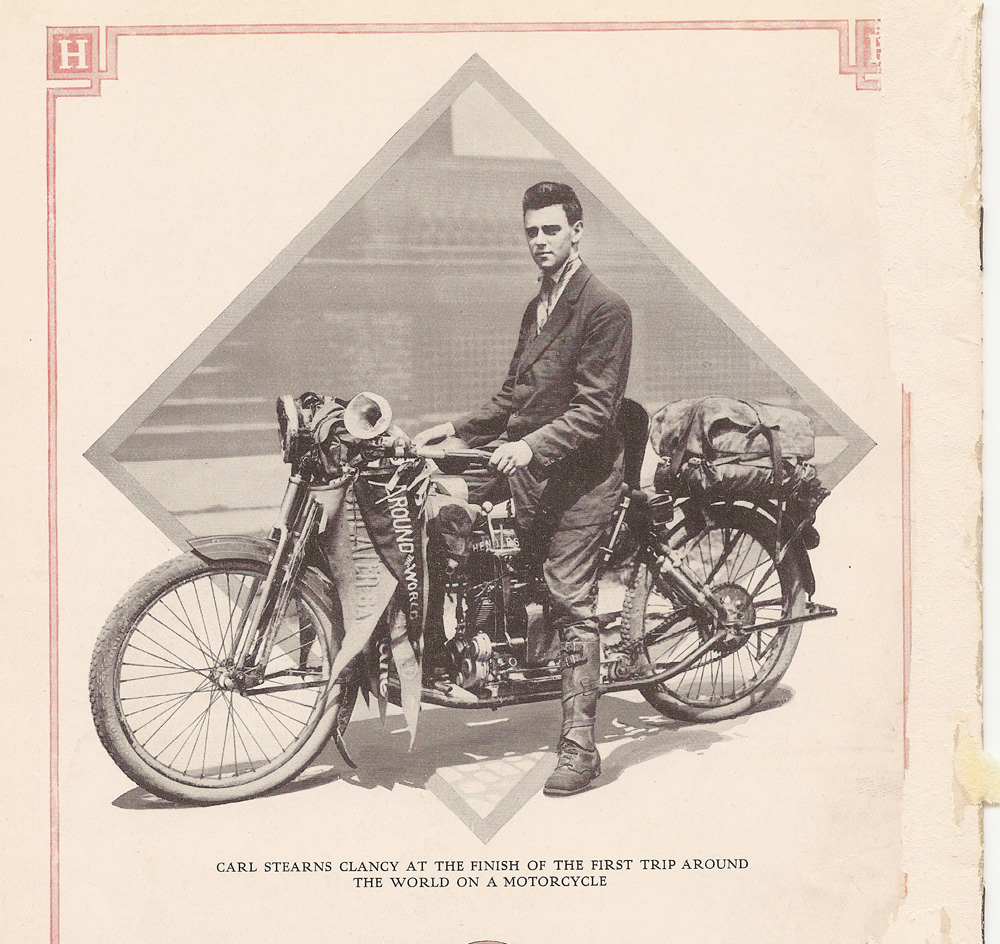
In other words, overland travel has been around for a while.
What Is Overland Travel Today
These days, overland travel is gaining traction again. From round-the-world motorcycle expeditions to driving overland rigs over long distances, this is the one mode of traveling that still holds the essence of adventure.
Instead of jumping on a plane and going on a holiday, you’re covering some serious miles on your own, crossing multiple international borders, looking after your bike or truck, surviving in remote places, and relying on your own skills to get to your destination. There are no travel agents, no packaged vacation offers, and no standard itineraries to rely on: it’s up to you how far you’re willing to go, and where.
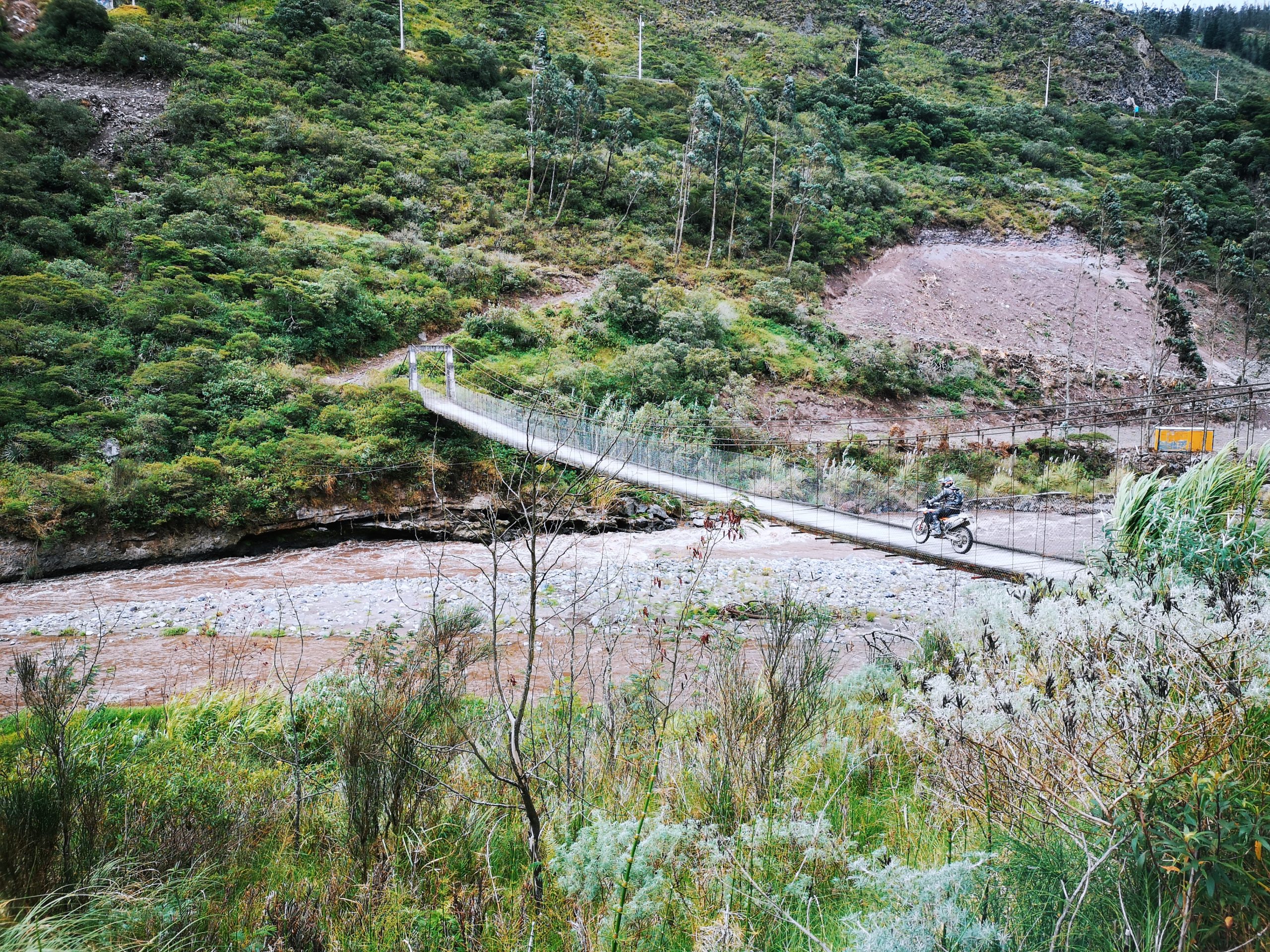
Overland travel is all about the spirit of exploration, the sense of adventure, and independent travel. You design your own route and decide how long you’re going to stay on the road. Some overlanders aim to circumnavigate the world in a year, others spend six months traveling from Lisbon to Vladivostok or Cape Town to Nordkap, and others still spend years traveling the world at their own pace.

Determining what is overland travel to you is also your own decision. Some people will tell you overland travel is only kosher if you mostly stick to off-road routes, aim for the most remote places on the planet, camp and cook your own food all the way, repair your own vehicle, and circumnavigate the world.
Others will tell you overland travel isn’t about the bare-bones expedition to the most faraway corners of the earth but rather, simply a way of traveling slower, on land, and for as long as you like, regardless of whether you’re always camping in the bush or staying at AirBnBs every once in a while. There isn’t a one-fits-all formula for overland travel, and it’s up to you to design your own journey.
Cycling, Motorcycling, or Driving? Overland Rig Rundown
Wherever you go, overland travel means you’ll need some sort of transport. A bicycle is probably the most economical means of travel, and if you’re made of tough stuff, cycling around the world is an incredible experience.
I’m made of slightly less tough stuff, so for me, a motorcycle was a better option. Lennart and I have been traveling on motorcycles for a while now, our combined routes covering the Americas, some of the Caribbean, and Europe.

A motorcycle is a fantastic overland vehicle: it’s lightweight, fuel-efficient, cheap to ship across oceans, and it gives you a sense of freedom that four wheels just can’t offer. If you’re looking for overland motorcycle travel inspiration, check out the Piki Piki Overland blog : South Africans Michnus and Elsebie have been overlanding on their bikes for nearly a decade now, and they’ve got tons of great information on their website.
If you’re not sure how to get started, check out these articles on motorcycle adventures:
How to Fund a Motorcycle Trip from Zero
What nobody tells you about adventure motorcycle travel.
The only disadvantage of overlanding by motorcycle is that you’re essentially homeless, always having to camp or find shelter. This is a part of why we’re now building our own overland vehicle : we want to have our own space, our own little office, bedroom, kitchen, bathroom, and bike garage on wheels. This way, we can be completely self-sufficient and independent, and this is what overland travel is for us: freedom.

When you travel overland in an expedition vehicle, you can hit some truly remote places and have sufficient energy, water, and food resources for weeks, easily cover long distances, and park the thing wherever you please. The moment you close the doors, you’re home, even if you happen to be in the middle of the Gobi Desert or the Serengeti.
How to Start Overlanding
Whatever means of transport you choose, you’ll need to start somewhere. If it’s a motorcycle, forums like Horizons Unlimited and ADV Rider are great resources for information on routes, international borders, paperwork, and shipping. If you’re driving a car, a camper, or a truck, Expedition Portal is a fantastic place to start.
First off, you’ll need to decide on a route. It doesn’t have to be exact, and sometimes, it’s more of a general direction rather than a precise destination. Whichever way you go, it’s usually a good idea to pick an overland route with no vehicle shipping involved, for example:
Europe to Africa
Europe to asia, us or canada to south america.
Vehicle shipping isn’t as big of a hassle as most people think (I’ve shipped my bike from Chile to Poland with zero issues and a small budget), but if you’re driving a huge truck, the costs can add up quickly.
Next, it’s worth doing a little trial run. Before you go off into the sunset to spend months or years roaming the world, go for a ten-day or a two-week trip in your own country. This is a great way to test out your rig and your gear, troubleshoot some issues, and sort out your luggage and set up before you leave for the big journey.
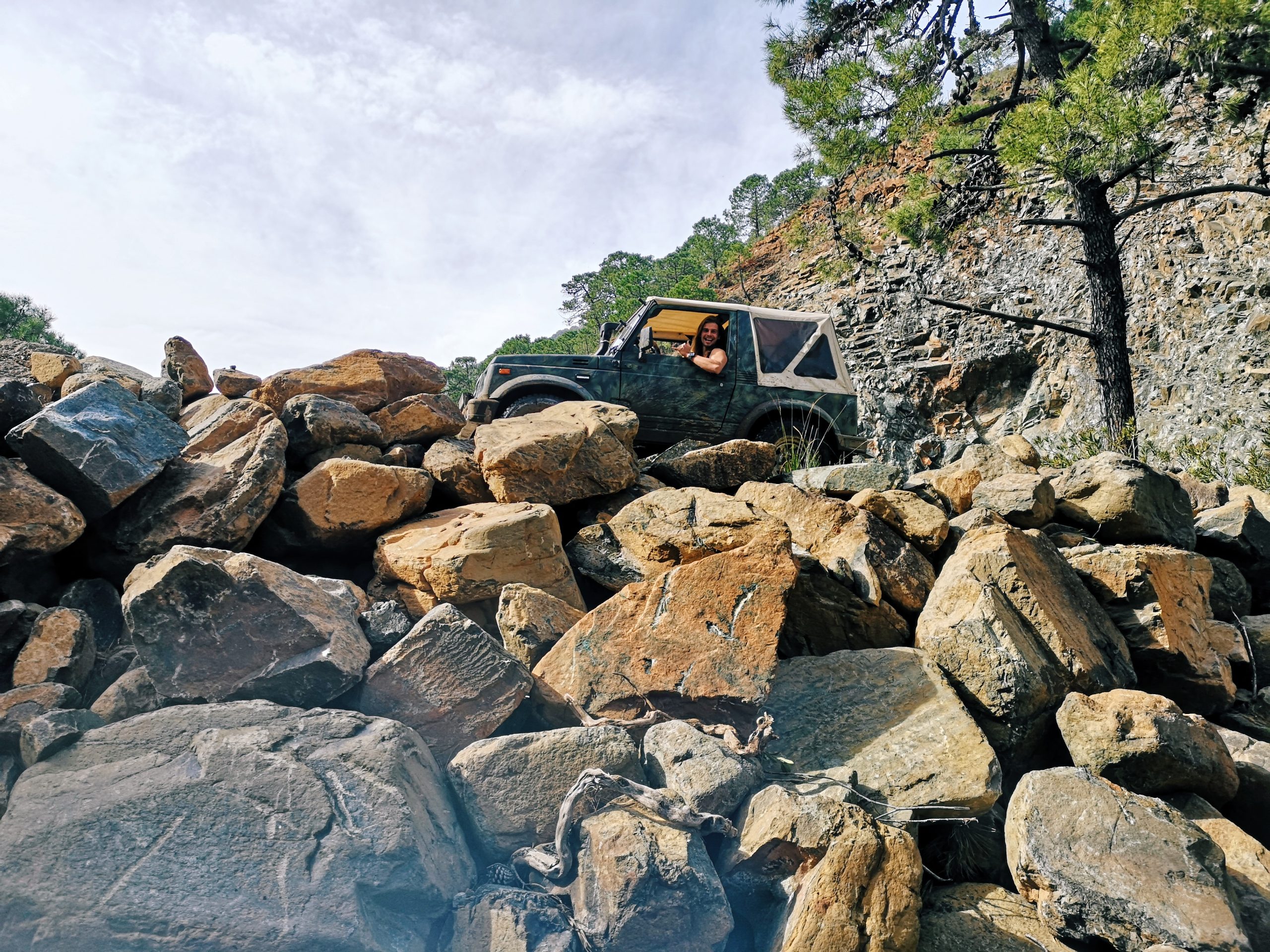
Finally, get your paperwork in order. Some countries require a carnet de passage (a sort of a vehicle passport), others do not; for some places, you may need malaria or yellow fever shots; insurance is always important, and some countries require you to obtain a visa before entering. Do a little bit of research and prep – it’ll pay off in the long run.
Why Travel Overland?
By now, you know overland travel is a tad more involved than booking a flight or a holiday. It’s impossible to plan for every eventuality when you travel this way. Stuff will break, some border officials will be grumpy, there will be road closures, flat tires, bad weather, and unexpected delays; you may need to repair your bike or truck under sketchy conditions, get creative with your routes, and find a way to get unstuck when you hit a patch of deep sand or mud.
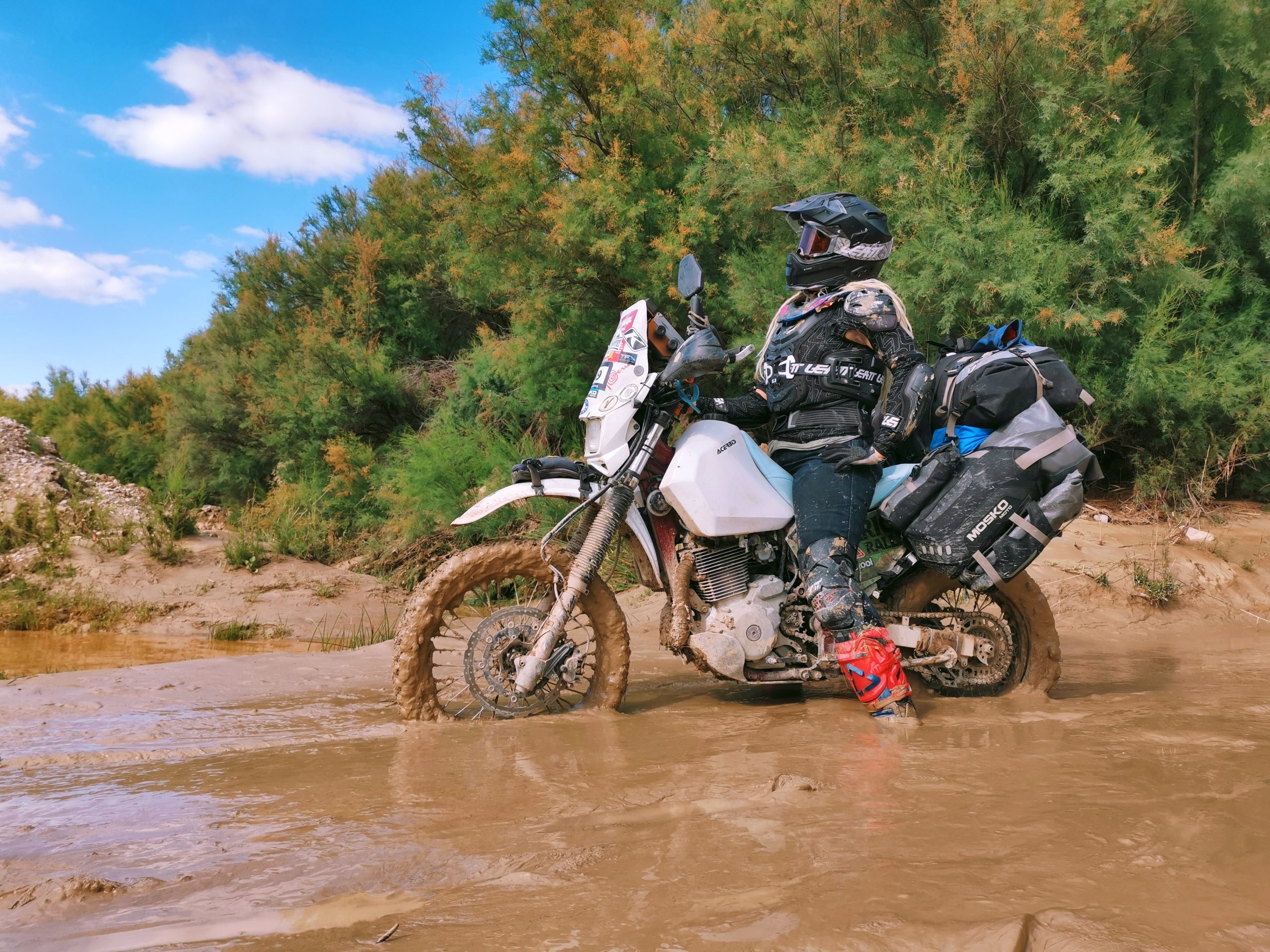
You’ll need to think on your feet, be resilient, solve problems on the fly, and be open to whatever comes along. Overland travel isn’t about comfort, it’s about adventure.
And sometimes, adventure may test you.
But that is the beauty of the whole thing.
We live in a world so strictly regulated, so predictable, and so comfortable that we’ve long forgotten what it’s like to simply roll under the stars, destination vague or unknown, exploring the land as it unfurls in front of you, meeting different people along the way, and not quite knowing where you’re going to sleep that night.
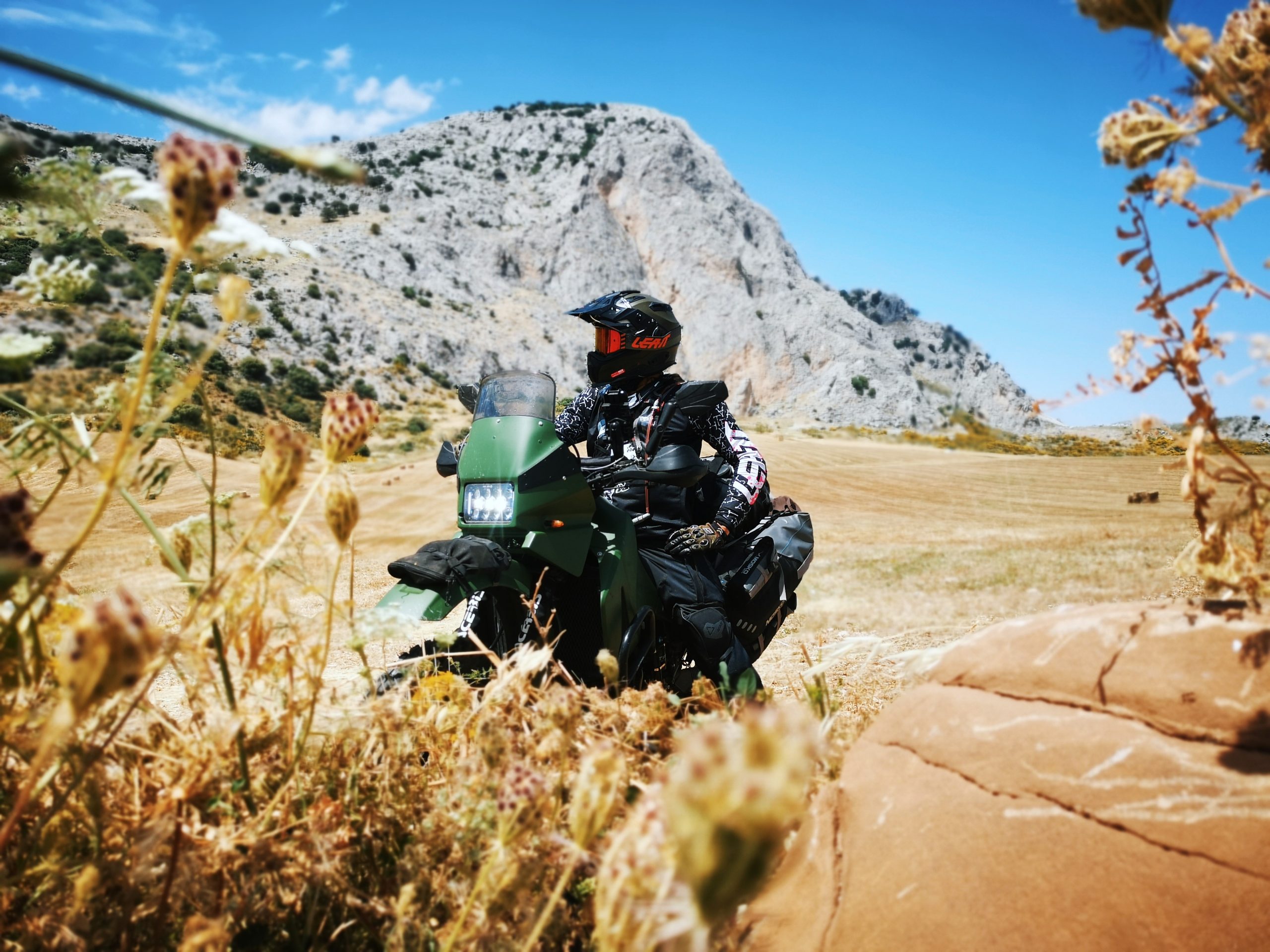
Overland travel is an expedition into the world and into yourself, opening your mind to new horizons, new ways of life, and new people. It’s about immersing yourself fully in the moment and in the culture, overcoming obstacles, and staying curious. The sense of wonder is rarer and rarer in our air-conditioned offices and our urban environments, and yes, overland travel may sound scary – but it’s also what makes you feel alive.
So don’t let the potential pitfalls stop you: they’ll only make you more resilient. Jump on your bike, start the engine of your truck, and hit that open road.
Adventure is waiting, and a big wild world is out there.
Stay adventure-bound,
Egle & Lennart

Share post on:
Well written and catches your attention to read more!
Leave a Reply Cancel reply
Your email address will not be published. Required fields are marked *
Save my name, email, and website in this browser for the next time I comment.

1-800-590-3564
We’re here to help. Call us!
Checkout using your account
This form is protected by reCAPTCHA - the Google Privacy Policy and Terms of Service apply.
Checkout as a new customer
Creating an account has many benefits:
- See order and shipping status
- Track order history
- Check out faster
Search The Blog
- Home Boosters (4)
- Vehicle Boosters (1)
- Equipment (43)
- Technology (8)
- How-To (17)
- Product Videos (1)
- Announcements (0)
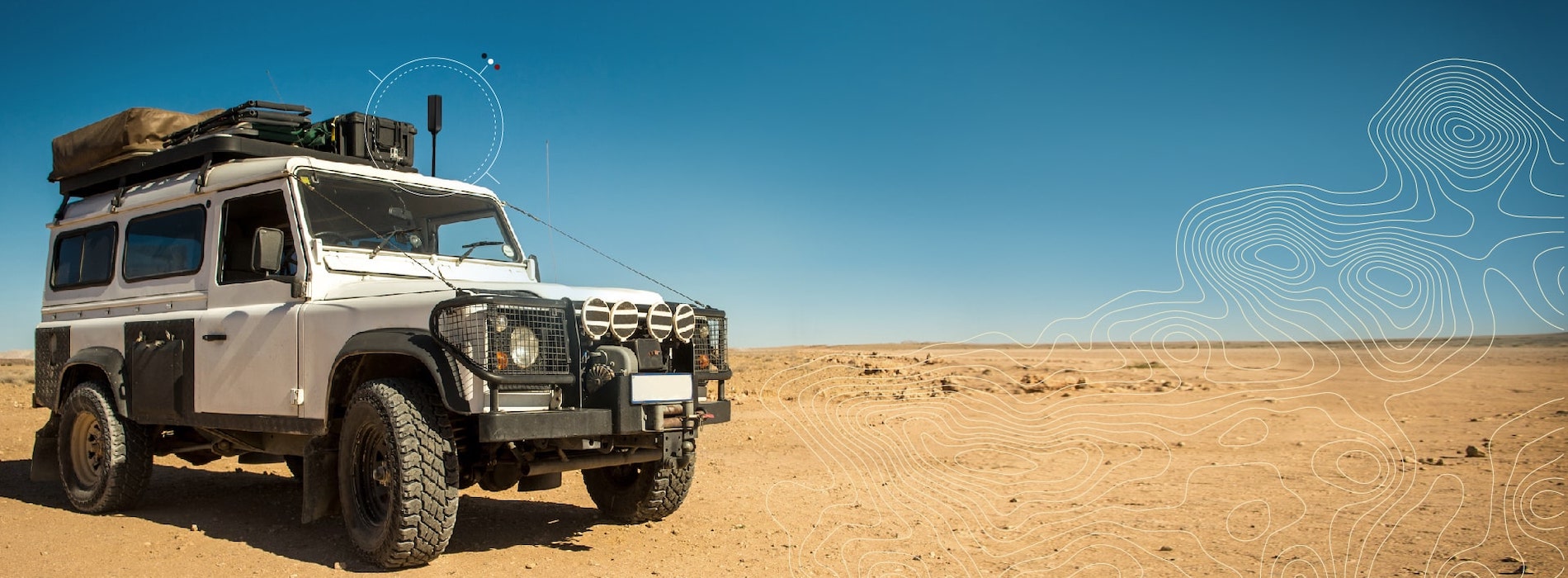
The Ultimate Guide to Overlanding: Tips, Tricks, and Destinations
By Jeff Morin on Apr 28, 2023
Overlanding has become increasingly popular among adventure-seekers and off-road enthusiasts. But what is overlanding exactly? In its simplest form, overlanding is a self-reliant, vehicle-based adventure travel that involves exploring remote destinations and being immersed in the journey itself. Unlike traditional travel, where the focus is often on reaching a specific destination, overlanding is all about the experience of the journey, the challenges encountered along the way, and embracing the unknown.
Brief History of Overlanding
The concept of overlanding dates back to the early days of automobile travel. Pioneers in the 1900s embarked on long, overland journeys to explore the vast, untamed landscapes, using rudimentary vehicles to navigate challenging terrain. These early expeditions laid the foundation for modern overlanding, which has evolved significantly with advancements in vehicle technology, navigation systems, and off-road equipment. Today, overlanding has become a way for people to escape the hustle and bustle of everyday life, reconnect with nature, and experience the thrill of adventure.
In the following sections, we'll dive into the exciting world of overlanding, from the critical role of cell phone signal boosters to the best overlanding gear and vehicles. So, buckle up and get ready for the journey of a lifetime!
The Importance of Cell Phone Signal Boosters in Overlanding
Overlanding is an exciting way to explore the world and immerse yourself in nature. However, venturing off the beaten path often means losing cell phone signal, which can be inconvenient and even dangerous. In this section, we'll discuss the importance of cell phone signal boosters in overlanding, including staying connected in remote areas, ensuring safety during the journey, and maximizing enjoyment through communication.
Staying connected in remote areas
One of the main challenges of overlanding is staying connected in remote areas. Weak cell phone signals can make it difficult to call for help, access GPS, or stay in touch with loved ones. Investing in a cell phone signal booster can greatly improve your signal, even in areas with limited coverage.
UberSignal offers a variety of signal boosters for different needs, such as vehicle signal boosters for cars, RVs , and overland vehicles . These devices work by capturing the nearest cell signal, amplifying it, and rebroadcasting it inside your vehicle. This means you can stay connected, even when you're miles away from civilization.
Ensuring safety during the journey
Safety is a top priority for overlanders, and having a reliable cell phone signal is crucial for emergencies. In case of a breakdown, injury, or other unexpected situations, being able to call for help can be lifesaving. 4G LTE signal boosters and 5G signal boosters can help maintain a strong connection, allowing you to reach emergency services or fellow overlanders for assistance.
In addition to boosting your cell signal, it's essential to equip your vehicle with other safety gear like first aid kits, spare tires, and recovery equipment. By combining these precautions with a reliable cell signal, you'll be better prepared for any challenges that may arise during your overlanding adventure.
Maximizing enjoyment through communication
Lastly, a strong cell phone signal can enhance the overall enjoyment of your overlanding trip. Staying connected with friends and family, sharing photos and experiences in real-time, and accessing information about nearby attractions can all add to the fun of your journey.
Moreover, you can use your phone to join overlanding communities like the Overlander Community by Expedition Overland , Overland Bound Community , or the Overlanding Subreddit . These platforms allow you to connect with fellow overlanders, exchange tips and advice, and even plan meetups or group excursions.
By investing in a cell phone signal booster, you'll not only improve safety and connectivity during your overlanding trip, but you'll also enhance your overall experience. Consider incorporating a signal booster into your overlanding gear to make the most of your adventures.
Types of Overlanding Adventures
Off-roading.
Off-roading is one of the most popular types of overlanding adventures. It involves taking your overlanding vehicle through rough terrain, such as dirt roads, rocky paths, and muddy trails. Off-roading is not only about conquering challenging landscapes but also about pushing the limits of your vehicle and improving your driving skills.
To fully enjoy off-roading, you need the right overlanding gear . This includes a reliable overlanding vehicle like a Jeep, Tacoma, or another 4x4 with high ground clearance, a sturdy overlanding trailer to carry your supplies and equipment, and an overlanding tent for camping in remote areas.
When planning an off-roading trip, it's essential to do thorough research on the trails and terrain you'll be tackling. Connect with fellow off-roaders through online communities like Overlander Community by Expedition Overland , Overland Bound Community , and the Overlanding Subreddit to gather valuable information and advice.
Desert Exploration
Desert exploration is a unique and exhilarating overlanding experience. This type of adventure takes you through vast, arid landscapes with stunning sand dunes, rocky plateaus, and ancient geological formations. The challenges of desert exploration include extreme temperatures, limited water sources, and potential sandstorms.
Preparing for a desert adventure means equipping your overlanding jeep or overlanding tacoma with essential gear such as a sturdy overlanding trailer and a reliable overlanding tent to protect you from the elements. It's also crucial to have ample water storage, a recovery kit for getting unstuck from the sand, and a robust navigation system.
Maintaining communication is vital during desert exploration, so investing in the best cell phone signal boosters is a smart move. Options like the weBoost Drive Reach Overland can enhance your signal in remote areas, ensuring you stay connected even in the most isolated desert landscapes.
Mountain Traversing
Mountain traversing is an overlanding adventure that offers breathtaking views, diverse flora and fauna, and the thrill of navigating steep inclines and rugged terrain. This type of overlanding requires a high level of skill and expertise, as well as a best overlanding vehicle that can handle the demands of the mountains.
When planning a mountain traversing trip, it's crucial to research the area you'll be exploring, including trail conditions, altitude changes, and potential hazards. Equip your overlanding jeep or overlanding tacoma with appropriate gear like a winch, recovery kit, and high-quality tires to handle the terrain.
A reliable communication system is essential during mountain traversing. Consider investing in vehicle signal boosters like the weBoost Drive Reach to maintain connectivity even in remote, high-altitude locations.
Jungle Trekking
Jungle trekking is an overlanding adventure that takes you deep into lush, tropical rainforests teeming with diverse wildlife and unique ecosystems. The challenges of jungle trekking include navigating muddy trails, crossing rivers, and dealing with unpredictable weather conditions.
To ensure a successful jungle trekking experience, choose a best overlanding vehicle like a Jeep or Tacoma that can handle the demands of the jungle environment. Equip your vehicle with essential overlanding gear , including a winch, recovery kit, snorkel for river crossings, and a reliable overlanding tent for camping in the wild.
As you venture deeper into the jungle, staying connected with the outside world becomes increasingly important. Invest in 5G signal boosters or 4G LTE signal boosters to maintain cell phone connectivity even in dense foliage. Depending on your carrier, you can choose from AT&T signal boosters or Verizon signal boosters to suit your needs.
While exploring the jungle, it's essential to follow responsible overlanding practices and minimize your impact on the environment. Organizations like Expedition Conservation promote responsible overlanding and can provide valuable information on how to minimize your environmental footprint during your jungle trekking adventure.
Key Elements of Overlanding Gear
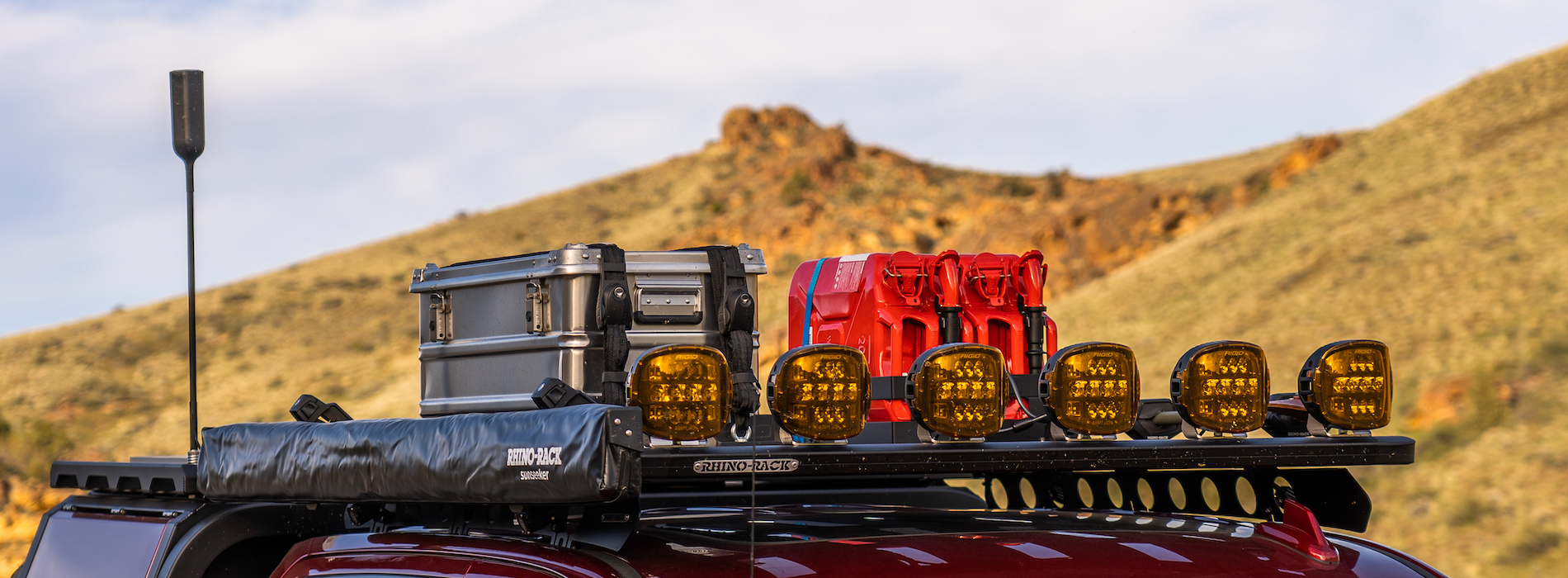
Navigational Tools
In the world of overlanding, navigation is crucial for a successful adventure. When exploring remote areas, it's essential to have reliable navigational tools at your disposal. Some popular options include:
- GPS devices: These offer accurate positioning and can be preloaded with maps and routes to follow.
- Mobile phone apps: Some apps, like Gaia GPS, allow for offline map downloads and route tracking, making them ideal for overlanding. Remember to keep your phone charged and connected using vehicle signal boosters .
- Paper maps and compass: As a backup, always carry physical maps and a compass to ensure you never lose your way.
Camping Essentials
Shelter - overlanding tents and vehicle modifications.
Shelter is an essential aspect of your overlanding gear . Options include:
- Rooftop tents: These tents are mounted on your vehicle's roof rack and offer a comfortable sleeping space away from the ground.
- Ground tents: Traditional camping tents can also be used, but make sure to choose a durable, weather-resistant option.
- Vehicle modifications: Some overlanders convert their vehicles into sleepable spaces with custom bed systems or pop-up camper conversions.
Cooking Equipment
Cooking while on the road is part of the overlanding experience. Key items to pack include:
- Portable stove: A compact stove allows you to cook hot meals, boil water, and make coffee or tea.
- Cooking utensils and cookware: Bring pots, pans, and utensils that are durable and easy to clean.
- Cooler or fridge: A portable cooler or 12V fridge is essential for keeping perishable food items fresh.
Clothing and Personal Items
When packing clothing and personal items, consider the environment and climate you'll be traveling through. Opt for lightweight, moisture-wicking fabrics, and pack layers for temperature changes. Don't forget essentials like a first aid kit, toiletries, and insect repellent.
Vehicle-Specific Equipment
Overlanding trailers.
For those who need extra space or prefer to separate their living and driving areas, overlanding trailers are an excellent option. They come in various sizes and designs, from basic teardrop trailers to fully-equipped off-road models.
Recovery Gear
Regardless of the terrain, you're likely to encounter obstacles during your overlanding adventures. As such, always pack recovery gear such as:
- Winch: Useful for pulling your vehicle out of tough spots or assisting other overlanders.
- Recovery straps: These versatile straps can help free a stuck vehicle or secure heavy loads.
- Traction boards: Also known as recovery boards, these can provide extra traction on slippery surfaces.
In addition to the gear listed above, ensure you have a reliable cell phone signal booster, like the weBoost Drive Reach or weBoost Drive Reach Overland , to maintain connectivity during your travels.
Choosing an Overlanding Vehicle
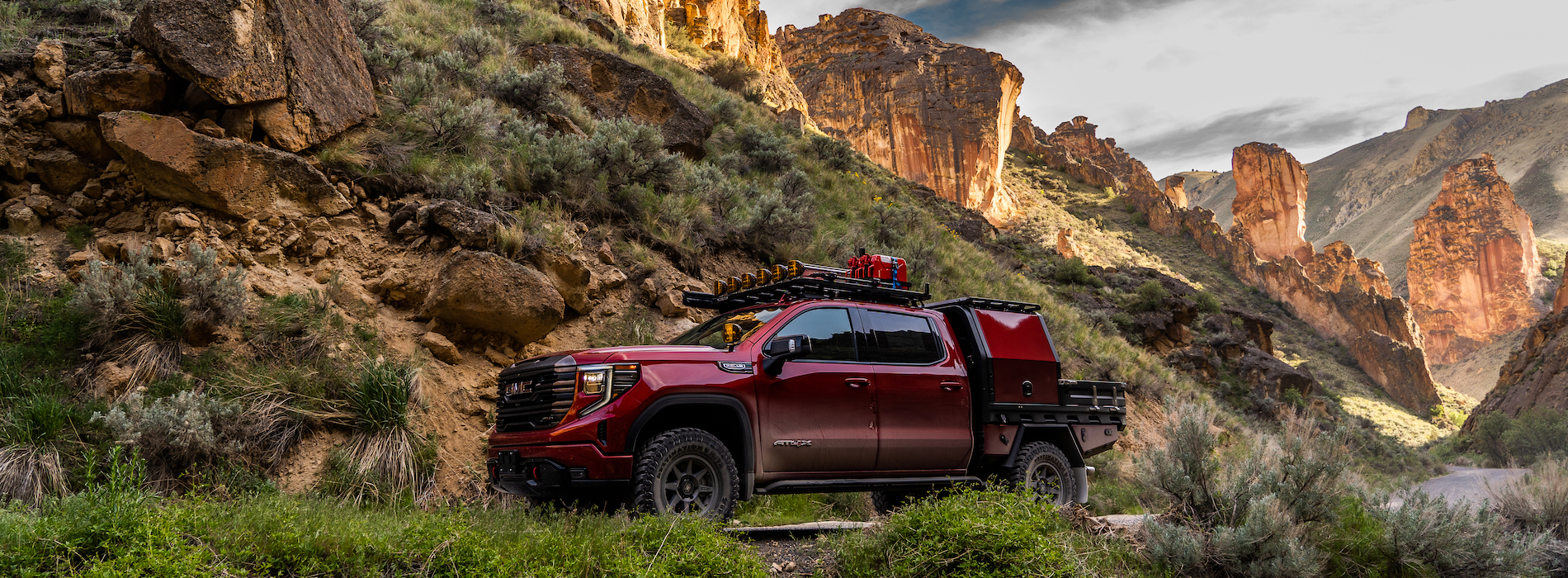
Comparing the Top Overlanding Vehicles
Overlanding tacoma.
The overlanding Tacoma has become a popular choice for adventurers thanks to its reliability, off-road capabilities, and customizability. With a strong aftermarket following, there are countless options for upgrading your Tacoma with off-road suspension, bumpers, and storage solutions. The Tacoma is also known for its durability and excellent resale value.
Overlanding Jeep
The iconic overlanding Jeep Wrangler is another favorite in the overlanding community. With exceptional off-road performance and a well-established aftermarket, the Jeep Wrangler offers a variety of modifications to suit any adventure. Additionally, its removable doors and roof make it a versatile option for warm-weather excursions.
Best Overlanding Vehicles Overall
While the Tacoma and Jeep are popular choices, other vehicles are also well-suited for overlanding adventures. Some of the best overlanding vehicles include:
- Toyota 4Runner: Boasting similar off-road capabilities to the Tacoma, the 4Runner offers additional interior space for comfortable living.
- Land Rover Defender: Known for its ruggedness and off-road prowess, the Defender has a loyal following among overlanders.
- Ford Bronco: The new Ford Bronco combines classic styling with modern off-road technology, making it a compelling option for overlanding enthusiasts.
Considerations When Selecting a Vehicle
When choosing an overlanding vehicle, consider the following factors:
- Off-road capabilities: Ensure the vehicle can handle the terrain you plan to traverse, whether it's rocky trails, sand dunes, or muddy forests.
- Reliability: A dependable vehicle is essential for minimizing breakdowns and maintenance issues while on the road.
- Space and comfort: Evaluate the interior space and layout to make sure it meets your needs for sleeping, cooking, and storing gear.
- Customizability: Look for a vehicle with a strong aftermarket presence, allowing you to modify it to your specific needs.
- Fuel efficiency and range: Longer trips may require a vehicle with better fuel efficiency and a larger fuel capacity.
- Cost: Factor in the purchase price, maintenance costs, and potential resale value when selecting a vehicle.
Don't forget to equip your overlanding vehicle with a reliable vehicle signal booster , like the weBoost Drive Reach or weBoost Drive Reach Overland , to stay connected during your adventures.
Customizing Your Overlanding Vehicle
Essential modifications for a successful overland journey, tires and suspension systems.
Upgrading your tires and suspension system is crucial for a successful overlanding adventure. High-quality all-terrain or mud-terrain tires provide better traction and durability on various terrains. A reliable suspension system not only improves off-road performance but also ensures a smoother ride for passengers. Popular upgrades include:
- Lift kits: Elevate your vehicle's height for increased ground clearance and improved off-road capabilities.
- Heavy-duty shocks: Improve ride comfort and handling on uneven terrain.
- Airbag suspension: Enhance load-carrying capacity and adjust ride height on-the-fly for varying conditions.
Lighting and Electrical Updates
Proper lighting and electrical updates can greatly improve your overlanding experience. Key modifications include:
- LED headlights and fog lights: Enhance visibility during night driving or inclement weather.
- Auxiliary lighting: Add light bars, spotlights, or floodlights for improved off-road illumination.
- Solar panels and dual battery systems: Extend your off-grid capabilities by generating and storing power for your overlanding gear and accessories.
Don't forget to install a vehicle signal booster to stay connected during your journey. Options like weBoost Drive Reach or weBoost Drive Reach Overland can provide a reliable cell signal in remote areas.
Roof Racks and Storage Solutions
Maximizing storage space in your overlanding vehicle is essential. Roof racks and storage solutions allow you to bring all your gear and essentials without cluttering your living space. Key components include:
- Roof racks: Mount a roof rack for added storage and easy access to your overlanding tent or other large items.
- Bed racks: For overlanding Tacoma or other pickup trucks, bed racks can provide additional storage and mounting options.
- Drawer systems: Keep your equipment organized and easily accessible with a custom drawer system in the rear of your vehicle.
Personalization and unique features
Custom paint jobs and decals.
Make your overlanding vehicle truly your own with custom paint jobs and decals. Choose a color scheme that reflects your personality or the spirit of your adventure. Decals can include your favorite brand logos, travel quotes, or even a custom design representing your overlanding journey.
Interior Upgrades for Comfort and Functionality
Customizing the interior of your overlanding vehicle can greatly improve both comfort and functionality. Consider the following upgrades:
- Insulation: Adding insulation to your vehicle can help regulate temperature and reduce noise.
- Swivel seats: For overlanding Jeep and other vehicles, swivel seats can maximize interior space and create a more comfortable living area.
- Custom cabinetry and storage: Design and build custom cabinets to house your kitchen equipment, clothes, and other essentials.
- Ventilation and climate control: Install roof vents, fans, or even an air conditioning unit to maintain a comfortable living environment.
By following these tips, you can transform your vehicle into the perfect home away from home, ready for any overlanding adventure. And don't forget to join communities like the Overlander Community by Expedition Overland or the Overland Bound Community
Planning an Overlanding Trip
Researching trail information and conditions.
Before embarking on your overlanding adventure, it's essential to research trail information and conditions. This can help you choose the best route and avoid potential hazards. Here are some tips to get you started:
- Consult guidebooks, online forums, and websites: Resources like the Overland Bound Community and the Overlanding Subreddit can provide valuable information from experienced overlanders.
- Reach out to local authorities: Contact park rangers, forest service offices, or other local authorities for up-to-date information on trail conditions and potential closures.
- Monitor weather reports: Check local weather forecasts and historical weather data to plan for possible inclement weather during your journey.
Mapping Out a Route and Determining Fuel Needs
Once you have a better understanding of trail conditions, it's time to map out your route and determine your fuel needs. Consider the following steps:
- Plan your route: Use mapping tools, GPS devices, or apps to outline a detailed route for your overlanding trip. Include waypoints, campsites, and points of interest along the way.
- Calculate fuel consumption: Based on your overlanding vehicle's fuel efficiency and the total distance of your trip, estimate how much fuel you'll need. Factor in additional fuel for off-roading, idling, or detours.
- Identify fuel stops: Mark fuel stations along your route and determine how much fuel you can carry. For remote areas, consider carrying extra fuel in jerry cans or using a long-range fuel tank.
Acquiring Necessary Permits/Licenses for International Travel
When overlanding across international borders, it's essential to acquire the necessary permits and licenses. Here are some considerations:
- Vehicle permits: Many countries require a temporary import permit (TIP) for your overlanding vehicle . Research the requirements and apply for permits well in advance.
- International driving permit: An International Driving Permit (IDP) may be required to drive legally in some countries. Apply for an IDP through your local automobile association.
- Visas and passports: Ensure your passport is up-to-date and research visa requirements for each country you plan to visit. Apply for visas well in advance to avoid delays or complications.
When traveling internationally, also consider installing a vehicle signal booster to stay connected. The weBoost Drive Reach and the weBoost Drive Reach Overland can help maintain a reliable cell signal, even in remote areas.
By thoroughly researching trail conditions, planning your route, and acquiring the necessary permits, you'll be well-prepared for a successful overlanding adventure. Remember, the more prepared you are, the more enjoyable your journey will be!
Necessary Preparations Before Embarking on an Overland Adventure
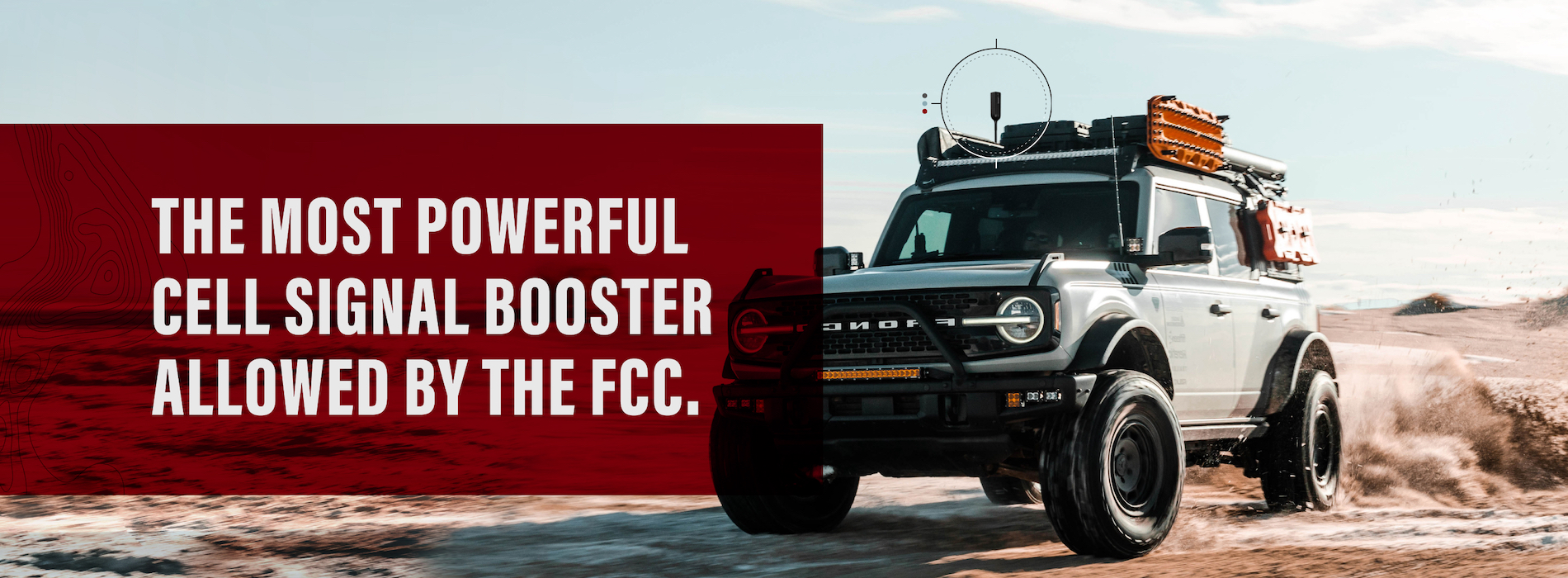
Vehicle Maintenance and Inspection
Before setting off on your overlanding adventure, it's crucial to perform a thorough vehicle maintenance and inspection. Proper maintenance ensures that your overlanding vehicle is in good working order and helps prevent breakdowns during your trip. Follow these steps:
- Inspect and maintain essential components: Check the engine, transmission, brakes, suspension, tires, and cooling system. Replace worn parts and fluids as needed.
- Test your vehicle signal booster : Make sure your cell signal booster, such as the weBoost Drive Reach or weBoost Drive Reach Overland , is functioning correctly to ensure reliable communication during your journey.
- Pack essential tools and spare parts: Carry basic tools, spare tires, and replacement parts to address minor repairs on the road.
Double-Checking Gear Lists
It's vital to double-check your overlanding gear list to make sure you have everything you need for your trip. Keep the following in mind:
- Compile a comprehensive gear list: Include essential items like camping equipment, cooking supplies, navigation tools, and your overlanding tent .
- Verify the functionality of key items: Test equipment such as your overlanding trailer , GPS devices, and recovery gear to ensure they're in good working order.
- Pack strategically: Organize your gear to maximize space and accessibility in your overlanding vehicle or overlanding jeep .
Familiarizing Oneself with Survival Skills (First Aid, Navigation, Vehicle Repair)
Before embarking on an overland adventure, it's crucial to familiarize yourself with essential survival skills. These skills can help you overcome challenges and stay safe during your trip. Consider the following:
- First aid: Learn basic first aid techniques and carry a well-stocked first aid kit. Know how to treat common injuries like cuts, burns, and sprains, as well as more severe emergencies.
- Navigation: Master the use of maps, compasses, and GPS devices to navigate unfamiliar terrain confidently. Familiarize yourself with landmarks and terrain features along your route.
- Vehicle repair: Acquire basic mechanical knowledge to perform simple repairs on your overlanding vehicle or overlanding tacoma . Learn how to change a tire, replace a fan belt, or troubleshoot common engine issues.
By taking the time to prepare your vehicle, double-check your gear, and brush up on essential survival skills, you'll set yourself up for a successful and enjoyable overlanding adventure. Remember, thorough preparation is the key to a safe and memorable journey!
How to Get Started Overlanding
Finding a local overlanding community.
If you're new to overlanding , finding a local community can provide valuable support, advice, and friendship. To locate a group near you:
- Use social media: Search Facebook or Instagram for overlanding groups in your area. One popular group is the Overlander Community by Expedition Overland .
- Attend local events: Look for overlanding meetups, workshops, or gatherings in your region. These events are excellent opportunities to meet like-minded people and learn from experienced overlanders.
- Visit outdoor stores: Check your local outdoor or off-road vehicle stores for information about overlanding clubs or events. Store staff are often knowledgeable and can direct you to nearby groups.
Joining Overlanding Clubs and Online Forums
Joining overlanding clubs and participating in online forums can be an invaluable resource for learning more about overlanding and connecting with others who share your passion. Here's how to get involved:
- Sign up for clubs: Research and join local or national overlanding clubs that align with your interests. The Overland Bound Community is a popular choice for many overlanders.
- Participate in online forums: Engage in discussions, ask questions, and share your experiences on overlanding forums like the Overlanding Subreddit . These platforms are great places to learn from others and receive feedback on your ideas.
- Stay active: Regularly contribute to discussions and attend club events to build connections and gain valuable knowledge about overlanding gear , vehicles, and best practices.
Participating in Overlanding Events and Workshops
Attending overlanding events and workshops can help you build essential skills, learn about new gear, and network with fellow overlanders. To get started:
- Research events: Look for overlanding expos, workshops, or trail rides in your area or region. These events often feature demonstrations, classes, and opportunities to test out the latest overlanding gear and vehicles.
- Attend workshops: Participate in workshops that focus on specific aspects of overlanding, such as vehicle maintenance, navigation, or trip planning. These sessions can help you build your skills and confidence as an overlander.
- Support conservation efforts: Get involved with organizations like Expedition Conservation that promote responsible overlanding practices and work to protect the environment.
By finding a local community, joining clubs and forums, and participating in events and workshops, you'll be well on your way to becoming a successful overlander. Remember, the overlanding community is full of passionate, knowledgeable individuals who are eager to share their experiences and help newcomers. Don't be afraid to ask questions, seek advice, and immerse yourself in this exciting world of adventure!
Top Destinations for Overlanding Adventures
Iconic international routes.
Embarking on an overlanding adventure often means exploring breathtaking landscapes and experiencing diverse cultures. Here are three iconic international routes that should be on every overlander's bucket list:
Trans-Africa Route
The Trans-Africa route stretches from Cairo, Egypt, to Cape Town, South Africa. This epic journey takes you through deserts, savannahs, and jungles, showcasing the stunning diversity of Africa's landscapes. Along the way, you'll encounter unique wildlife and vibrant cultures. Make sure to pack your overlanding gear and prepare your overlanding vehicles for the rugged terrain you'll encounter.
The ancient Silk Route extends from Istanbul, Turkey, to Xi'an, China. This legendary trade route offers a wealth of historical and cultural experiences, from the grand bazaars of Istanbul to the Great Wall of China. A reliable overlanding jeep or overlanding Tacoma would be perfect for navigating the varied terrain of this once-in-a-lifetime adventure.
Istanbul to Cairo Route
Another historically significant route is the Istanbul to Cairo route, connecting Europe and Africa. This journey offers a blend of natural beauty and rich history, taking you through ancient cities like Jerusalem, Petra, and Luxor. Be sure to equip your overlanding tent and gear for both desert and mountainous conditions.
Popular Domestic Locations
For those who prefer to stay closer to home, there are plenty of incredible overlanding destinations right here in the United States. Here are some popular domestic locations:
West Coast Trails
The West Coast is a haven for overlanders, offering a range of scenic trails that cover diverse landscapes like deserts, forests, and coastal vistas. Some highlights include the Pacific Northwest's Olympic National Park, California's Mojave Desert, and Arizona's Grand Canyon. Equip your best overlanding vehicles and hit the trails!
East Coast Excursions
The East Coast also offers plenty of opportunities for overlanding enthusiasts. From the Appalachian Mountains to the coastal landscapes of Maine and Florida, there's no shortage of exploration possibilities. Key destinations include the Blue Ridge Parkway in Virginia, North Carolina's Outer Banks, and the Green Mountains of Vermont.
Midwest Off-Road Spots
The Midwest may be known for its vast plains, but it also boasts numerous off-road spots for overlanders. Explore the sand dunes of Michigan's Silver Lake State Park, or take on the challenging trails of the Ozark National Forest in Arkansas. Don't forget your overlanding trailer to make your Midwest adventure as comfortable as possible.
Whether you're drawn to the allure of international travel or prefer the familiarity of domestic destinations, there are countless overlanding adventures waiting to be discovered. As you plan your next trip, remember to research the local regulations, culture, and environment to ensure a safe and enjoyable journey. And with the right overlanding gear and a strong sense of adventure, the world is truly your playground.
Overcoming Challenges and Embracing the Overlanding Lifestyle
Building a support network of fellow overlanders.
Embarking on an overlanding adventure can be a daunting experience, especially for newcomers. Building a support network of fellow overlanders is essential for learning tips, tricks, and sharing experiences. Here's how to connect with like-minded adventurers:
Join online communities: Many overlanding enthusiasts gather in forums and social media groups like the Overlander Community by Expedition Overland , Overland Bound Community , and the Overlanding Subreddit . These platforms offer a wealth of knowledge and advice for beginners and seasoned overlanders alike.
Attend events and gatherings: Local and regional overlanding events are great opportunities to meet fellow enthusiasts, share stories, and learn from one another. These gatherings often include workshops, trail rides, and other activities that promote camaraderie and skill-building.
Seek out mentors: If you know experienced overlanders, ask them for advice and guidance. They can provide valuable insights into selecting the best overlanding vehicles , choosing the right overlanding gear , and navigating challenging routes.
Learning from Mistakes and Growing as an Adventurer
Mistakes are inevitable when you venture into the world of overlanding . Embrace these learning opportunities and grow as an adventurer by:
Reflecting on experiences: After each trip, take the time to evaluate what went well and what didn't. Did your overlanding tent hold up in harsh weather? Was your overlanding jeep or overlanding Tacoma well-equipped for the terrain? Use this information to make improvements for future adventures.
Seeking feedback: Reach out to your support network for feedback and advice. Fellow overlanders can offer valuable perspectives on your experiences, and help you identify areas for improvement.
Continuous learning: Stay up-to-date on the latest overlanding trends, gear, and techniques by reading blogs, watching videos, and participating in online forums. The more you know, the better prepared you'll be for your next adventure.
Committing to Sustainable Practices and Conservation Efforts
Responsible overlanding involves minimizing your impact on the environment and supporting conservation efforts. Here are some tips to help you embrace sustainability in your adventures:
Follow Leave No Trace principles: Proper disposal of waste, respecting wildlife, and minimizing campfire impacts are just a few examples of the Leave No Trace principles. Adhering to these guidelines helps protect the environment and preserve natural spaces for future generations.
Invest in eco-friendly gear: Choose overlanding gear that is sustainable, durable, and eco-friendly. Solar panels, biodegradable soaps, and reusable water containers are just a few examples of products that can help reduce your environmental footprint.
Support conservation organizations: Many groups, like Expedition Conservation , work to protect and preserve natural areas. Consider donating, volunteering, or participating in their events to support their efforts.
By building a strong support network, learning from your experiences, and committing to sustainable practices, you can fully embrace the overlanding lifestyle and make the most of your adventures. Happy trails!
In conclusion, overlanding is an adventurous and exciting way to explore the great outdoors, while also pushing your personal boundaries and creating unforgettable experiences. As you embark on your journey to becoming an overlander, it's crucial to understand what is overlanding and how to properly equip yourself with the right overlanding gear .
Investing in a reliable overlanding vehicle is the first step towards a successful expedition. Whether you choose an overlanding jeep , overlanding Tacoma , or one of the many other best overlanding vehicles available, having a dependable mode of transport will ensure a safer and more enjoyable trip. Don't forget to outfit your vehicle with essential accessories, such as a sturdy overlanding tent and a well-built overlanding trailer to carry your gear.
Another critical aspect of overlanding is staying connected while off the beaten path. Consider installing a vehicle signal booster to improve cell reception during your travels. Options like 4G LTE signal boosters , 5G signal boosters , and AT&T signal boosters can help you maintain a strong connection, regardless of your preferred carrier. For a comprehensive guide, check out UberSignal 's best cell phone signal boosters to find the perfect fit for your adventure.
Finally, remember that the overlanding community is an invaluable resource. Connecting with fellow adventurers through forums like the Overland Bound Community and the Overlanding Subreddit can provide you with essential knowledge, support, and camaraderie throughout your journey. As you grow in your overlanding experience, always strive to learn from your mistakes, embrace sustainable practices, and support conservation efforts to protect the beautiful landscapes we all love to explore.
Now that you're equipped with the knowledge and resources needed to embark on your overlanding adventure, it's time to hit the road and start making memories. Safe travels, and happy overlanding!
Overlanding FAQ
What is overlanding.
Overlanding is a form of self-reliant, adventure travel, where the journey is more important than the destination. It typically involves traveling through remote areas and exploring off the beaten path, with an emphasis on self-sufficiency and living out of your vehicle.
How to start overlanding?
To start overlanding, begin by researching the activity, connecting with fellow overlanders, and acquiring essential gear. Invest in a reliable and capable vehicle, outfit it with necessary equipment, and plan your routes based on your skill level and desired destinations. Don't forget to practice Leave No Trace principles and always prioritize safety.
How to find overlanding trails?
To find overlanding trails, consult online resources like trail databases, overlanding forums, and local off-roading clubs. Smartphone apps and GPS devices dedicated to off-road navigation are also helpful for finding suitable routes. Always verify trail conditions and accessibility before embarking on a journey.
What is the best vehicle for overlanding?
The best vehicle for overlanding depends on personal preferences and the type of terrain you plan to explore. Popular choices include 4x4 trucks, SUVs, and off-road-capable vans. Key features to look for include reliability, off-road performance, payload capacity, and adaptability for modifications.
What does RTT stand for in overlanding?
In overlanding, RTT stands for Roof Top Tent. A roof top tent is a type of shelter that mounts directly on the roof rack of a vehicle, providing a comfortable and elevated sleeping area. RTTs are popular among overlanders due to their convenience, quick setup, and added protection from ground-dwelling critters.
What kind of tent for overlanding?
When choosing a tent for overlanding, consider factors such as size, weight, durability, and ease of setup. Roof top tents (RTTs) are popular for their convenience and elevated sleeping platform. Ground tents can also be a suitable option, especially if they are designed for rugged conditions and quick setup. The best choice depends on personal preferences and vehicle capabilities.
Related Posts
The Complete Guide to 5G and Signal Boosters
5 Myths About Cell Phone Signal Boosters Busted
Get the Most Out of Your weBoost Signal Booster: Tips and Tricks You Need to Know
Related products.

weBoost Drive Reach Overland Signal Booster Kit | 472061
- Best for boosting signal in your truck or overland vehicle.
- Outside antenna mount has multiple mounting options, including the ability to fold down the antenna.
- Most powerful multi-carrier mobile amplifier available.
Looking for a Signal Booster?
Answer a few questions to find the perfect booster for your situation.


Start your engines: our ultimate guide to overland travel
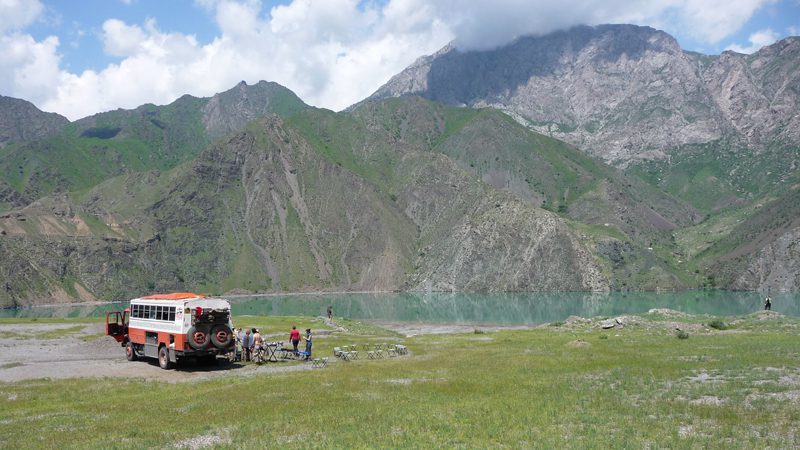
The beaming and curious smiles of the locals watch on as we load our bags into the back locker of our overland truck. The dirt road snakes its way onwards through gentle hills, punctuated by traditional thatched straw homes. Smoke from early morning cooking dots the horizon and mixes with the cool mist in the early morning sun. Another epic day on the road awaits.
Overland travel provides a different approach to the tired practice of flying between ‘must see’ destinations. With the use of a sturdy, purpose-built overland truck, complete with everything you need (including the kitchen sink!) ‘Overlanding’ gives you access to remote and little visited areas of a country that other travellers simply don’t see. Being perhaps one of the purest forms of travel, overlanding really gets you under the skin of a country and its culture. The following tips are aimed to turn your overland experience into the journey of a lifetime. The awe inspiring landscapes and interactions with local peoples who rarely experience tourism give real meaning to the quote ‘It’s the journey, not just the destination’.
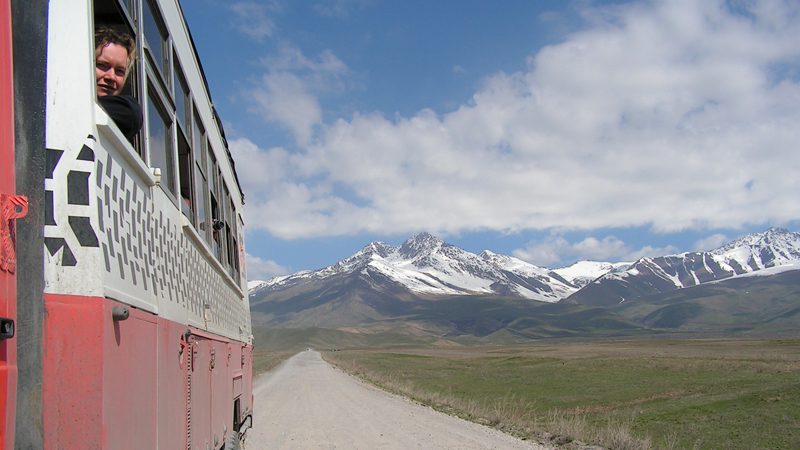
Here are my tips for surviving on the road.
1. Learn a few words
You’ll be surprised just how much a jubilant ‘Jambo!’, ‘Xie Xie!’ or ‘Tudu Bem!’ can open up even the most reserved of locals. Often met with giggles and shy smiles, learning just a few words can be a great ice-breaker and can lead to to the most amazing opportunities. On my recent overland trip to Myanmar, a smile and ‘Mingalba!’ greeting saw me invited into someone’s home to share tea and to coo over their gorgeous newborn son. What an experience!
2. Patience
Drives can be long and roads can be bumpy but the rewards reaped far out way the minor discomforts. Whether it’s a sealed road stretching off into the distance, back-dropped by the snow- capped Patagonian Andes, or a muddy track through the bewitching tribal lands of Ethiopia, you’ll always find yourself gazing out the window with a smile. Travelling in this way can sometimes throw up frustrating roadblocks but often it might be the very situation you’re dealing with that proves to be the highlight of your trip, or a story told around a camp-fire or a pub table for years to come.
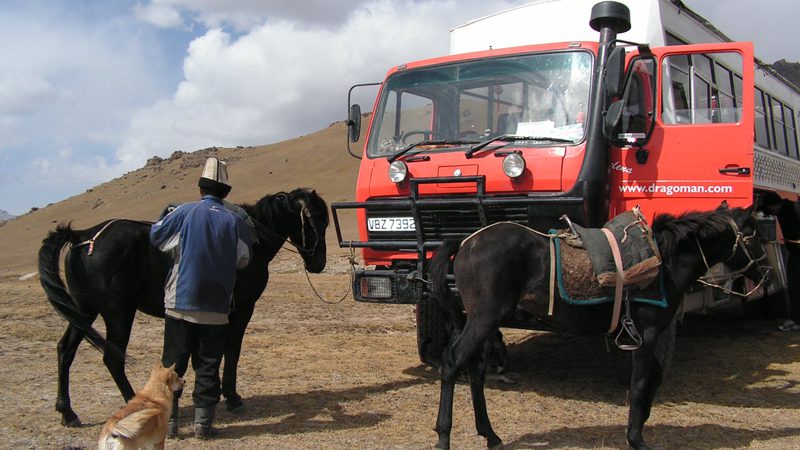
3. Bring a good book
A good book is a must but an audio book gives you the opportunity to see the world pass by without having your head stuck in its pages. Imagine listening to the tales of Marco Polo through the Silk Route, then retracing his footsteps at your destination; or being captivated by the novel ‘Shantaram’, whilst negotiating the bustling pandemonium of Mumbai’s busy streets.
4. Wet-wipes
Let’s face it, at times overlanding can be demanding, dusty and sometimes just downright dirty! A trusty pack or two of wet-wipes can be a godsend at a hot border crossing or a bushcamp under the stars. Sometimes a shower is just not available, so you might find that after hiking through the primordial wilds of the Amazon Basin, or when crossing Lake Aswan into Sudan in the blistering heat, a quick wet-wipe goes down a treat. Fellow travellers in close proximity will thank you too!
5. Upgrades
Whilst some of the most unique and magical experiences lie way off the beaten track, a lot of campsites offer upgrades when at times, a tent just won’t cut it. Sometimes after an action packed day of meandering through the Okavango Delta or searching for gorillas in the Rwandan jungle, the allure of a comfy bed is just too much! Along with camping, all trips have comfortable hotel stops; the frequency just depends on the style and location of the trip itself. The boutique Bissau Palace Hotel in the pink city of Jaipur, the minaret clad skyline of Samarkand, gazing out as feluccas negotiate the gentle current of the river Nile and the Peruvian mountain views from the La Casa De Mi Abuela are all standout hotel delights.
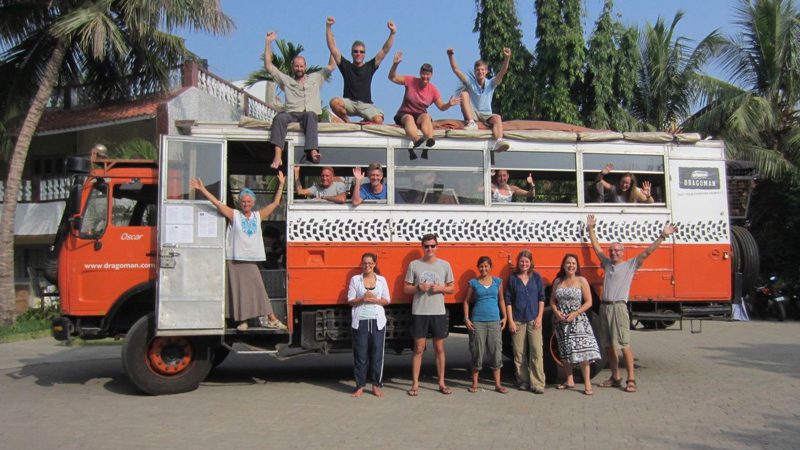
6. Pitch in
One of the great things about an overland journey is the camaraderie between passengers and crew alike. Minor chores, help with cooking and even grabbing a shovel to help free a truck stuck-fast in the sand are integral parts of any overland experience. Like with most things the more you put in, the more you get out. Lending a hand and getting involved will enrich your journey no end.
7. Bring a couple of extra memory cards
It might seem obvious but it’s easy to underestimate just how many fantastic photos you can take. It’s not just that postcard perfect shot of you perched in front of the Taj Mahal illuminated by a coral sunrise or a close up of a yawning lion baring its enormous teeth that are important. Whether it be an impromptu dress-up truck party, or a round of beers with your rhino-tracking bush guide, there are always plenty of possibilities to capture a memory. With everlasting views and countless opportunities to view locals without another tourist in sight you might just find that bringing a third or even a fourth SD card was a good idea.
8. A good sense of adventure
Getting out of your comfort zone is what overland travel is all about and an intrepid sense of adventure is a key ingredient of any journey. River crossings, close-up encounters with wildlife and remote wilderness camping are all possibilities that make up part of the truly epic adventure that an overland journey provides. For those of you with a penchant for the extreme, white knuckle experiences abound. Mountain biking down Bolivia’s ‘Death Road’, skydiving over the Namibian desert, bungee jumping over the White Nile in Uganda and gut-wrenching bridge swings in the Nepalese Himalayas await.
Incorporating all the iconic locations and all the joys of the in between, wild-camps, mucking in and even ‘bush pees’ are all part of it! However it doesn’t mean you won’t find yourself tango-ing the night away in the Buenos Aires moonlight, bar hopping through Beijing’s sizzling night-life or treating yourself to a meal at the regal and magnificent Royal Livingstone Hotel. So for those with a venturesome ethos and taste for something a little different, the road is calling.
Ready to hit the open road? Check out Intrepid’s overland trips.
Feeling inspired?
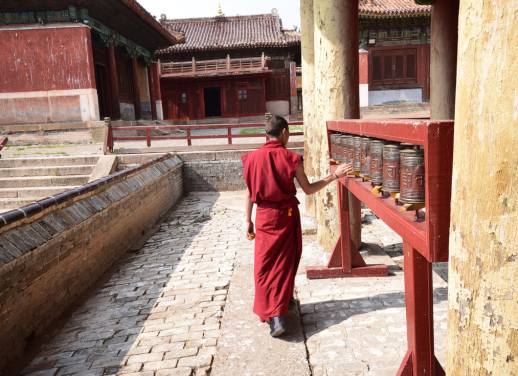
Originally hailing from the Pommy countryside, I first realised my love for the road after hitch-hiking round Canada on a diet of rum and baked beans. With money gained from cleaning the soiled hotel rooms, I set off for New Zealand, bought a van and spent a good year or so lost in 'Lord of the Rings' landscapes. From there I went on to work in the Finnish Arctic, trekking throughout Asia and leading snowmobile trips in Japan's backcountry. This led me to a job as an overland driver, running trips all over Central and South America, Africa and the Middle East, Central Asia and the Indian Subcontinent. Along with writing, I still work as a guide part time and although I've gone off baked beans the rum remains a constant.
You might also like
5 places to escape the crowds in italy..., is australia safe everything you need to know, 10 fun facts you might not know about..., exploring the world through tea, 12 facts you probably don’t know about guatemala, the 7 best places to go on a..., 5 reasons to visit sri lanka in the..., why 2024 is the best year to see..., yellowstone vs yosemite: which national park to visit, 6 unique experiences you can have in el..., from delhi to udaipur, here are the five....
WikiOverland
Navigation menu, personal tools.
- Create account
- View source
- View history
- Recent changes
- Random page
- What links here
- Related changes
- Special pages
- Printable version
- Permanent link
- Page information
- This page was last modified on 4 April 2019, at 13:12.
- Content is available under Creative Commons Attribution ShareAlike 3.0 unless otherwise noted.
- Privacy policy
- About WikiOverland
- Disclaimers
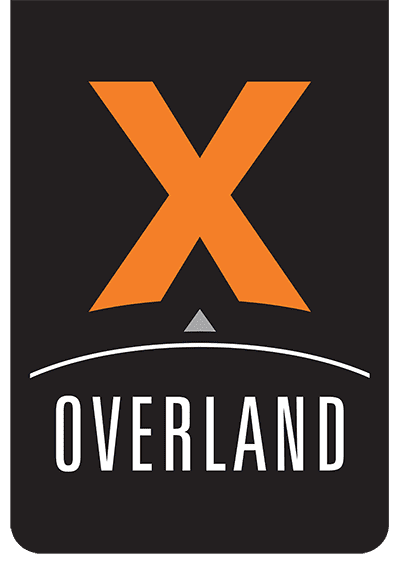
- Vehicle Builds
- Gear We Use
- Overlander Network
- Overlanding Blog Overlanding Blog
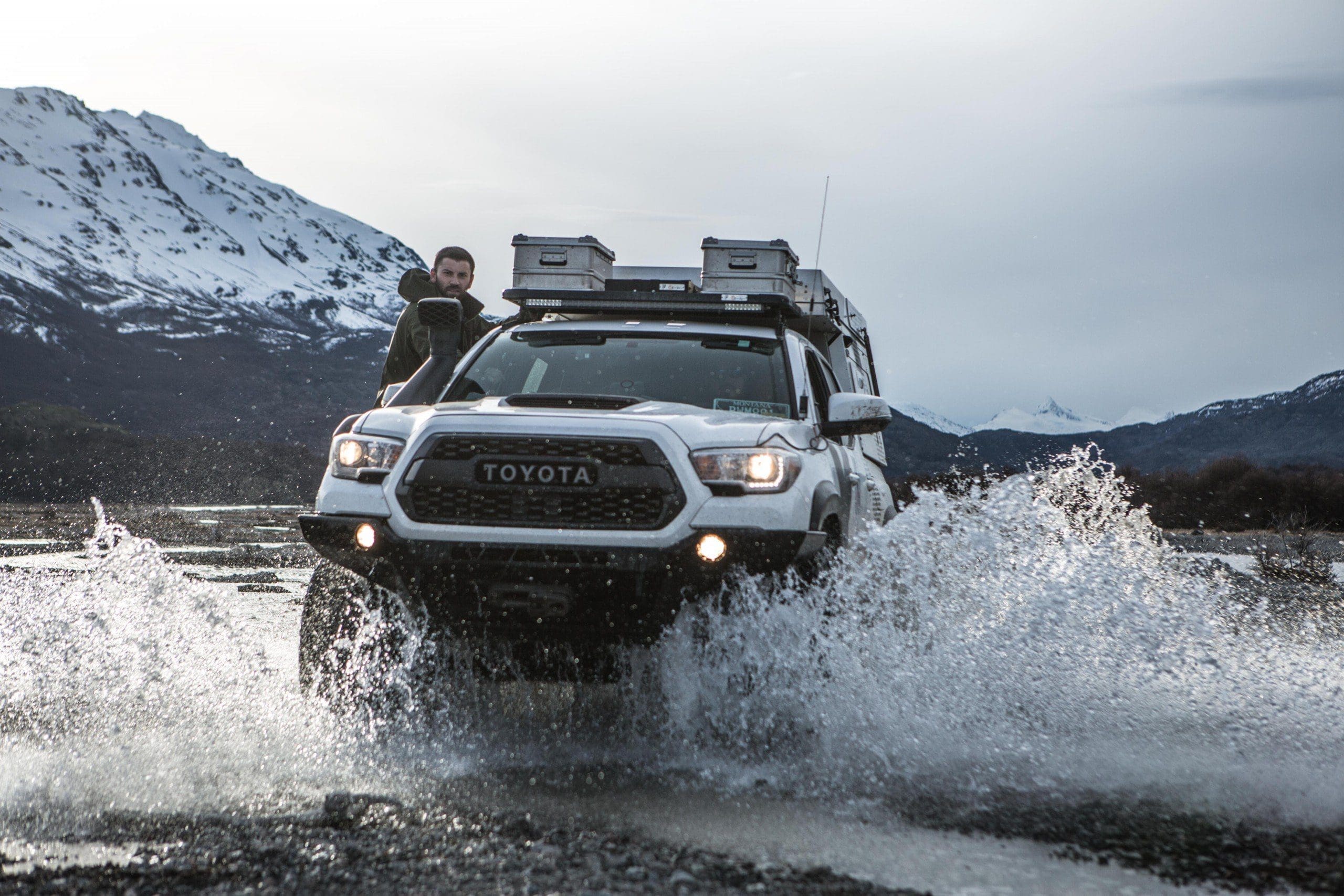
What Is the Best Overland Vehicle?
It’s been said that the best overland vehicle is a reliable one. Whether you’re embarking on a global overland trip or a weekend warrior trip, you need a vehicle that gets you out and back reliably. Fortunately, there are many good platforms out there.
The first step is to determine the travel style you and your family want to achieve. Global travel? Summer camping? Weekend warrior camping? Are you incorporating off-road elements?
Budget is also an important consideration. There many different vehicles available in a wide price range, from a used Wrangler TJ to the AEV Prospector. Our friend Ray Hyland and his family of five traveled from London to Singapore in a $300 1954 Land Rover Series 1. While you can arguably use virtually any vehicle to overland, choose one that you can pay for but that still allows you to get out there and embark on an adventure.
While there are a plethora of good vehicles out there, some stand out as dedicated overland vehicle platforms.
In general, Toyota has a worldwide reputation for reliability. You can’t go wrong with a Tacoma (any year), 4Runner, or any well-maintained Land Cruiser. 4Runners and Land Cruisers tend to have worldwide serviceability and parts availability. Some dock Toyotas due to simplicity, but we view this as a strength. Uncomplicated systems lessen the chances that something will go wrong. Toyotas are well-known for their reliability, but struggle with rated payload. One upside is that they do tend to take heavy payload really well.
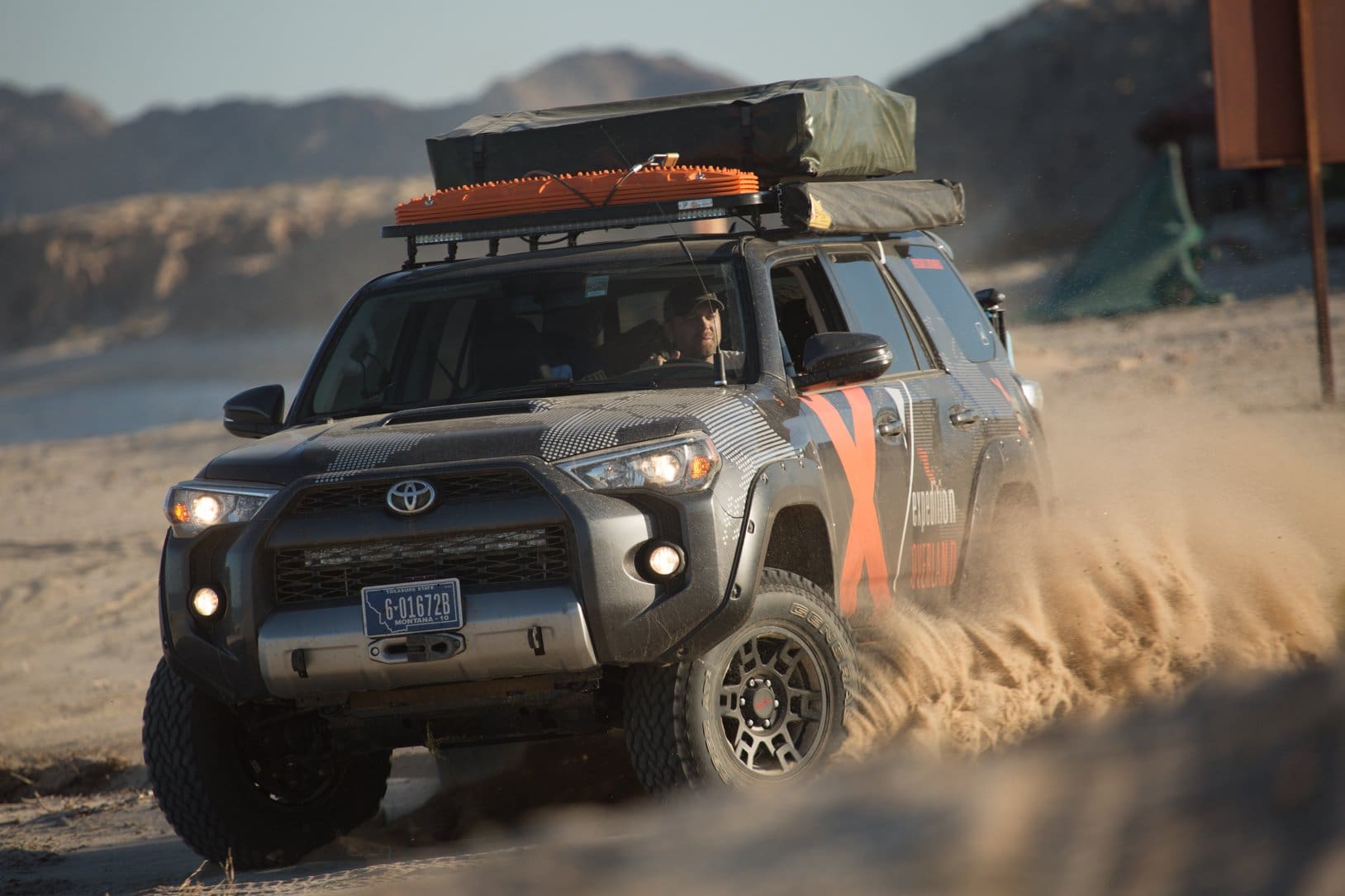
Jeep offers great trail capabilities straight off the lot and the four-door versions are great for a couple or a family. The Jeep Wrangler JK and JL have proved to be popular among overlanders. In comparison to the 3rd Gen Tacoma, the Gladiator is also a good option as it boasts up to 600 lbs of extra payload and is equipped with front and rear lockers and sway bar disconnects. In our experience, the Gladiator has also proved its reliability.
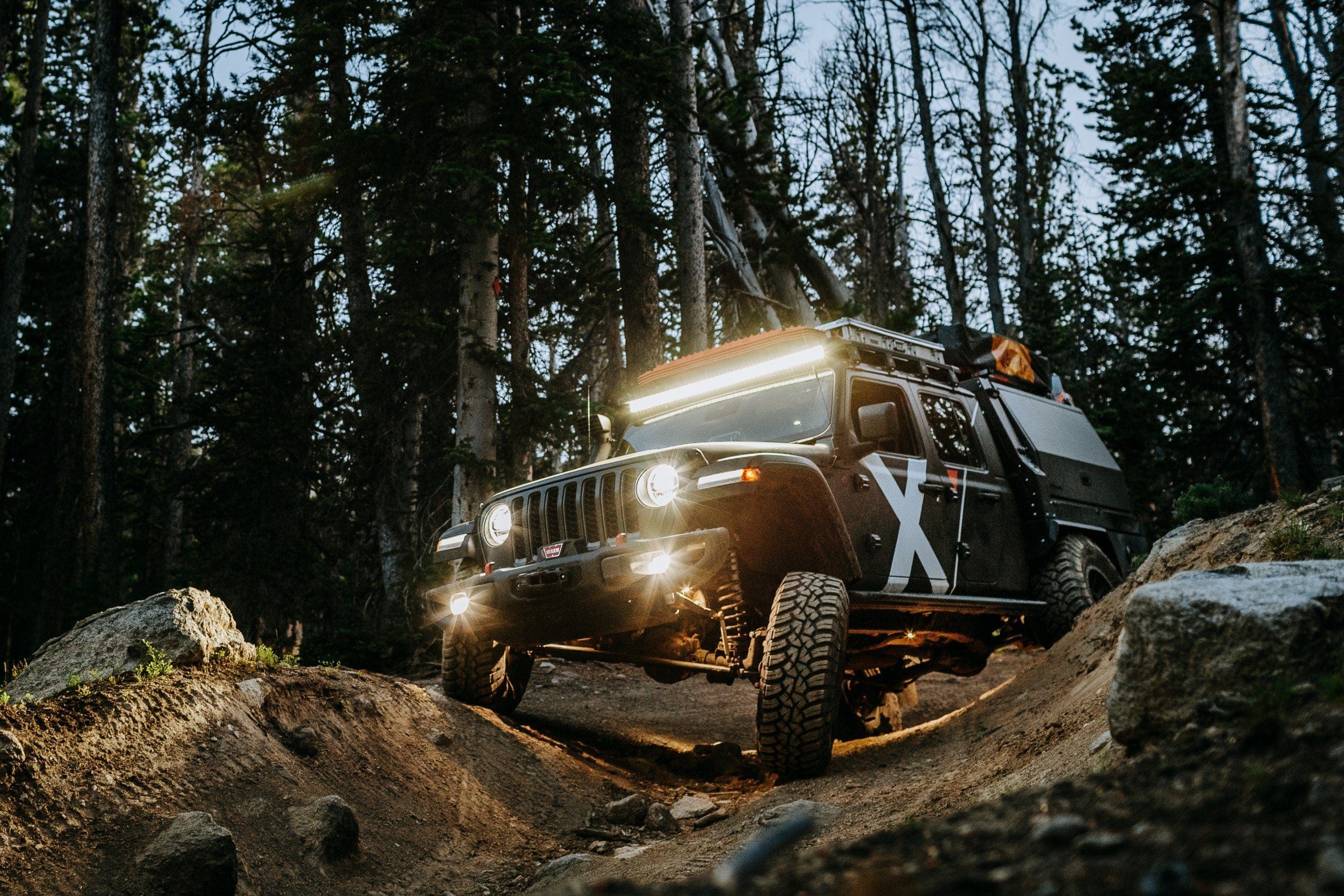
Don’t rule out full-size trucks. They might be unable to tackle tight trails, but in our experience, they do fit 90% of the time and have the benefit of a boosted payload capacity. If you are shipping your vehicle internationally, however, do your research as shipping container size can limit your options.
If you’re traveling as a family or require extra payload capacity, consider towing a trailer . Do you need to fully build out the tow vehicle or can those accessories move to a trailer? While a Tundra allows for plenty of bed weight, a trailer is an attractive option as it can be disconnected from the vehicle. This allows the truck to be used as a daily driver as well as a weekend warrior vehicle. The LandCruiser also boasts a high payload. This provides the ability to have a rooftop tent on the roof, tow a trailer with a rooftop tent, and house a five person family, while also maintaining comfort.
For more on trailers, check out this episode of “Oh Hey There With Jeff.”
The AEV Prospector is a turnkey solution that can’t be beat. This vehicle is built and engineered to manufacturer’s specs, including successfully passing mandatory crash tests, corrosion and rust prevention tests and peak temperature. The Prospector also carries the original manufacturer’s warranty off the lot.
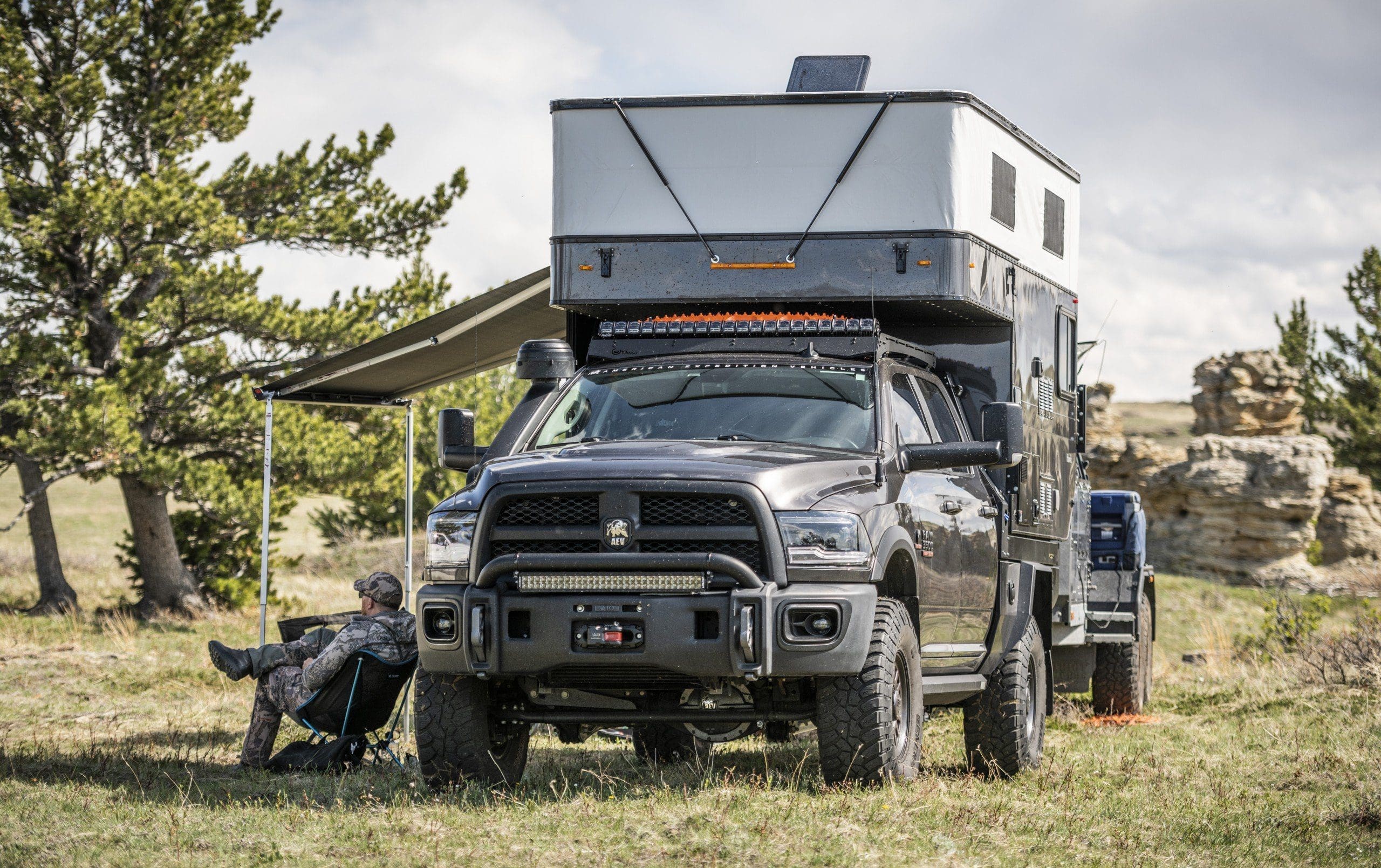
As you can see, there are many different options when it comes to choosing an overlanding vehicle. Want to learn more? Check out this episode of our Proven Series: How We Build An Overlanding Vehicle.
Share This Story, Choose Your Platform!
Related posts.

XOVERLAND Exclusive: We Put the 2024 Toyota Tacoma Trailhunter to the Test
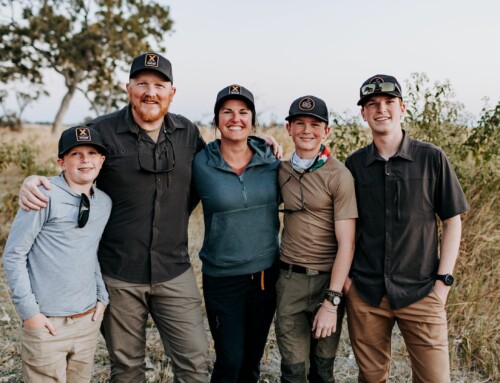
Africa: A Look Back at How to Navigate the Unknown While Overlanding (as a Family)
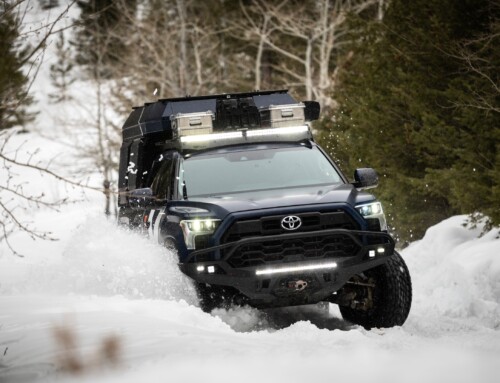

2023 Overlander’s Holiday Gift Guide
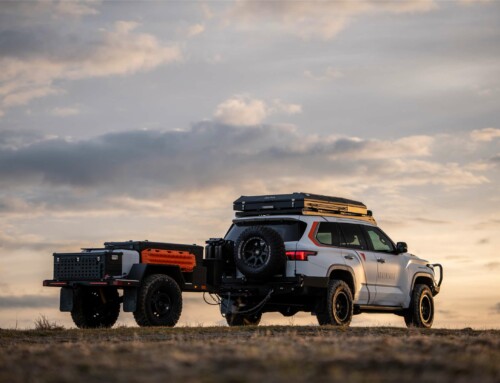
XOverland’s Next Chapter
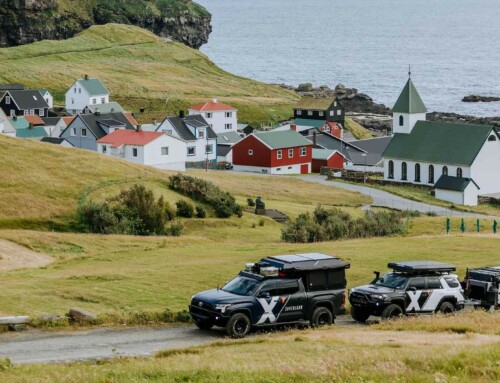
Tips for Overlanding Through Iceland and Scandinavia
CURRENT PRICES END MAY 12
Outside Festival feat. Thundercat and Fleet Foxes.
FROM JUST $44

Everything You Need to Get Started Overlanding
Want to go on a vehicle-based adventure this summer? Here’s where to head, what vehicle to take, and how to stay safe and comfortable while you’re out there.
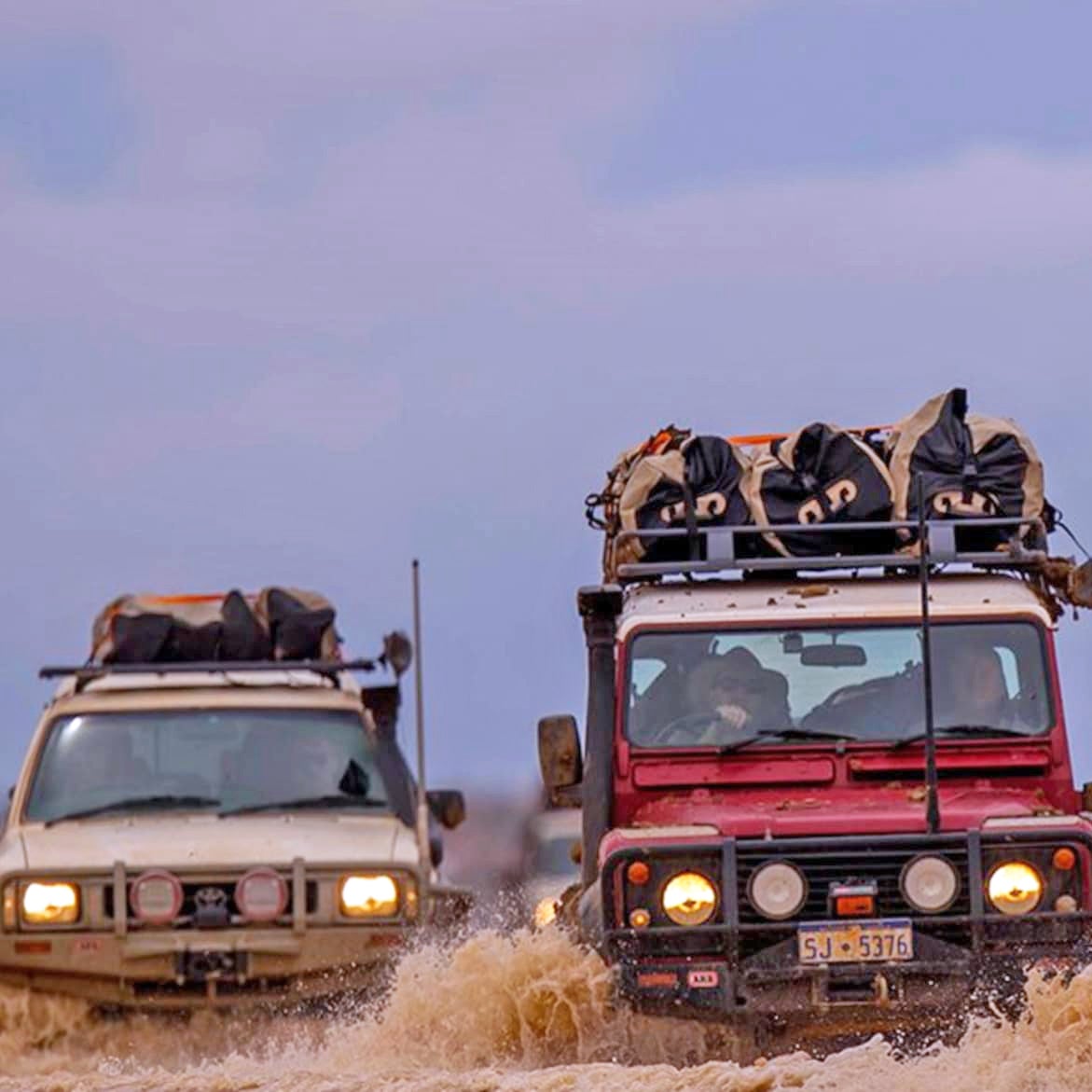
Heading out the door? Read this article on the Outside app available now on iOS devices for members! >","name":"in-content-cta","type":"link"}}'>Download the app .
All of a sudden, it seems like everyone wants to go overlanding. Curious about it yourself? Here’s everything you need to know about the gear you’ll need, where to go, and smart tips that’ll make your first trip successful.
What’s Overlanding?
We’ve previously defined it as “ backpacking out of a vehicle .” That is to say: you’ll be going on an adventure through remote places and relying on the gear you carry with you. Only, with a truck, motorcycle, or car, you’ll be able to travel much farther, and it’ll be a lot easier to bring items like good food, quality booze, and a comfortable sleep system and shelter along.
What makes overlanding different from simply going off-road, or taking a car-camping trip, is the emphasis on travel over exploring the technical limits of your vehicle. An ideal overlanding trip should involve exploring new places.
Does the definition of overlanding seem a little vague and open-ended? That’s on purpose. What’s new and exciting for you will be different from what’s new and exciting, or even possible, for others. The key here is to get out of your comfort zone and test yourself within the realm of your other interests, your tolerance for risk or discomfort, your level of experience, and the capabilities of your vehicle and other gear.
What Vehicle Do I Need?
Scroll through Instagram and it’s easy to get the idea that you can’t go overlanding without a totally customized truck that has a bunch of tents, shovels, and fuel canisters bolted all over it. The opposite is actually true. You’ll probably have a better time—and save an awful lot of money—if you start out with whatever vehicle you currently drive.
I explored the features that give cars and trucks off-road capability in this article. Even if you drive a Toyota Prius or a Subaru Outback, there are plenty of remote places you can visit. Besides, cars like those will make the highway miles go by much easier than any 4×4 ever will. As long as you’re on good tires and the weather conditions aren’t extreme, exploring smoother Forest Service roads or paved ones through the middle of nowhere will still turn up plenty of awesome views and neat spots to camp.
That said, adding vehicular capability, either by purchasing a 4×4 or even making modifications to one, can open up significant new travel possibilities, add a margin for safety, and give you more confidence in variable weather. A simple dirt road that presents no obstacle whatsoever in dry conditions can become impassible to all but the most capable, expertly driven 4×4’s when heavy rain turns firm dirt into deep, slippery mud. And that can happen overnight, when you’re already miles from a paved roadway. Always keep an eye on the weather.
How can you find routes appropriate for your vehicle and experience level? I use an app called OnX Offroad , which allows you to filter trails by their level of difficulty. Routes it categorizes as Overland should be accessible to any carefully operated vehicle with good tires; those classified as High Clearance 4×4 trails should only be attempted with a true four-wheel-drive truck or SUV.
Where Should I Go?
Leaving well-trodden paths behind is the name of the game here. But that doesn’t necessarily mean you need to drive a Jeep up a vertical rock wall to find a spot to camp. Not only do our country’s 985 million acres of public lands offer ample travel routes, but rural roads through private land (and even foreign countries) combine to provide nearly limitless possibilities for the adventurous traveler.
In the Northeast: Maine
Just hours from the Northeast’s conurbation, Maine offers 210,000 acres of federally managed public land, 600,000 acres of state-managed public land, and, uniquely, 10,000 miles of dirt logging roads that mostly run through private property. The dramatic beauty of the Atlantic coast, the quaint, welcoming nature of the villages, and the seemingly endless stretches of forest make this state an obvious go-to for overlanders seeking a destination worth exploring in this region.
Know Before You Go: I strongly encourage you to check out Maine’s vast network of logging roads. Understand that you’ll be traveling through a confusing maze of both public lands (where you can camp) and private areas (where you can’t). A mapping app like OnX Offroad will make discerning the difference between the two a sure thing.
Gear You’ll Need: If there’s one thing you’re sure to find in Maine, it’s bugs. You already know you need to bring a deet-based bug spray and a Thermacell repellent but since you’re visiting in your car, there’s no reason you can’t bring a bug-proof shelter, too. Throw a Nemo Bugout Screen Room ($250) over your picnic table, and you’ll create a respite from mosquitos and black flies, as well as passing rain showers.
In the Northwest: British Columbia
The Canadian border has yet to reopen ( reports indicate that it will remain closed until at least June 21), but when it does, you should absolutely travel through British Columbia. Ninety-two percent of the roads in this 365,000-square-mile province are unpaved. And that’s saying something, since Vancouver is home to a world-class city and other small towns, like Victoria, offer real culture.
Know Before You Go: Want to see whales, bears, and the northern lights? The easiest way is to travel by ferry. The boat from Port Hardy to Bella Coola follows as beautiful a route as any cruise ship, for a fraction of the price. Bring a sleeping pad and bed down on the deck for the full experience—it’s a 20-hour ride.
Gear You’ll Need: When you disembark that ferry, you’ll be in about as remote a spot in North America as you can find. I’d plot routes between gas stations carefully and bring enough tire-repair gear to be entirely self-sufficient.
In the Southeast: The Outer Banks
No, you’re not going to be doing a thousand miles of continuous off-roading on North Carolina’s eastern shore, but you can find remote beaches that are legal to drive out onto and camp on—and have to yourself. Catch some waves, cast into the surf, and relax. Best of all, you’re within a couple hours’ drive from cities like Virginia Beach, Virginia, or Charlotte, North Carolina.
Know Before You Go: Pretty much any vehicle can get out onto a sandy beach without getting stuck. The trick is to lower your tire pressure to 15 pounds per square inch (psi) or less. Doing so lengthens the contact patch of your tires, enabling them to float on top of the sand. Just make sure you air back up to safe street pressures (you’ll find those listed on a table inside the driver’s-side doorjamb of your car) before returning to pavement or you’ll experience a blowout.
Gear You’ll Need: Camping on a beach? Not only are you going to want shade, but you’ll need a shade structure that’s stable. Consult my deep dive into vehicle-mounted awnings for advice.
In the Southwest: Baja, Mexico
Do yourself a favor and skip Utah’s crowds in favor of Baja’s beaches. South of the border, you’ll find delicious, fresh food and a 900-mile-long peninsula full of shorelines where you can drive your truck right out to camp. I’ve detailed what it takes to visit this overland nirvana before.
Know Before You Go: Mexico hasn’t been as fortunate with its vaccine rollout as we have. But masks have not been politicized there. Be sure to respect the safety of locals: pack masks and plan to wear them in any and all public spaces.
Gear You’ll Need: I’ve explained my Baja loadout . Beyond that, bring a good attitude. This is a friendly place full of nice people. The vibes you put out will dictate the experience you take away.
Something More Specific: Backcountry Discovery Routes
You’ll note that none of the above suggestions include specific destinations or routes. I don’t leave those out to keep certain areas secret; I do it to encourage you to find your own adventure. Need something a little more specific? Check out Backcountry Discovery Routes .
Originally created for adventure motorcyclists, the free GPS tracks include information like bridge widths (important if you’re driving a big truck) and the location of gas stations, hotels, campsites, and other amenities. Load one of these into your favorite navigation app and you’ll be good to go. The turnkey nature of Backcountry Discovery maps makes using them almost absurdly easy. You’ll have access to photos, food recommendations, even video run-throughs. Just prepare appropriately for the terrain and forecasted weather conditions, and you’re assured a good trip.
What Should I Pack?
Depending on your level of experience, you may already have some or all of this gear, or none at all. That’s OK! Here’s a complete list of everything you’ll need.
Camping Gear
- Here’s my up-to-date list of the best possible car-camping gear currently available.
- This is my own solar-powered fridge-freezer setup , which is capable of running constantly, even without turning your truck on. You don’t need this unless you are extremely serious about eating really nice food weeks away from civilization.
- This is my personal camp-kitchen setup . With it I’m able to cook in the wilderness as well as I do in my fancy kitchen at home.
- Don’t like sleeping on the ground? If you drive a crossover, a wagon, or an SUV, I recommend the Go Fast Campers SuperLite rooftop tent ($1,200). If you want something even more ridiculous, the Go Fast Campers Platform ($8,000) will transform any pickup into your personal camping cabana.
Repair Gear and Car Advice
- Driving a late-model or brand-new vehicle is the best option for people who don’t consider themselves amateur mechanics. An affordable new car is a better option for most than a fancier but older vehicle.
- Choose a vehicle that’s often found in the areas you plan to travel to. One of the reasons I drive a Ford Ranger is that I use it to visit Mexico, a country where that vehicle has been widely sold since 2011. Similarly, I modified my wife’s Toyota Land Cruiser to use more common suspension components from a Toyota Tundra, increasing our ability to find parts in remote areas.
- Consult a knowledgeable mechanic, owner’s forum, or similar resources, and create a list of parts mostly likely to fail on your rig. If those parts are not widely available, order spares and take them with you.
- Replace your vehicle’s fluids, filters, and other wear items before traveling.
- Buy a comprehensive mechanic’s tool kit , like those sold by Harbor Freight, and carry it with you.
- Zip ties , duct tape , and J-B Weld (or a similar liquid metal) can fix virtually anything—temporarily.
- Find and download a shop manual for your vehicle. Make sure it’s stored and accessible on your phone.
- Even if your skills are lacking, carrying the right parts, tools, or shop manual will enable a Good Samaritan or local mechanic to help you out.
- Bring more flashlights than anyone could ever possibly need.
- I showed you how to use tire-repair gear and an air compressor here. It’s a good idea to practice changing an old tire at home before traveling.
- A portable jump starter will allow you to restart a car with a dead battery, even in the absence of outside help.
Recovery Gear
- Absolutely everyone driving any sort of vehicle in a remote area should go armed with a set of Maxtrax .
- The same goes for a kinetic recovery strap and three-quarter-inch shackles. The ARB Weekender kit has all you need.
- If your car does not provide appropriate, strength-rated recovery points, you’ll either need to add some or carry enough gear to make a recovery safe. For most passenger cars, like Subarus, this means ordering an additional tow eyelet and a static strap so that a bridle can be created between the two eyelets on the front of your car. If your vehicle lacks an appropriate rear recovery point, you should visit U-Haul and have a two-inch hitch receiver fitted. Carry a receiver recovery point to use with that, in addition to all of the above.
Emergency Gear
- Carry a satellite communicator like the Garmin InReach Mini . If you get into trouble you cannot fix, stay with your vehicle and use your device to call for help.
- Purchase, learn how to use, and customize a real first aid kit to your own needs. Account for any allergies or other medical conditions.
- Invest in an automotive fire extinguisher .
- Bring still more flashlights.
- Plan to pack at least one gallon of water per person, per day. Account for delays.
- Carry cash—as much as you feel comfortable—divided between multiple hiding places in your vehicle.
- Always stash a spare key, either secured externally in a lockbox or carried on the person of another traveler at all times.
What Rules Do I Need to Follow?
The goal for anyone recreating outdoors should be to leave any place they visit better than how they found it. The simple set of guidelines is called Leave No Trace . I won’t detail all of that here, but it’s worth going over the information specific to vehicle-based travel.
- Drive only on established trails. Any action that creates new tire tracks incrementally harms the environment. Scale that across millions of people, and that quickly becomes less incremental. Any U-turns, pullouts, or camping spots should only be made on or across established tracks.
- Source firewood locally. Especially on the West Coast, invasive insects are wreaking havoc on tree health. Buy firewood at the last town before hitting dirt, and you won’t spread ’em.
- Pack it out. This goes for trash, toilet tissue, dog waste, and, in many places, even your own poop.
- Camp where others have camped before. The least impactful campsites are those that already exist. Look for established parking areas, tent sites, and fire rings, and use them.
- Camp at least a mile from any trailhead or campground, within 100 feet of a trail, and 200 feet away from any water.
- Be aware of local fire regulations, and if you are able to have a fire, make sure it’s completely out both before going to sleep or leaving camp.
- Know your land. Use a mapping app like OnX to ensure you’re legally camping on appropriate public land. Or that you have written permission from the right landowner.
How Do I Stay Safe?
Overlanding lets you travel farther than most other kinds of backcountry recreation. That’s incredible, but it also means you’ll potentially find yourself far from help should something go wrong.
The foundation to safely recreating outdoors, in any activity, is to carefully evaluate any risks, then take steps either to avoid them or reduce the odds of those risks occurring as much as possible—while also preparing for that stuff happening. Let’s extrapolate that beyond camping and into off-road or remote-road travel.
First, learn the limits of your vehicle and the equipment it uses. This is the most important, but also most difficult, step. Automaker marketing suggests that virtually any vehicle on sale today is able to tackle challenging off-road trails. We should all understand that marketing claims do not represent reality. All-wheel-drive crossovers should not be driven on anything more challenging than a simple dirt road in good weather. And even then, the economy tires they come with should first be replaced with a set of quality all-terrains . And even that simple dirt road can involve obstacles that a crossover may be unable to handle.
If you plan to take a non-purpose-built vehicle on a trip through a remote area, first take the time to visit a low-consequence area to learn what the car is and isn’t comfortable on. Make sure that area is close to home and covered by cell reception, and consider taking a friend in another vehicle along, just in case you get stuck. Anyone who has never used recovery straps, Maxtrax, and other recovery gear should also practice with that equipment ahead of time.
That’s not to say that equipping yourself with a real 4×4 is going to make your experience easy. Four-wheel-drive vehicles—especially modified ones—often feature capabilities and systems that can prove dangerous in inexperienced hands. Anyone who hopes to make full use of a four-wheel-drive truck or SUV should seek out professional training before attempting to exploit those capabilities.
Without exception, every single road-legal vehicle ever sold includes a gross-vehicle-weight-rating number that you’ll find in the owner’s manual or inside the driver’s doorjamb. GVWR is the maximum weight a vehicle can support, including its own weight, plus that of humans, cargo, fuel, and anything else in or on it. Exceeding that number doesn’t just squish the suspension, it will also overtax essential stuff like the cooling system and transmission, potentially causing a crash, rollover, or breakdown. Your vehicle’s GVWR is probably a lot lower than you think. Take that number into account when performing modifications. And even if you’re just loading up your wagon to go camping, take the time to visit a vehicle scale and get a real number for how much weight you’re carrying before you actually head out. Exceeding the GVWR could also expose you to legal liability should you be involved in a crash.
Can I Book a Guide?
If any of this sounds intimidating, or if you simply want to speed your entry into the overlanding world, booking a guided trip might be for you. Local clubs may also prove to be a less intimidating way of learning skills and finding new destinations.
The Curated Experience: Wilderness Collective
Short on time and high on expectations? The California-based Wilderness Collective organizes high-end motorcycle, UTV, and snowmobile trips to bucket-list destinations, complete with restaurant-quality food and drink and professional filmmakers. From about $3,000, the trips aren’t cheap, but they include absolutely everything you need. Just show up and have fun.
BIPOC-Led Adventures: Camp Yoshi
Ron and Rashad Frazier grew up camping and want to bring that experience to more people . The idea with their trips isn’t only to provide a welcoming environment but also to educate guests on the skills it takes to venture out on their own afterward. Starting at $2,500, the food’s good, the company is better, and the gear and vehicles are top-notch—because I helped them make sure they’re the best available.
Straightforward Training: Barlow Adventures
Want to focus on advancing your off-road skills while also enjoying an epic experience? From $300 per day, Barlow Adventures will rent you a Jeep and show you how to get the most out of it in epic destinations ranging from Moab, Utah, to the Rubicon Trail in California. Nena Barlow and her guides are the best four-wheel-drive trainers in the business.
Before you jump in your car, download Gaia GPS to put the leading maps for overlanding on your vehicle’s dashboard screen.
- Indefinitely Wild
When you buy something using the retail links in our stories, we may earn a small commission. We do not accept money for editorial gear reviews. Read more about our policy.
Popular on Outside Online

Enjoy coverage of racing, history, food, culture, travel, and tech with access to unlimited digital content from Outside Network's iconic brands.
Healthy Living
- Clean Eating
- Vegetarian Times
- Yoga Journal
- Fly Fishing Film Tour
- National Park Trips
- Warren Miller
- Fastest Known Time
- Trail Runner
- Women's Running
- Bicycle Retailer & Industry News
- FinisherPix
- Outside Events Cycling Series
- Outside Shop
© 2024 Outside Interactive, Inc
How to Start Overlanding: Easy Adventure Travel for Beginners
- Last updated on May 11, 2023
So, you’re interested in overlanding, eh?
Overlanding travel is one of the oldest and most adventurous ways to get around. Before it became a recreational activity in the early 1900’s, it was just called travel.
Every trip from one place to another was overlanding. But nowadays, most people get into overlanding to have fun camping off-grid in beautiful places.
I’ve overlanded thousands of miles, from Maine to Washington and even down to Baja Mexico. And I’m about to share everything I know!
If you’re ready to take your first overland trip, this guide will help you learn everything you need to know about the basic camping gear, overlanding vehicle, and skills to get out there.
What is Overlanding?
Overlanding is vehicle-based, self-reliant adventure travel. It’s about packing some gear and a tent and going off-road to remote destinations.
Historically, overlanding began as backcountry motorcycle exploration with adventure bikes. But since its inception as a recreational activity in the early 1900’s, it’s grown to include all kinds of off-road vehicles.
Related Reading: Off-Road Vehicles Create Booming $12.3 Billion Dollar Market
What Vehicle Do You Need to Start Overlanding?
The best overlanding vehicles are those with high-clearance and 4WD. However, you can turn simple car camping into an overlanding trip, regardless of what vehicle you have right now.
The thing is, while you may need four-wheel drive to do some of the more fun off-roading trips, there are plenty of cool dirt roads any vehicle can go on so you can start with what you have.
All wheel drive helps, but again, it isn’t needed.
What you really need is a reliable vehicle, some food & water, a place to sleep, and a general idea of where you can and can’t go with your vehicle.
Related Reading: The 7 Best Toyota Tacoma Camper Truck Setups in 2022
Where Should You Go?
There are so many incredible places to explore and go dispersed camping in the US and even in Mexico. The options are almost endless.
For your first trip, you should go somewhere you already know that either has cell service or isn’t too far out in the middle of nowhere. Any old back road will do (that you have permission to be on, of course!)
But if you don’t have anywhere in mind, you can find overlanding spots with Google and apps .
I like to use the app OnX Off Road . They have off-road maps with trails that show terrain, difficulty rating, and other overlandering enthusiasts’ reviews of the trail.
You’ll often see pictures of the trail and people will say whether you need 4×4 or high-clearance to get through the trail.
Other options for finding cool overlanding trip ideas include:
- iOverlander
- Recreation.gov
You can also always call or visit your local ranger’s office and ask them where trails are and what your specific vehicle can handle. They often have local maps that show the area and far more insight than you’ll get in most apps.
In general, you want to look for public lands like BLM (Bureau of Land Management) land or national forests.
What Gear Do You Need for Overlanding?
When it comes to overlanding gear, you can easily get carried away. At least, I know I did when I first started!
But before you dump all your money into cool camping gear, here’s some advice:
Make a list of everything you have, take it on a weekend trip, then note everything you didn’t use and everything you wished you had while on the trip.
This way, you’re not packing extra unnecessary gear and you get to see exactly what overlanding gear you’ll need but don’t have.
That said, the true essential overlanding gear is:
- Shelter (tent or spot to sleep in your car)
- Bedding (pillows and blankets or sleeping bags)
- Food & water (and a place to store it)
- Lighting (flashlight or headlamp)
- Basic recovery gear (like a shovel , recovery strap, and jack stand)
- Communication gear (like a satellite phone, GMRS radio , or at least a cell service booster)
- First aid kit
- Tire repair kit
- A good pocket knife
- Some good traction boards (just in case)
Everything beyond this is about making life easier and more fun. But with just the above essentials, you can get on the road.
Of course, if you really want to go to remote places and have an off-roading journey, you should also look into vehicle gear like skid plates, a roof rack , good off-road tires , and other must have gear for heading to remote areas. But these are advanced and not necessary to get started.
How to Start Overlanding Today
Ready to get started overlanding? Awesome! Here’s what to do:
- Make a list of everything you have for overland travel
- Pack it all up into your overlanding vehicle
- Pick where you want to go by researching on the apps or calling a ranger station
- Head off road to your destination
- Enjoy & return!
It really is that simple. My best advice would be to go out there with what you have now and see if you enjoy it. If you do, you can look into buying true overlanding vehicles and decking it out with all the best off-roading gear you can find over time as you learn what you like.
Related Reading: The Ultimate Guide to Camping With Dogs
Frequently Asked Questions
Here are a few things I’m often asked about overlanding:
Where do you poop when overlanding?
You have a few bathroom options when you’re off the beaten path:
- Use public restrooms or pit toilets when available
- Go outside and bury your poop
- Poop in a bag and pack it out
Be sure to adhere to local rules and guidelines. Some places won’t even allow you to bury your poop and make you pack it out, in which case it’s a good idea to have a portable toilet.
It’s also fun to have a portable camp shower to stay clean no matter where you go!
What is the difference between overlanding and camping?
Overlanding and camping are basically the same thing. The only difference is that overlanding typically means vehicle-based camping over long distances, sometimes for long stretches of time. You can camp for a weekend. You can overland for a month!
What is the best state for overlanding?
The best state for overlanding right now is Utah. With all of its national forests, public lands, and vast stretches of empty space, there are more options to explore than other states.
California, Arizona, and Colorado are also excellent states to go overlanding in. But regardless of the state you live in, there are places to go exploring. You just have to look!
Do you need 4×4 to overland?
No, you do not need 4×4 to overland. Most overlanders have 4×4 vehicles, but you can absolutely go overlanding in whatever vehicle you have right now, as long as it’s reliable.
That said, to truly go off-roading to the more remote destinations, you will likely need four-wheel drive with high clearance. It really just depends on where you want to go.
But some of the coolest places I’ve ever visited were on simple dirt roads that any old vehicle could go on.
Final Thoughts
I hope this beginner’s guide to overlanding helped you find some basic information and get out there to go on an adventure!
If you have any questions on overlanding or off-roading, feel free to drop a comment below and I’ll do my best to answer it.
In the meantime, here are some other guides to help you become more self-sufficient and explore the coolest wilderness areas:
- What is a Snatch Block & How Do You Use It?
- Beginner’s Guide to Truck Bed Camping
- Overlanding Solar Power Setup Guide for Beginners
- How Many Truck Drivers Are There in the US?
Bill Widmer
Get Our Overlanding Guide
Interested in overlanding? Click the button below to get our free beginner’s guide and hit the trails ASAP! No expensive vehicle required.
FOLLOW OUR ADVENTURES
OVERLANDING 101
Subscribe below to get your free beginner's guide to overlanding!

OVERLANDING EXPEDITIONS
After traveling with Overland Travel, you'll have thousands of stories to tell. Because those who see a lot, have a lot to say. Our trips are not about who gets from A to B the fastest, but about what you see, do and experience.
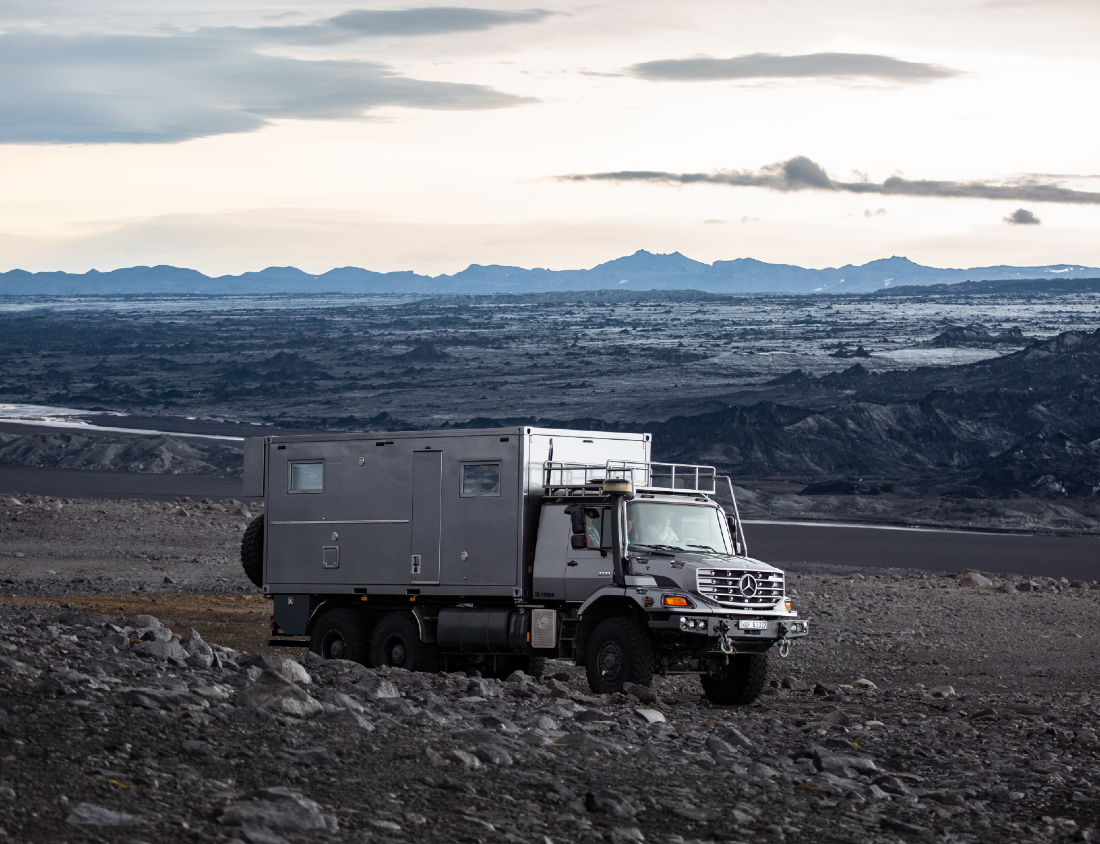
OVERLAND ENGINEERING
Want to enjoy your next adventure without worry and in comfort? Leave the construction, modification, transport, servicing and maintenance of expedition vehicles to our experts.
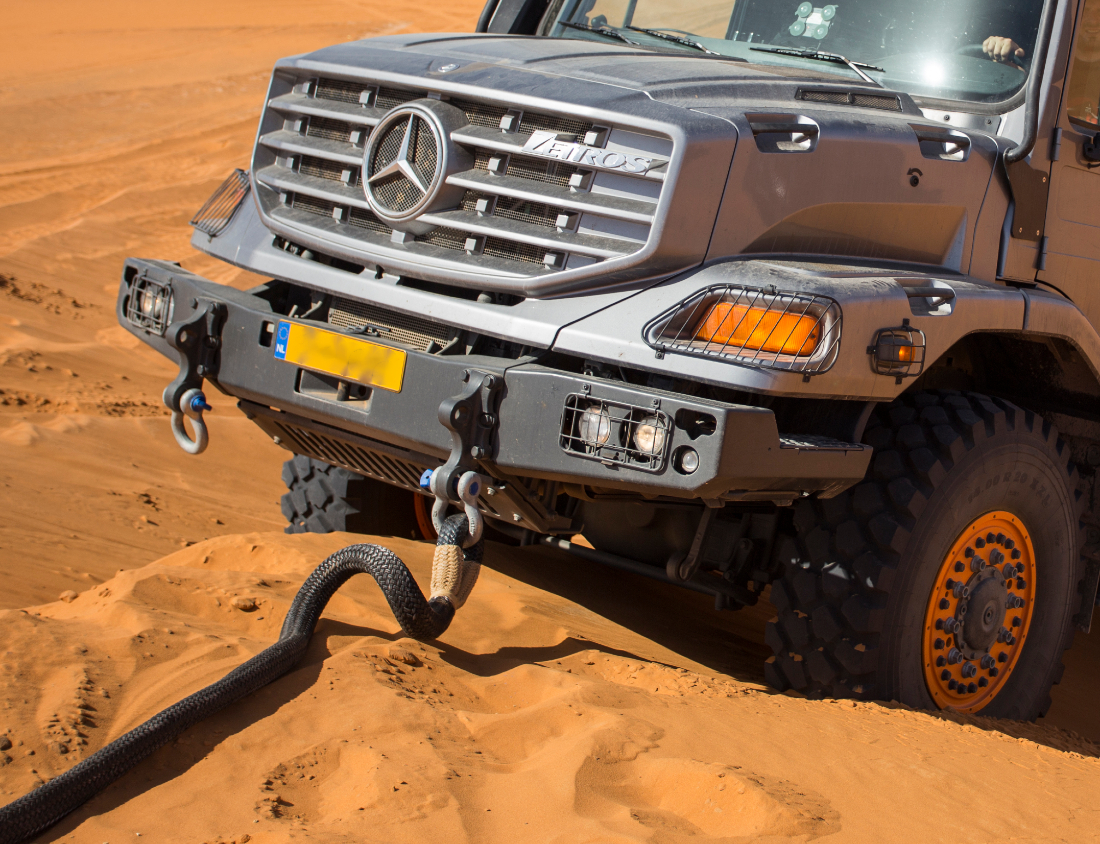
OVERLANDING SUPPLIES (soon)
Through our years of travel experience we know better than anyone what equipment you need during an expedition. We have selected the best products with an optimal price-quality ratio for you. Everything for a safe and carefree journey.
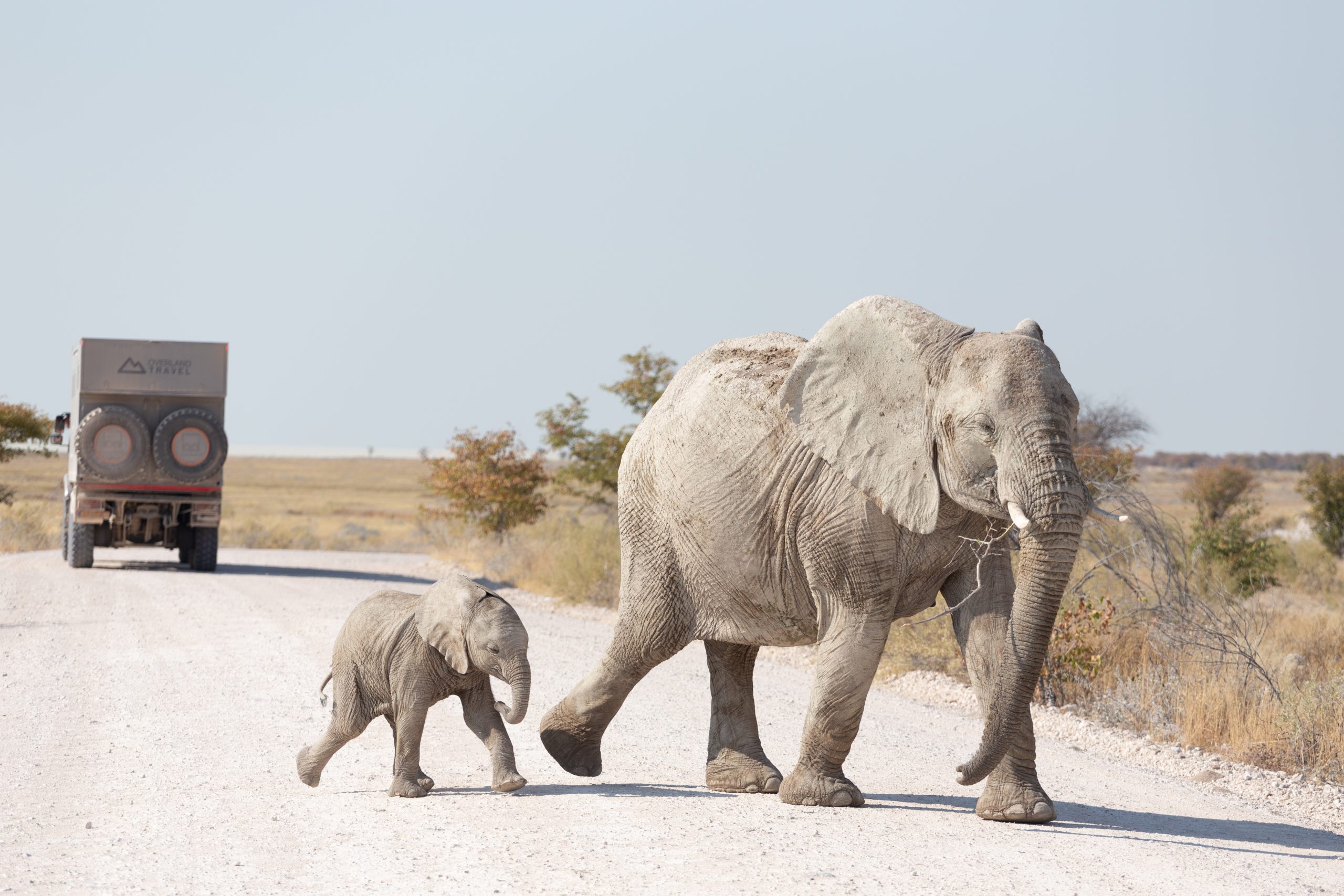
OFF THE BEATEN TRACK
At Overland Travel, we don't do comfort zones. We'll take you from A to Best places in the world. We like to travel (far) off the beaten track to the most special places on earth. Think again before you clean your car or truck and park it in the garage. After all, a clean vehicle tells no story.
Join the group of pleasure seekers and adventurers. Pack your bags and join us for an adventure. Push boundaries and make memories. After traveling with Overland Travel, you'll have thousands of stories to tell. Because those who see a lot, have a lot to say. The travel program up to 2025 is already waiting for you. The anticipation is just as important.

Kevin Kooijman
Overland Travel
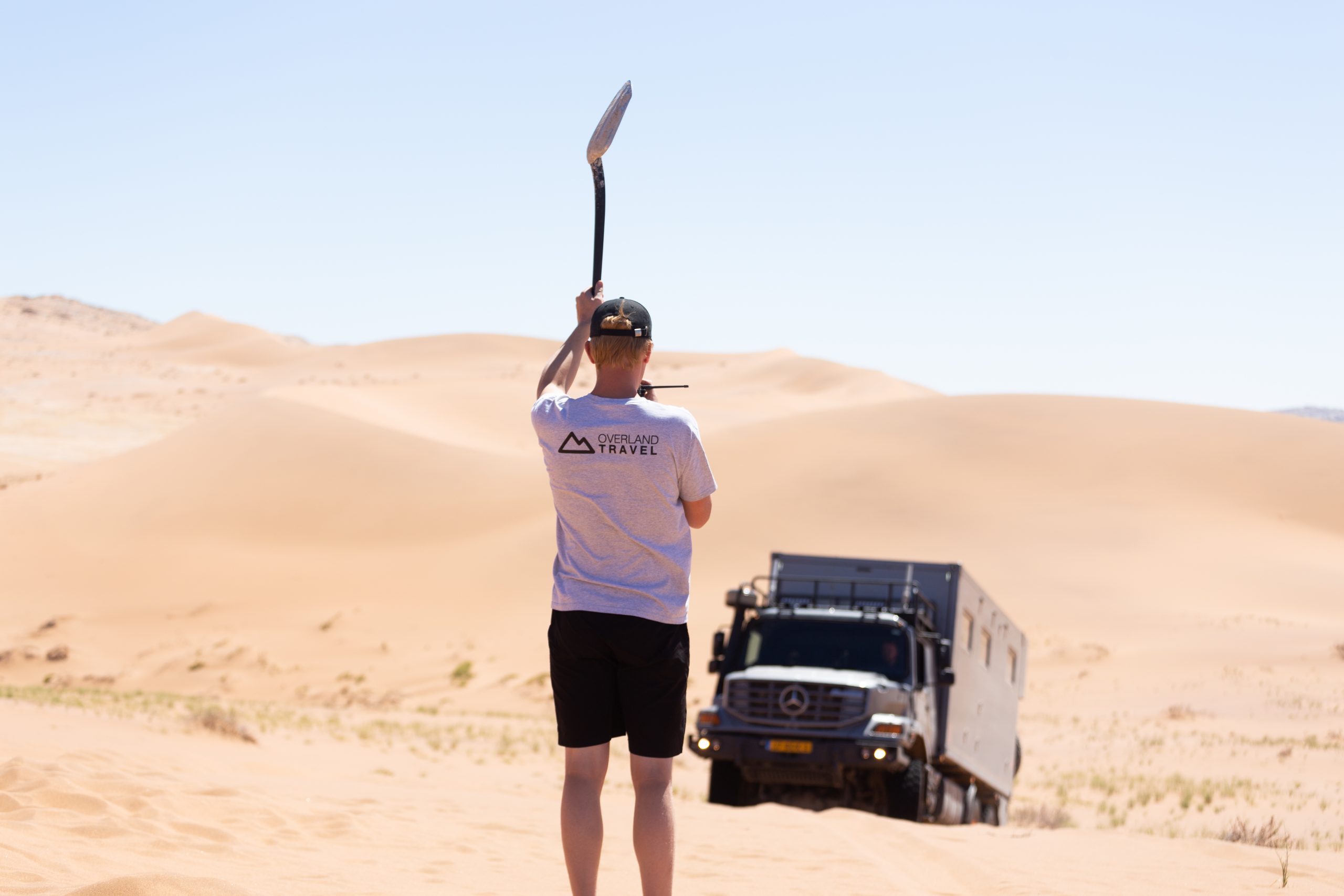
Turn your dream
Into a plan, travel agenda.
Our travel calendar up to 2025 is already waiting for you. After all, the anticipation is just as important.
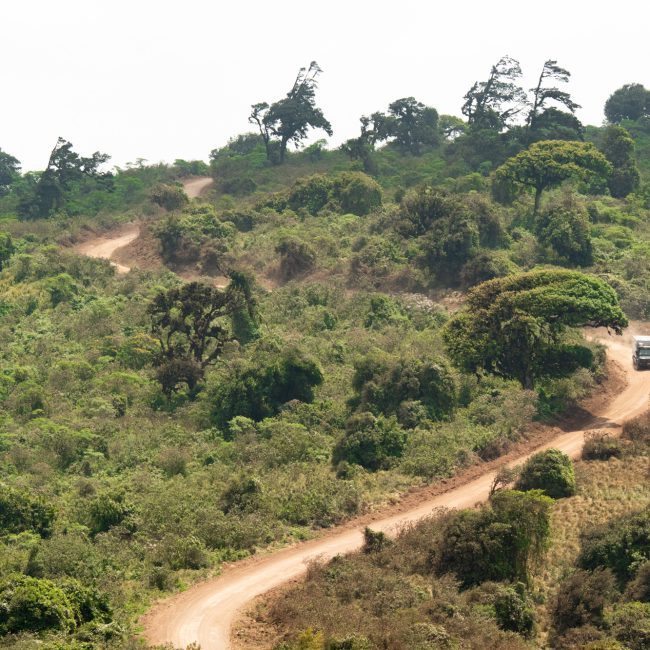
South America expedition | part 1
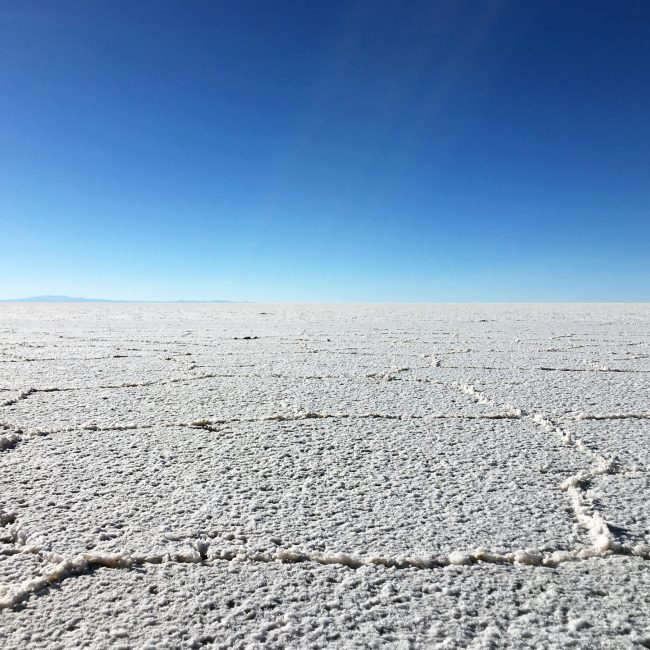
South America expedition | part 2
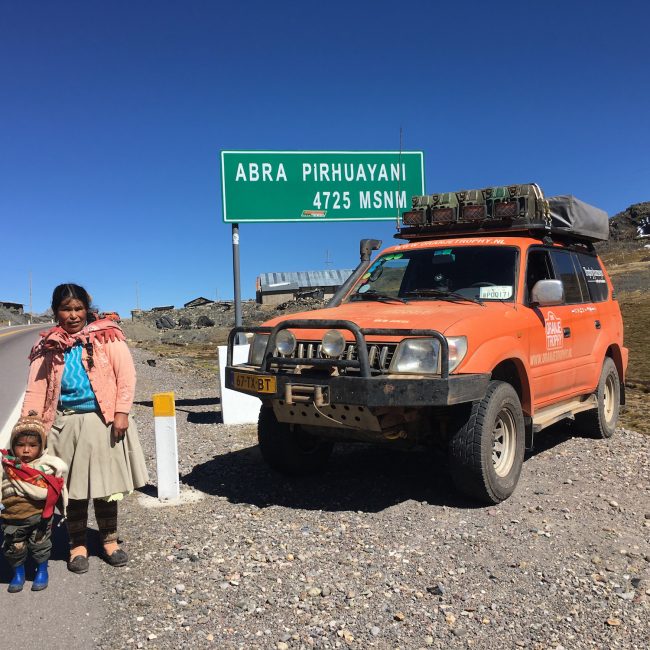
Iceland rental expedition – trip 1
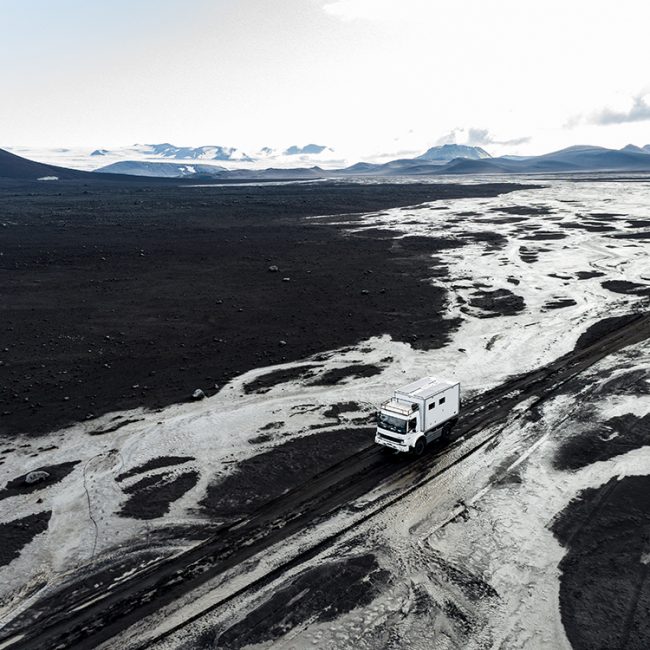
Iceland rental expedition – trip 2
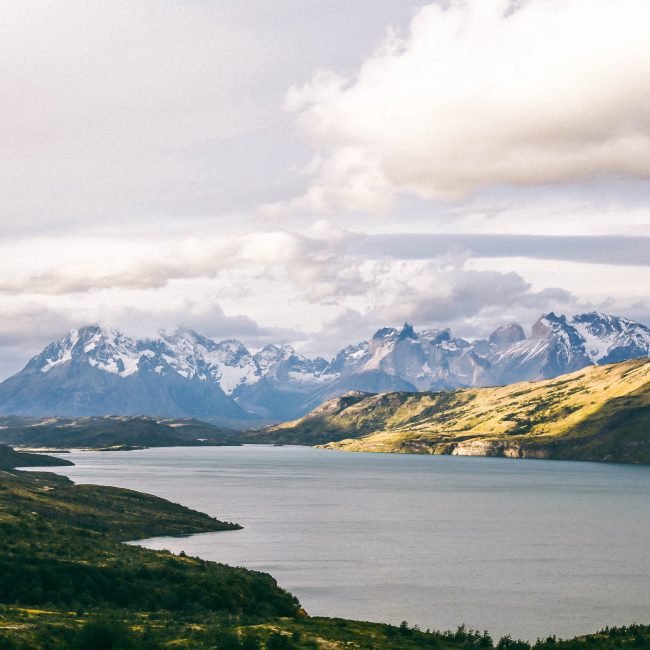
South America Expedition | Part 3
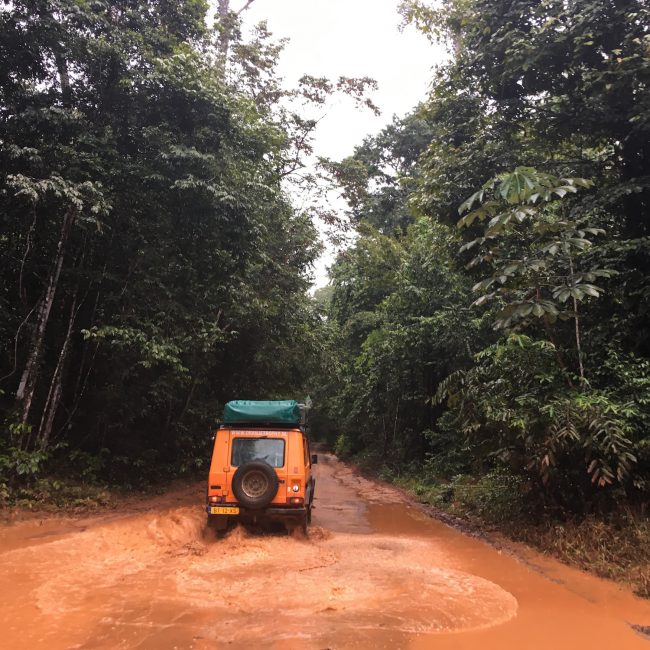
North Cape Expedition
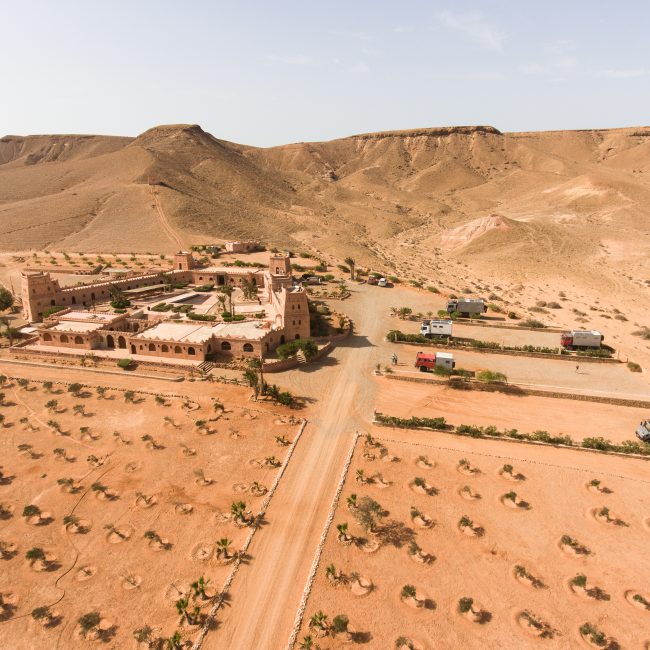
Morocco rental expedition – trip 1
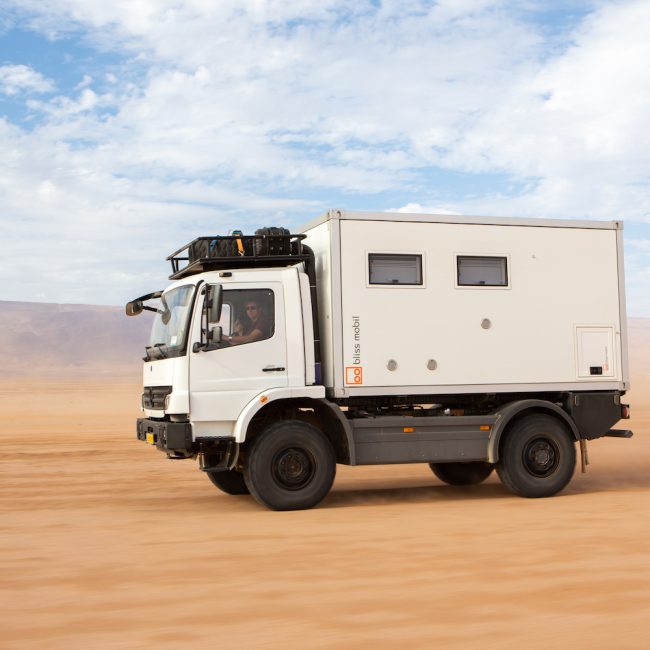
Morocco rental expedition – trip 2
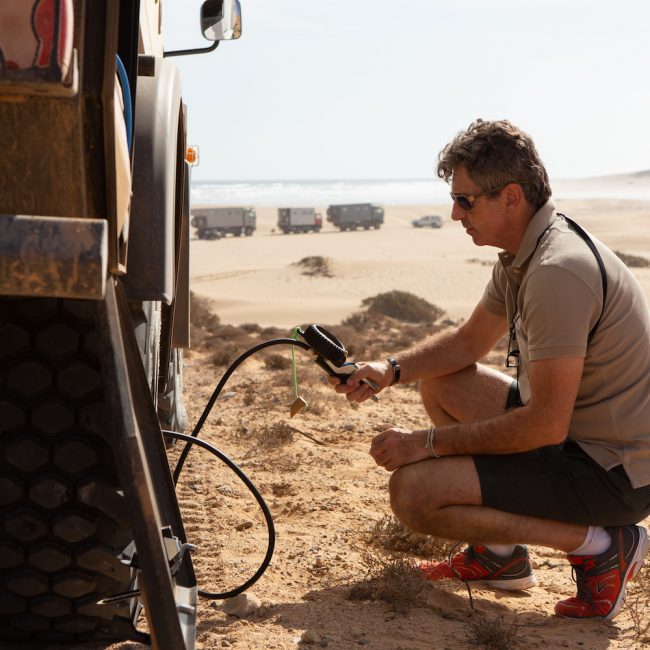
Morocco rental expedition – trip 3
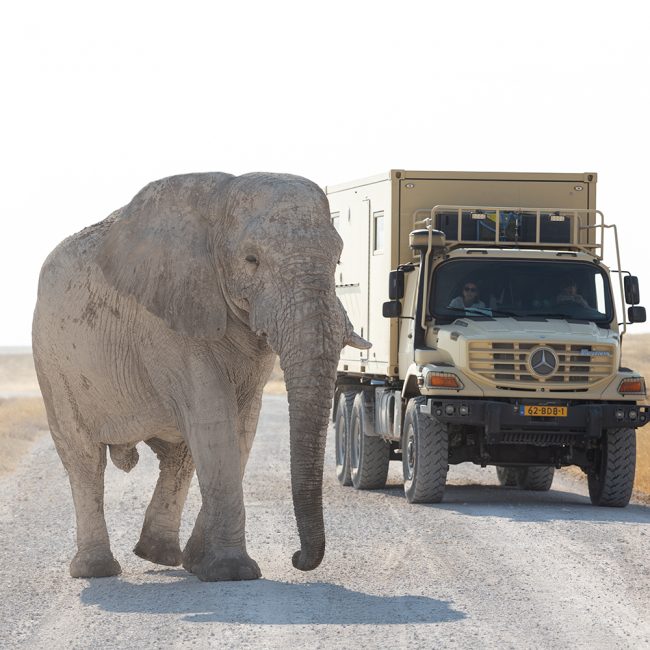
Namibia & Botswana expedition
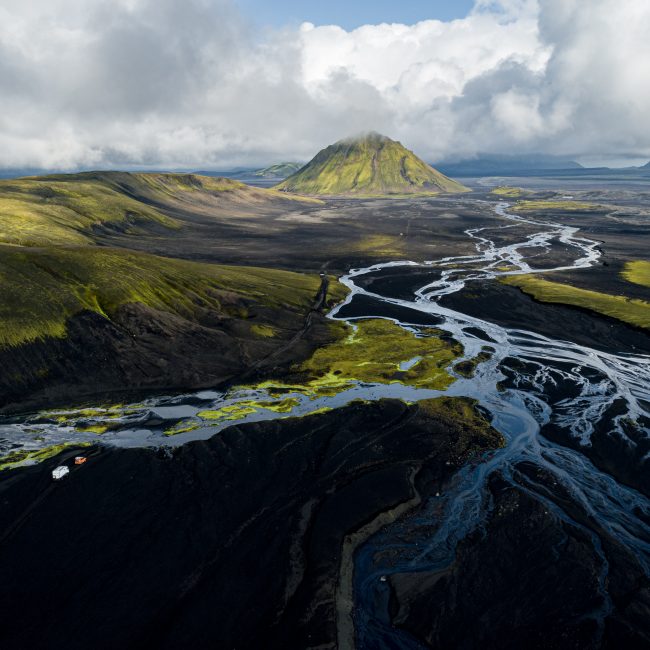
Iceland rental expedition – trip 3
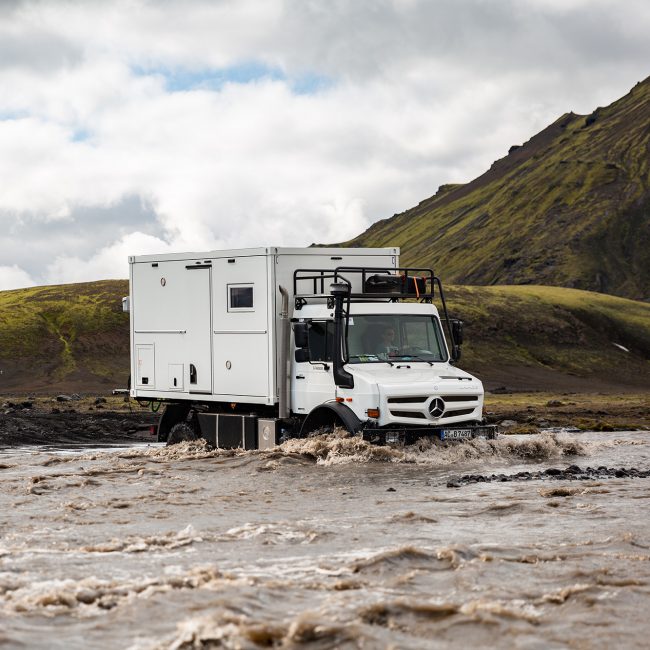
Iceland expedition
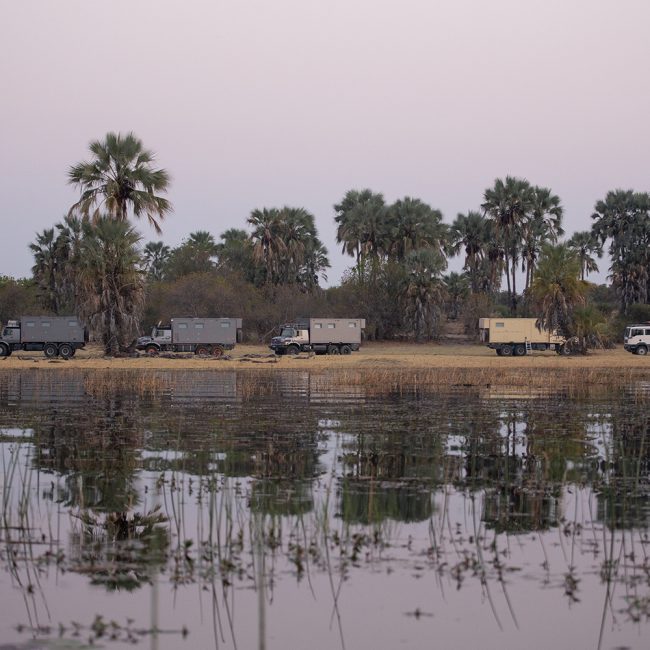
Botswana, Zimbabwe, Zambia, Malawi & Tanzania expedition
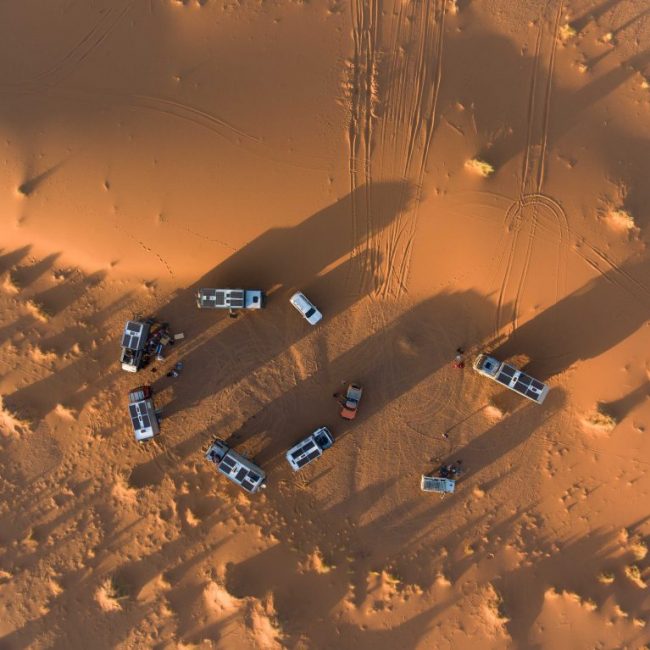
Morocco expedition
Discover our expeditions, make a plan, go on an adventure, from dream to plan.
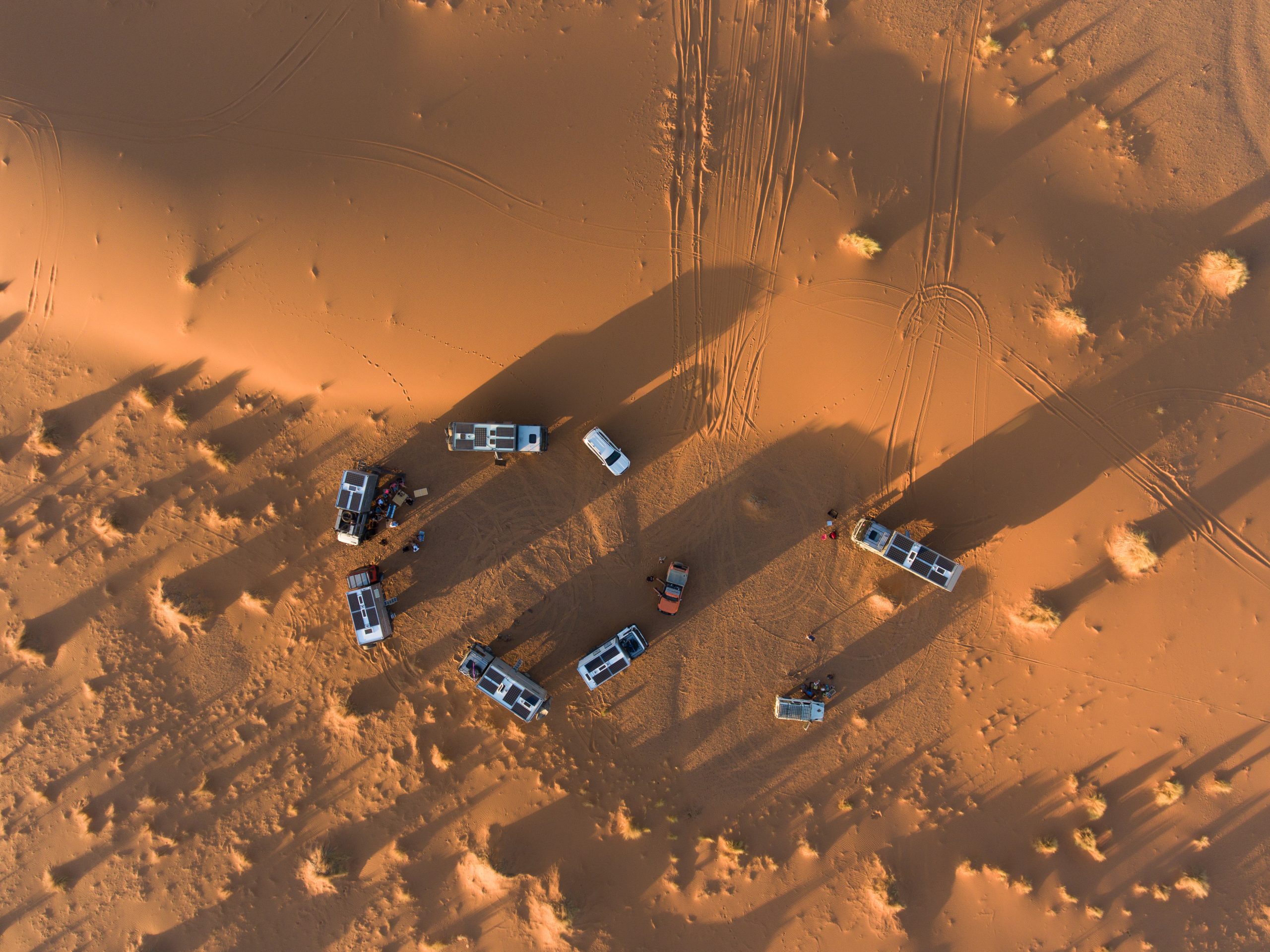
STAY INFORMED
Don't miss anything.

tell me more
Enter your details below and learn about all the perks you get by using Xtrail Explorer.
Or call us for more info:
+1 312 749 8649


- X (Twitter)

Overland Travel Packing List – 20 Overland Essentials You Need to Take
Overland travel is a great way to see remote parts of the world.
No matter how you define overland travel and whether you want to join an overlanding tour or go with your own vehicle, you’re bound to have a great time.
And it’s going to be even better if you pack the correct overland gear. Overlanding is different from other trips because you will be camping, often in remote areas, so you need to adjust your packing list.
Daniel and I met on an overlanding trip along the Silk Road. After spending months in a yellow truck, we had a pretty good idea of the gear we should have taken, the items we should have left at home and what we would never travel without.
It doesn’t matter whether you are overlanding in South America, overlanding West Africa or exploring the US; a few overlanding essentials should always be in your luggage.
Some of those essentials only apply if you’re travelling in your own car. Others apply to everyone. We have sorted them so you can easily find out which ones you need, depending on your overlanding style.
What is overland travel?

Overland travel is, simply said, going from one place to another without taking a plane. You are not leaving the land, therefore, you are going overland.
Many people have different definitions of overlanding. Some see it as a long trip between places that are far apart. Travelling overland from Europe to Southeast Asia, for example, is one of those trips.
Others see overlanding as going off-road. Overlanding in the USA, for example, often means that you get a jeep and leave asphalted roads behind.
When overlanding, you can either take your own vehicle or join an overlanding tour. For example, overlanding in Africa is very popular because a lot of tour operators offer trips there. In other areas of the world, you will have a harder time finding a company that specialises in going overland.
Whether you are taking your car or are going on a tour, you need to be mindful of the space available for your luggage. Pack your vehicle in advance at home if you are going with one.

If you are travelling with a company, make sure to check out how much you can take. All overlanding trucks are built differently.
When we went with Oasis Overland along the Silk Road, we had a locker where we could leave bulky items, like a pillow.
On the other hand, when I went on a short overland trip to Uganda a few years ago (with a different company), we only had a small space to store our luggage. We had to take everything out in the evening, so I was grateful that my backpack wasn’t too heavy.
As you can see, you need to adapt your packing to your situation. Nevertheless, these are the items we absolutely recommend you put into your luggage:
Overlanding travel packing list

To make packing more manageable for you, we have sorted our recommended items into three categories. First, we’ll talk about the camping gear you need. Most of these items are essential if you’re travelling in your own car.
If you join a tour, you will have to look at what is included and what you need to take. Most tour operators provide tents, and some also give you an air mattress. You usually have to bring your own sleeping bag, but you might need more. Look into your tour documents to see what is included and what isn’t.
After the camping gear, we’ll get to the personal equipment that everyone should take on an overland trip.
And finally, we’ll look at items you only need if you’re travelling in your own car. Don’t worry about those if you join an overland tour.
Overland camping gear list
#1 sleeping bag.

The first thing you need to pack is a sleeping bag. We highly recommend you get good gear. Don’t try to save money here. You will use your sleeping bag every day, and the quality can make a huge difference.
When buying your sleeping bag, look at the comfort temperature and think of where you’re going. For example, on an overland trip through Central Asia, temperatures can drop below zero at night. In that case, you need a sleeping bag that keeps you warm every night.
In East Africa, on the other hand, the nights are often a lot milder, so you can get away with taking a lighter sleeping bag.
A great all-round sleeping bag is the North Face One Bag Sleeping Bag . It keeps you warm at temperatures as low as -15ºC (5 F), but you can also use it in warmer temperatures by combining and taking off various layers.
The most significant disadvantage is that the warmer a sleeping bag, the heavier and larger it gets. Therefore, if you travel to warmer climates, you should look for a lightweight sleeping bag in which you won’t be boiling at night.
The Teton Sports TrailHead , for example, will keep you comfortable on warm nights. It’s light, easy to pack, and you won’t sweat in it. Just make sure not to take it to any cold areas.
#2 Air mattress
The same principles that apply to sleeping bags also apply to air mattresses.
If you try to save money here, you will feel every tiny rock underneath your tent and have a hard time sleeping.
Plus, you will lose warmth through the ground and will spend your nights shivering despite your good sleeping bag. Good air mattresses pack up very small, so they are easy to take with you.
Even if you are going with a tour operator who provides sleeping pads, you should consider bringing your own for extra comfort.
I own the Exped Synmat UL , which is, hands down, the best air mattress I have ever slept on. It’s comfortable, easy to inflate, and it keeps you warm. Plus, it packs up into a small bag.
What else could you possibly ask for?
Get your own air mattress now on amazon.com !
#3 Overlanding tent

Most tour operators will provide you with a tent, so you don’t have to worry about bringing your own.
If you travel independently, however, you need to think about what kind of tent you want. Depending on your vehicle, you might be able to install a rooftop tent. These tents have the advantage that they’re off the ground, so you don’t need to worry about mud or uneven terrain.
On the downside, you cannot drive your vehicle once they are deployed. If you’re staying somewhere for a few days and want to use your car, you will have to pack your tent every time.
As regular tents are more versatile, this would be our choice – unless you’re planning on going on a lot of overlanding trips. But even then, isn’t it great to have a tent you can also use for regular camping?
The advantage of travelling in a vehicle is that you don’t need to worry too much about the weight of your tent since you won’t carry it long distances. That allows you to buy a tent that offers you lots of space, like the North Face Wawona 6 tent .
This tent is large enough that you can stand up inside, which you will appreciate, especially on longer overlanding tours. It also has a large vestibule where you can store some of your items. Click here to buy it on amazon.com !
#4 Overlanding table and chairs

If you’re going on an organised tour, you usually don’t need to worry about this. But if you’re travelling in your own vehicle, you need to bring your own overlanding chairs and table.
Even though weight isn’t the most essential factor when you’re travelling in a car, you should still try to find chairs and a table that pack up relatively small. You need to take a lot of equipment with you, and it all needs to fit into your vehicle.
The Big Agnes Big Six Armchair is very comfortable and takes very little space. It’s the perfect chair for your overlanding journey. Click here to check it out and buy it !
As for the table, make sure it’s sturdy enough. The Mountain Summit Gear Roll Top Table , for example, can hold up to 70 lbs (around 31 kg). When you prepare dinner on it, you don’t need to worry about it collapsing. Plus, it folds up surprisingly small!
You wouldn’t want to carry it for long distances, but it’s the perfect table for your campsite. Go and get one for your next trip now !
#5 Overlanding kitchen

One of your most important pieces of equipment is the overlanding kitchen. You don’t need to worry about it if you join an organised overlanding tour, but you will need to invest in one if you travel independently.
First, you need a stove. Since you’re not hiking and don’t have to carry it, we recommend getting one with two burners. The Coleman Gas Camping Stove , for example, works very well as an overlanding stove.
Next, you need to look into overlanding cooking gear. The GSI Outdoors Glacier Stainless Camper , for example, is a great set that includes two pots, a frying pan and plates, mugs and bowls for four people. Everything packs neatly, so you don’t need to worry about it taking up too much space.
Click here to buy it now !
Last, you need to think about whether you need a cooling system. The easiest “overlanding refrigerator” is a good cooler. Fill it with ice, put in everything that needs to be cold and set off.
The Yeti Tundra 35 cooler , for example, does this job.
If you’re gone for a longer time, you should consider investing in a cooler that can run on your car’s power. Be very careful with this one, as it can drain your car’s battery while you’re not driving.
Therefore, remember to unplug it when you start setting up your tent.
The Igloo 28 Quart Iceless is a great example of an electric cooler that receives excellent ratings and makes a suitable overlanding fridge. Click here and check it out yourself on Amazon !
#6 Overlanding shower

Having an overlanding shower is not a must. If you’re planning on staying on campgrounds or in hotels from time to time, you won’t need it.
In fact, I would argue that it is the least valuable item in this section.
Nevertheless, if you’re gone for a longer time, you might appreciate the comfort of an overlanding shower.
Just like with all pieces of overlanding equipment, you have lots of choices when it comes to showers. One of the easiest models is the Simple Shower Portable Camping Shower .
It’s small and straightforward to set up, as you can just connect it to a bottle. No, it doesn’t give you much time for showering, but it’s great for cleaning yourself.
If you’re looking for something a bit more advanced, then check out the Advanced Elements 5 Gallon Solar Shower . You fill it with water, leave it in the sun and then enjoy your shower.

Personal Overlanding Essentials
In the next section, let’s talk about all of the personal essentials you need to add to your overlanding gear list. We’re not going into much depth for clothing, but instead, we’ll focus on all those small items that are easy to forget.
Let’s dive straight in.
#7 Rechargeable headlamp
Don’t just take a regular torch or rely on the flashlight in your phone.
Imagine going to the bush in complete darkness because you need to pee. You’ll be holding toilet paper in one hand. Do you really want to hold a flashlight or a phone in the other hand? How are you going to pull down your pants?
And don’t let us get started on what happens if you accidentally drop your phone into that hole in the ground.
The best way around any potential problems is to get a good headlamp. There are a lot of models out there, but the best ones are rechargeable. That way, you don’t have to buy batteries and can protect your wallet and the environment.
I love my Black Diamond Headlamp because it gives off a bright light, and the battery lasts for ages. Go and check it out on Amazon now!
#8 Reusable water bottle

Talking about protecting the environment. Plastic bottles pollute our planet, which is why it’s best to avoid them as much as possible.
Many overlanding companies provide free drinking water on the truck, so it’s best to bring a reusable bottle and fill it up whenever it is empty.
The bottle I use is from Platypus. These bottles fold up very flat and get smaller when they get empty, so they don’t take up much space. Make sure to buy one that’s large enough, especially if you’re travelling to hot climates.
Click here to buy a 2l Platypus bottle now .
If you’re not travelling with a tour company, or if you’re unsure whether the water they offer is safe, you might want to bring a water filter on your overlanding trips.
Many travellers highly recommend the Life Straw. You can either drink directly from it or filter water through it, and it removes not just bacteria but also dirt.
We personally use a Steripen for sterilising our water. It doesn’t remove debris, but it kills pretty much anything that could make you feel sick using UV light. Stick it into your water bottle, turn it on and leave it in there until the water is ready.
Afterwards, you’re free to drink that water.
Go and buy your own Steripen for your next trip now !

#9 Biodegradable soap
Overlanding means you will not only stay on campgrounds but at beautiful spots in the middle of nature. For example, we camped next to the rusty ships on what used to be the bottom of the Aral Sea.
While these kinds of camping spots are stunning, wild camping means that you can go days without seeing a proper shower. Sometimes, your only chance of washing yourself is to jump into clear rivers.
Bring a bottle of biodegradable soap to use for those situations so you don’t pollute rivers and lakes. Sea to Summit, for example, offers a multi-purpose soap that you can use not just to clean your body but also to wash dishes or clothes.
Go and take a look at it yourself !
On that note, if you have to cross long stretches of desert, bring a pack of wet wipes. If you know you won’t have access to water at all, you will appreciate those for cleaning yourself.

I brought an inflatable pillow on my overland trip, which served me fine for the first part of the trip. But when we crossed into Kyrgyzstan and the nights got so cold that I had to completely disappear in my sleeping bag, with only my mouth and nose not being covered, I found out that it didn’t give my neck enough support when I was lying on my side.
That is why I went to a Kyrgyz bazaar and bought a proper pillow.
If you’re travelling in your own car or your overlanding company provides you with lockers large enough to fit a pillow in there, we highly recommend you bring a proper one. It doesn’t have to be anything special, just a regular pillow you have at home.
#11 Power bank

If you’re travelling in your own vehicle, you can take a car charger and charge your phone while you’re driving.
And if you’re going with an overlanding company, you might be able to charge your electronic devices on the truck. You just need to double-check ahead of time if you need any special adaptors.
However, there will be times when you’re not driving, and you want to charge your equipment. That’s why it’s essential to take a portable charger.
We recommend a capacity of at least 9.000 – 20.000 mAh so you can recharge your phone a couple of times. In fact, we usually take two power banks with us, a small one and a big one.
Our iWalk Portable Charger is so tiny, we can easily carry it with us. It fits into every pocket, and we always take it when we hike or explore a new place.
We also carry a larger portable charger with more power. Our Anker power bank allows us to charge our phones many times. It takes a while to charge, but it’s great when we don’t have access to electricity for two or three days.
Click here to buy your own portable charger for your overlanding trip !
#12 Quick-dry towel
Remember when we mentioned going for a swim in rivers and lakes? Quick-dry towels are very useful for drying yourself afterwards.
They are usually light and come in different sizes and different colours. It’s rare to find one that feels exactly like a cotton towel, but they have gotten very good over the past years and are perfect for any overlanding trip.
The Rainleaf towels, for example, have excellent ratings. Click here to see all sizes you can get and shop for your own towel now !
#13 Clothesline / laundry detergent

Laundry services are available at most hotels, but in certain parts of the world, like Turkmenistan or China, they can be expensive.
And you won’t have access to a washing machine at all when you are wild camping. That’s why we always carry a clothesline that we can put up in every room or in between trees. It folds into a tiny bag when you’re not using it, so it is super easy to take.
Our clothesline is from Sea to Summit and is one of the smallest on the market. Click here to check it out on Amazon !
You also need to make sure to bring enough liquid laundry detergent for handwashing. We already recommended the Wilderness Wash from Sea to Summit above, which also works great for washing laundry.
Make sure to get it now .
#14 Headscarf
The next item is one that we didn’t bring on our first overland journey and one that I really wished I would have had.
A headscarf.
When we started travelling, my hair wasn’t long enough to properly put it into a ponytail, and I always had hair flying into my face. Open trucks or driving with the window open is great, but the downside is that by the end of the day, your hair is going to be very tangled.
A headscarf helps protect your hair and keep it knot-free. It can also protect you from sunburn or keep you warm in the cold.
A good option is the Buff multi-purpose headwear. It has lots of different uses, and not only will you have fun playing around with it, but it looks pretty stylish, too.
Click here to take a look at all of the great designs they have !
#15 Insect repellent

Overlanding means you’re going to spend a lot of time outside. You’ll be cooking outside, sitting around a campfire outside, and you’ll have your breakfast outside.
Unless you’re in the middle of the desert without any water sources nearby, there will be mosquitos. Depending on where you are, mosquito bites are not just itchy. They can give you malaria, dengue fever and a couple more diseases with hard-to-pronounce names.
Therefore, it’s essential to protect yourself.
In general, you have the choice between three different types of insect repellent. They can be DEET-based, picaridin-based or based on essential oils.
Choose your insect repellent depending on where you go. If you’re planning on visiting Africa, for example, you should aim for a spray with either at least 40% DEET or one based on Picaridin .
DEET is very efficient at warding off bugs, but it can be pretty aggressive to the skin and any plastic you touch. My fingerprints burned into my GoPro casing when I touched it right after applying DEET, so be careful.
Picaridin is an excellent alternative, which also works well. I am, unfortunately, allergic, but I used it for many years before developing my allergy.
Click here if you want to learn more about it and buy a picaridin-based spray on Amazon !
#16 First-aid kit
If your overlanding trip takes you to remote areas, it’s always a good idea to pack a first-aid kit.
You likely won’t need it, but you’ll be very happy to have it in case you do. Fortunately, serious incidents are rare, so you will likely only ever need the band-aids from there.
Check out this first-aid kit which has everything you will need on your trip.
Also, don’t forget to pack any prescription medicine you usually take, plus a selection of emergency over-the-counter drugs. Get a painkiller and something against nausea and diarrhoea in case you get sick on the road.
The best way to find out what you should take is by speaking to your doctor before your trip. They can give you advice and can also tell you if you need any vaccinations before you leave.
Jeep Overlanding Gear

If you’re joining an overlanding tour, then you can skip this section. But if you’re planning on overlanding in a jeep that you drive yourself, there are a few pieces of gear that you need to take.
#17 Maps / GPS
Make sure you don’t get lost while overlanding!
The best way to do so is by taking good maps and a GPS. You can, of course, only rely on your GPS. However, when going off-road, it’s usually best to also buy overlanding paper maps, to be on the safe side.
If you are in the US, Delorme produces excellent topographic maps . Outside the US, you will need to do a bit of research on which maps are best. Compare different offers and see which ones best fit your need.
It’s also often a good idea to take a GPS device. The Garmin Overlander GPS covers North and South America, for example, and gives you all of the information you need. It’s great, no matter if you’re planning on going from Alaska to Patagonia or want to have some off-road fun.
Click here to buy it on Amazon.com !
#18 Extra fuel
Are you planning on leaving the roads behind? Then you should pack extra fuel.

You won’t need this if you’re overlanding Europe, for example. But if you’re crossing a desert in Central Asia, going off-road in the Americas or travelling through the heart of Australia, for example, it’s a good idea to have an extra fuel can.
Don’t take anything fancy; a regular fuel can like this one will do. Fill it before your trip, and you’re ready to go.
A shovel serves multiple purposes. The obvious one, especially when it comes to your overlanding car, is that it can help you if you get stuck.
We have shovelled sand before when our truck got stuck in the desert of Turkmenistan.
We have also used shovels for different purposes. If you’re wild camping, you should always dig a toilet hole if you need to go for number two. Cover it with soil afterwards to make sure that it’s well hidden.
A shovel comes in handy for this.
If you’re travelling with a tour company, by the way, you don’t need to worry about this. You’ll either stay on campgrounds with toilet facilities, or you’ll get a shovel from the tour operator.
But if you’re going on your own, then make sure to buy a foldable shovel like this one !
#20 Winch Kit

You will need to estimate how likely you are going to get stuck on your overlanding trip. Are you mainly sticking to roads? Then you can skip this item.
On the other hand, if you’re afraid that you might get stuck somewhere on your trip, you should consider investing in a winch. And not just that, make sure also to learn how to use it!
We never had to use one, so we can’t give you much advice on that. What we’ve gathered from our research, though, is that you also need to invest in suitable winching accessories.
The WARN Medium-Duty kit consistently receives good reviews and is, therefore, a decent option you should check out.
As we are not experts in this topic, make sure to do your own research before you get anything!
Preparing for an overlanding trip can be time-consuming, but you should now know the main items you need to pack.
Make sure to check out the many posts on our blog that can help you prepare for your trip. We have lots of content about South America and Central Asia, two very popular overlanding destinations.
Here are some of our favourite places we’ve seen that are perfect for overlanding trips:
- Discover the Heart of the Silk Road in Uzbekistan
- Drive a car across the salt flats in Bolivia
- Take your vehicle through the vast landscapes of Southern Patagonia
- Not ready for a long-distance trip yet? Then start with this Germany road trip itinerary!
Until your next adventure!
Like it? Pin it!
Ilona is a world traveller passionate about sharing her experiences and giving advice to fellow travellers. Having visited over 70 countries, she is always excited about her next trip.
Related Posts
Jeonju choco pie: everything you need to know, how to get to gamcheon culture village & unmissable things to do there, zurich to liechtenstein day trip – your complete guide, write a comment cancel reply.
Save my name, email, and website in this browser for the next time I comment.
Notify me of follow-up comments by email.
Notify me of new posts by email.
Cookie consent notice
Privacy overview.
Necessary cookies are absolutely essential for the website to function properly. This category only includes cookies that ensures basic functionalities and security features of the website. These cookies do not store any personal information.
Advertisement cookies help us provide our visitors with relevant ads and marketing campaigns.
Analytics cookies help us understand how our visitors interact with the website. It helps us understand the number of visitors, where the visitors are coming from, and the pages they navigate. The cookies collect this data and are reported anonymously.
Preference cookies are used to store user preferences to provide them with content that is customized accordingly. This includes the language of the website or the location of the visitor.

What is Overlanding?
Overlanding is booming in popularity, largely because people yearn for knowledge and adventure. Perhaps more folks are wanting to get away from the city madness!
Whatever the reason, overlanding gives you an opportunity to explore the world and learn from it. But what is overlanding?
We are enthusiasts of overlanding, and we want to share the humble knowledge we have gained on this subject.
It is our hope by so doing we can help you explore the world and learn from it. What is overlanding and where is it coming from?
What is Overlanding? – The Definition
Overlanding is vehicle-dependent travel, where the main goal is the journey itself, not the destination.
It often involves off-road capable vehicles where travelers can discover remote trails and areas that are less frequently visited.
Overlanders usually enjoy off-grid camping and try to be self-sustained for an extended period of time.
Do you agree with this definition of what overlanding is? Comment below!
In this article series , we highlight the origins and history of overlanding, bucket list-worthy routes, basic gear, and skill requirements.
We hope, over time, to accumulate and share knowledge on every aspect of this awesome way of travel and adventure.
What Is Overlanding And Where Did It Originate
If we would like to define Overlanding, we need to look at the different types of vehicle-assisted travel.
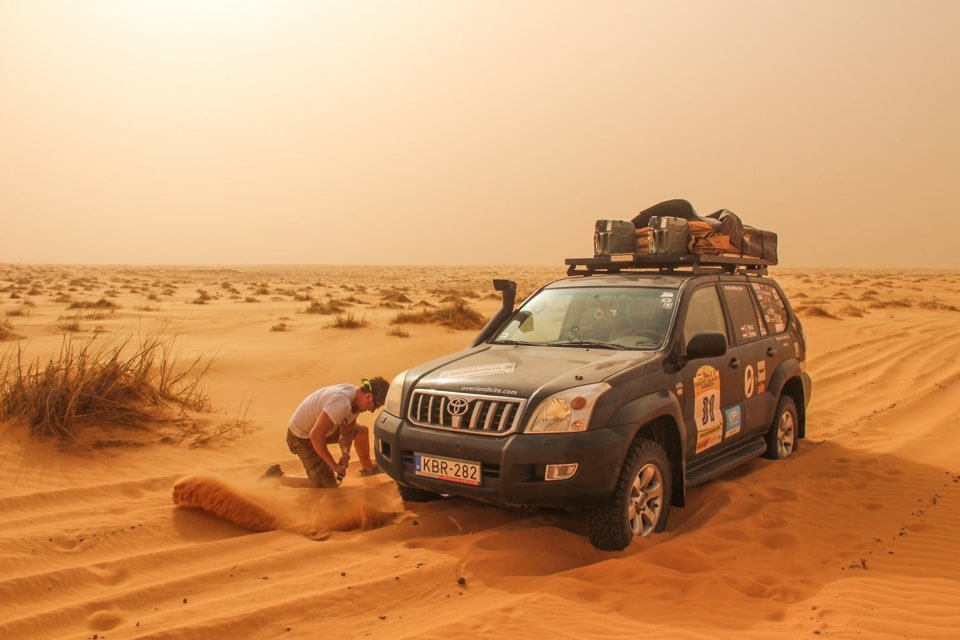
Off-roading vs. Overlanding
Overlanding vs Off-Roading
Overlanding is often confused with off-roading. Off-roading is a type of adventure that takes place on un-surfaced roads or no roads at all. It is different from overlanding where the type of road is not an issue.
Overlanding often takes you through rough terrains and off-road trails, but tackling a steep hill that resembles a wall is not a primary objective when overlanding. Overlanding can go straight through cities as well.
Overlanding vs Road-Tripping
You might say then, that overland travel is just another word for a road trip. Well, the main difference is that a road trip has a destination, whereas overlanding is about the journey itself. Besides that, the primary mode of accommodation for overlanders is camping with all of its fun and challenge.
As we’ve mentioned, Overlanding is definitely a growing trend. This style of self-reliant travel entails using usually an off-road vehicle or a van to cover a long distance, typically in a remote area.
Click here for the German version of this article (Deutsche fassung: Was ist Overlanding?)
More emphasis is placed on the journey and taking in the landscape rather than any destination. It opens up a world of opportunities for those who love to discover the planet on their terms and at their own pace.
Overlanding may not be for everyone, however, the opportunity to make unforgettable memories are unrivaled.
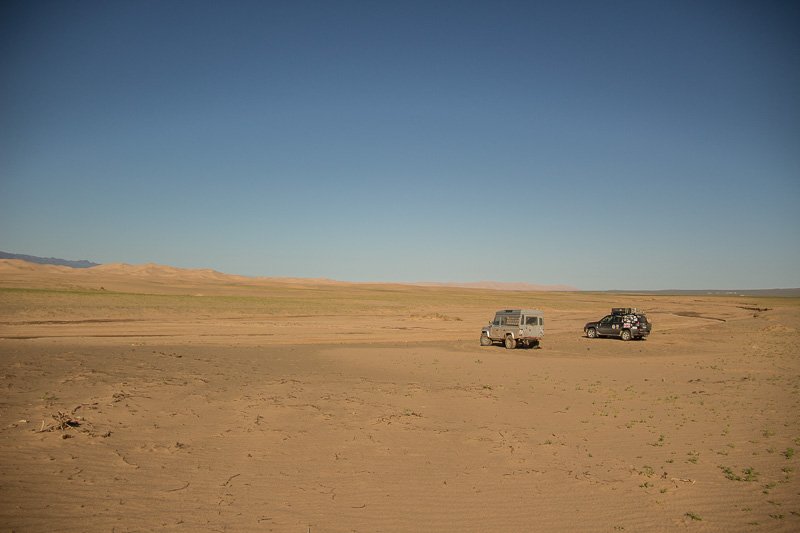
Overlanding vs Camping
Overlanding and camping are often used interchangeably with one another, and while there are many similarities between the two, the main difference is that camping focuses on the destination whereas overlanding is about the journey itself.
Further differences are the level of planning and the gear that one needs to take on the trip. Overlanding often involves crossing state or international borders, therefore usually a lot more preparation is needed.
Overlanders, in addition to their camping gear, need to prepare their vehicles for tougher use, perhaps in remote areas. Recovery and repair gear is essential for an overland lifestyle. This is where overlanding differs the most from a camping trip. Overlanders often choose rooftop tents , as they might find themselves camping in rugged areas where using a ground tent would prove to be difficult.
Car camping and overlanding are both amazing ways to discover the great outdoors and to spend quality time with friends and family. A line doesn’t need to be drawn in between the two to create exact definitions. They definitely have overlapping attributes.
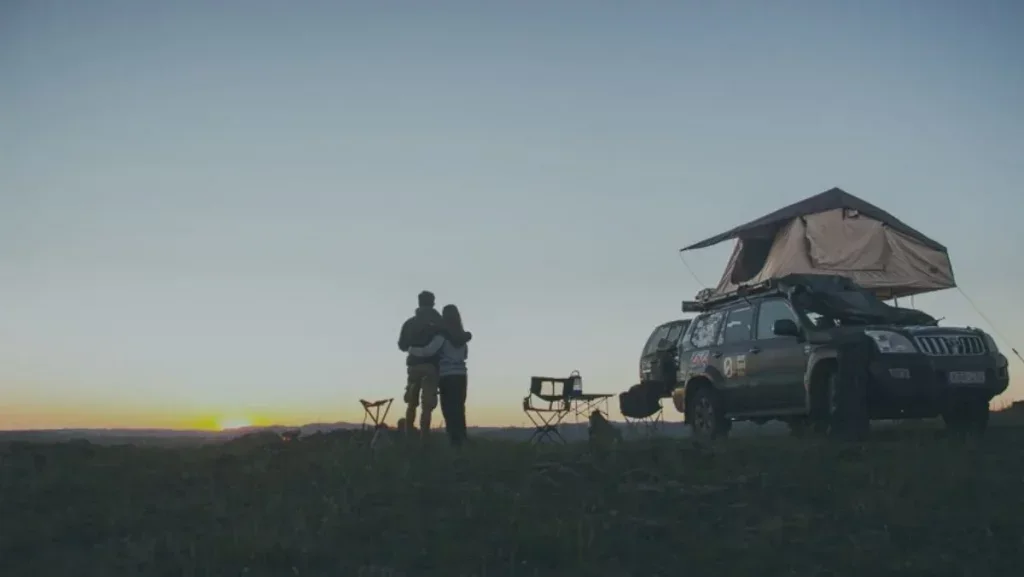
Who is Overlanding For?
The term Overlanding seems to have originated in Australia and referred to driving cattle long distances across the Outback. Later, road construction crews used it as they opened up the vast landscapes that characterize the Australian wilderness. More on this later…
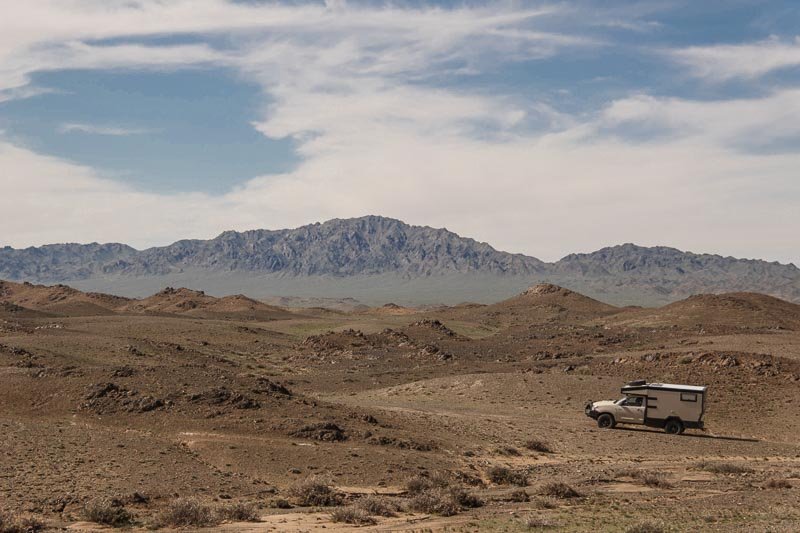
Today, serious overlanders, armed with some serious gear have taken this concept to an entirely new level. It is quite common to have people overlanding for weeks, months or even years in some remote regions of the world.
One of the most common misconceptions about overlanding is that you have to be young, child-free, and in the sort of peak physical shape of a mountain climber.
Best Books On Overlanding

This is, in fact, not true; overlanding can be a family adventure for people of any age or almost any fitness level .
Provided you are willing to occasionally dig your vehicle out of a hole, and you of course probably need to have at least a mild attraction to the great outdoors. There are quite a few things to learn if you want to start overlanding , but you can do it gradually by gaining experience on every trip.
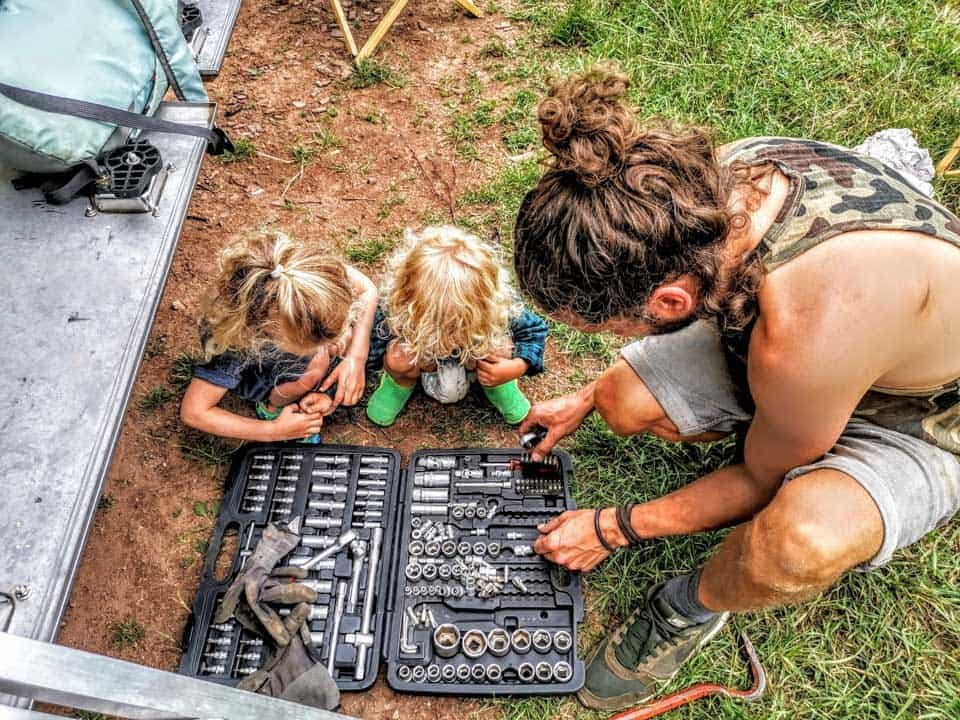
Additionally, some people may think that overlanding means they will have to disconnect from their electronic devices and be forced to live like a nomad for weeks.
If you genuinely require your tools for work while overlanding, it’s become easier to utilize your devices whilst on the road. With advances in battery technology, you can bring enough juice with you to power your devices.
However, overlanding doesn’t need to be defined in a rigid way. The most important part is that you make a decision to get out there and start exploring!
Read Part II of this article series: History of Overlanding >>>
Please let us know what do you think by adding a comment below and perhaps check out the Infographic
Take the quiz to find out which overlanding vehicle best fits you and your travel style.
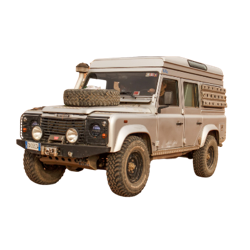
23 thoughts on “What is Overlanding?”
Definitely sounds interesting, spontaneous and fun!
Lindsey I totally agree. There is a lot of spontaneity in the fact that when you’re overlanding, you’re totally independent and can decide on the road where you’re headed. No specific plans are needed!
I’m just coming in contact with overlanding,I know I have undertaken journeys like this but I didn’t just know the name. overlanding was well detailed here.
So have you started overlanding yet?
I want to experience this thing. It sounds fun
You just have to start it. It doesn’t matter what you drive, you can use your daily driver, just get out there and start it.
Wow!!…I have never heard of overlanding before but i like the sound of it…it looks dangerous though but its a way to have fun and experience some new places and create new memories..
You need to be careful, but just with anything else. If you take the necessary precautions and you’re prepared, it’s not more dangerous than a walk in the park.
Thanks – This makes me curious and at the same time thirst for an adventure.
What was the best adventure you’ve ever done?
Sounds like an adventure. I would love to experience this even just once.
This sounds like a lot of fun. I will definitely add overlanding to my bucket list.
Make sure you do. Overlanding is very addictive! But in a good way.
Overlanding is one of those expensive hobbies to have. That notwithstanding I think it’s much more fun than most of the other hobbies out there.
How expensive it is will depend on you. We know a family who’s been travelling since 2006 on $600 a month! I would say that’s very cheap.
Australia is the perfect country for this kind of activity. The terrain there is very dynamic and vast!
Oliver I totally agree. I’ve done two major road trips in Australia before, but have yet to do a proper overlanding trip around the country. I can’t wait!
Some of the vehicles ideal for overlanding look so strong and tough. I would bet they don’t come cheap!
Some of them don’t, but as I mentioned, it doesn’t matter what you drive. You need to get out there, discover it yourself, what works best for you. You don’t need to spend too much money upfront. Buy your gear and equip your vehicle step-by-step for overlanding.
This hobby seems very much like what we used to call a “camping trip”. It seems like it is for guys who just wanted to build their vehicles to look a certain way, so the fad began.
Thank you for your comment but I have to disagree. Overlanding is a lot more complex with problem solving, technical skills and challenging situations both with the vehicle or for example border crossings, water management, budget, off-roading routes, etc. the list goes on and on. If you’re driving from Alaska to Argentina, you wouldn’t say to your friend’s “I’m just going camping”, would you?
I’ve only been overlanding for about a year and a half before the pandemic. And this makes me think that I’m still such a newbie when it comes to the most effective customization. But I guess it really does depend on what type of overlanding you usually do that determines what type of vehicle you’d be using.
Awesome, in-depth article! I love that you touch on how the growth of technology and remote work has accelerated the overland trend.
Leave a Comment Cancel reply
Expert advice on Overlanding - equipment, routes, inspiration, overland blog. Overlandsite - The Authority on Overlanding. Disclaimer: Listen up folks, before you start clicking and buying, let's get one thing straight: We may earn a little something-something when you use our links, but don't worry, it's not gonna sway our opinions. We promise to always keep it real and unbiased, giving you the straight scoop to help you make the best decision for you. So, go ahead, click away, just don't blame us if you end up with too many Amazon packages on your doorstep. Happy shopping! As an Amazon Associate, I earn from qualifying purchases.
Sign up to learn more about overlanding!
YOUR PRIVACY IS PROTECTED
© OverlandSite

From Novice to Nomad: Overlanding Books to Guide Every Step of Your Adventure
by Chris Tracy | Oct 22, 2023 | Books , Overland
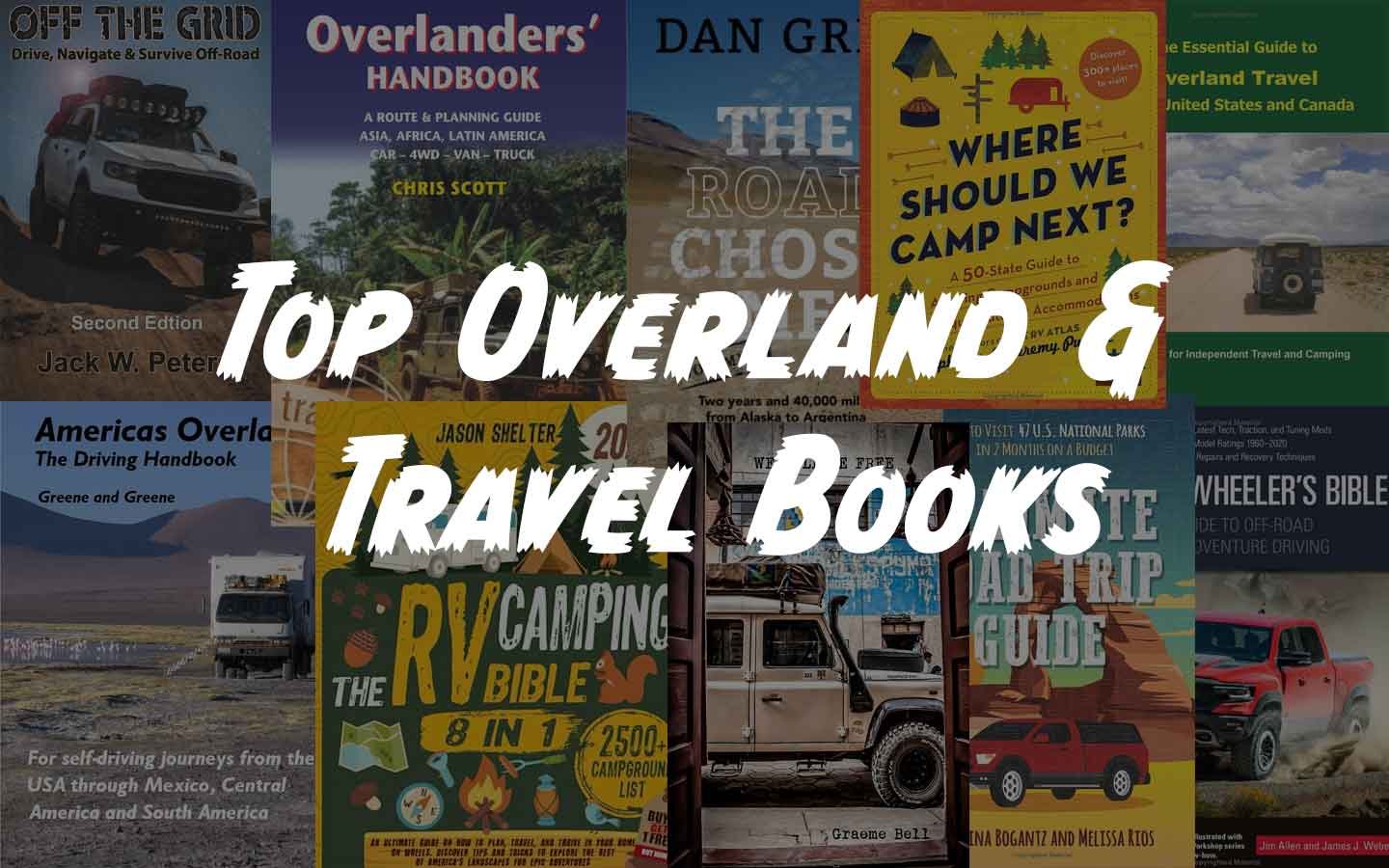
When we talk about overlanding, it’s not just about the rugged tires , the suspension lifts, or the state-of-the-art rooftop tents. It’s about the journey. It’s about the sense of adventure that beckons us into the unknown, the stories of the landscapes we traverse, and the people we encounter. And while the thrill of the drive and the beauty of remote destinations are unmatched, there’s another way to delve deep into the overlanding spirit: through the pages of travel and adventure literature.
For decades, authors have been documenting their vehicular travels, sharing their tales of challenging terrains, unexpected encounters, and the sheer bliss of living life on the road. These books have inspired countless adventurers, including many of us in the off-road community, to outfit our rigs and set out to create stories of our own. They not only capture the essence of the journey but also provide invaluable insights and tips for those looking to embark on their own overland expedition.
In today’s blog post, we’ll delve into some of the most iconic overland and vehicle travel books that have shaped the ethos of the off-road community. Whether you’re a seasoned overlander or just a dreamer with wanderlust in your eyes, these literary journeys promise to take you places your vehicle hasn’t been to… yet.
Join us as we shift gears from the dirt tracks to the printed pages, and discover tales that fuel our passion for exploration. Whether it’s the vastness of the African plains or the intricate trails of the South American jungles, these books are a testament to the indomitable spirit of the overlander. Strap in and get ready to be inspired.
The Essential Guide to Overland Travel in the United States and Canada
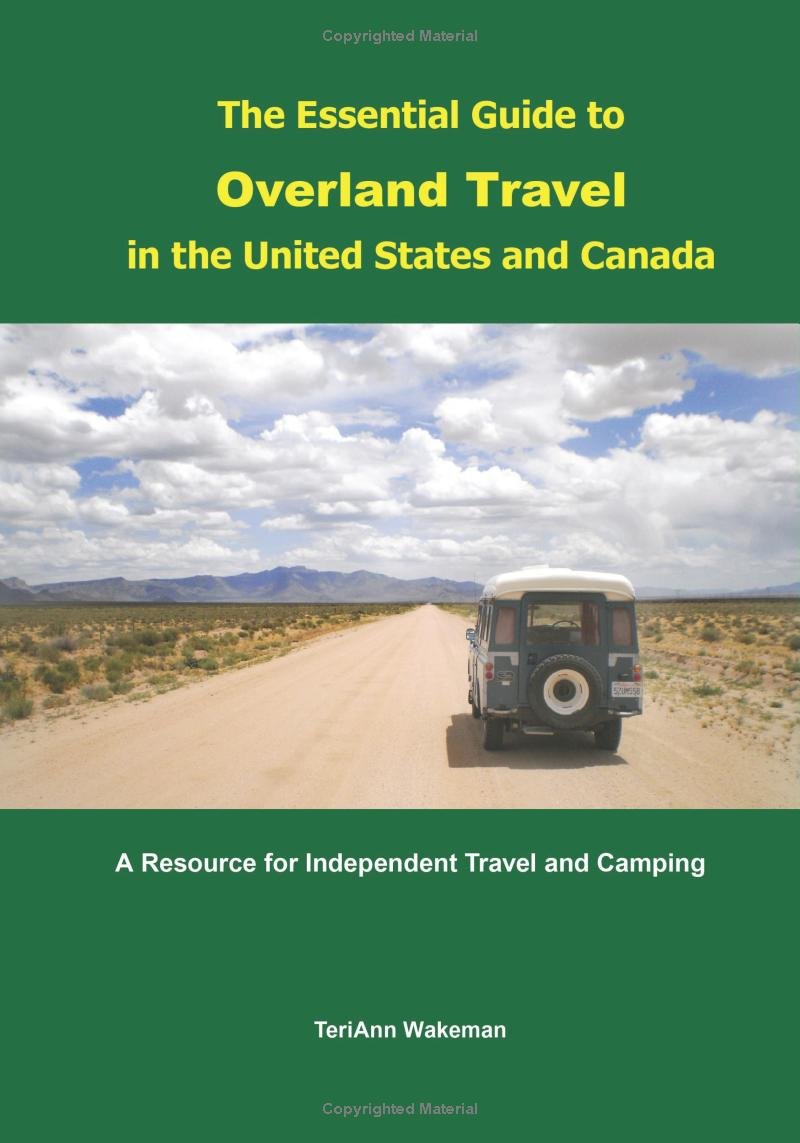
The allure of overland travel is palpable: the freedom, the exploration, the connection with nature. And with North America’s vast landscapes offering some of the most diverse terrains and stunning vistas, it’s no wonder many choose this continent as their playground. Enter TeriAnn Wakeman’s The Essential Guide to Overland Travel in the United States and Canada . A tome that, in my eyes, every off-road enthusiast should have on their shelf.
TeriAnn Wakeman, known for her deep-seated passion for overlanding and an encyclopedic knowledge of off-road vehicles, has meticulously compiled a guide that both novices and seasoned overlanders will find invaluable.
In summary, The Essential Guide to Overland Travel in the United States and Canada is more than just a book; it’s a compass guiding us through the intricacies of overlanding in North America. TeriAnn Wakeman has outdone herself, presenting a guide that is as essential as the spare tire on your rig. Whether you’re just starting your overland journey or have countless trails under your belt, this guide promises to shed new light, offer renewed perspectives, and ensure every journey is one for the books.
The Ultimate Road Trip Guide: How to Visit 47 U.S. National Parks in Two Months on a Budget
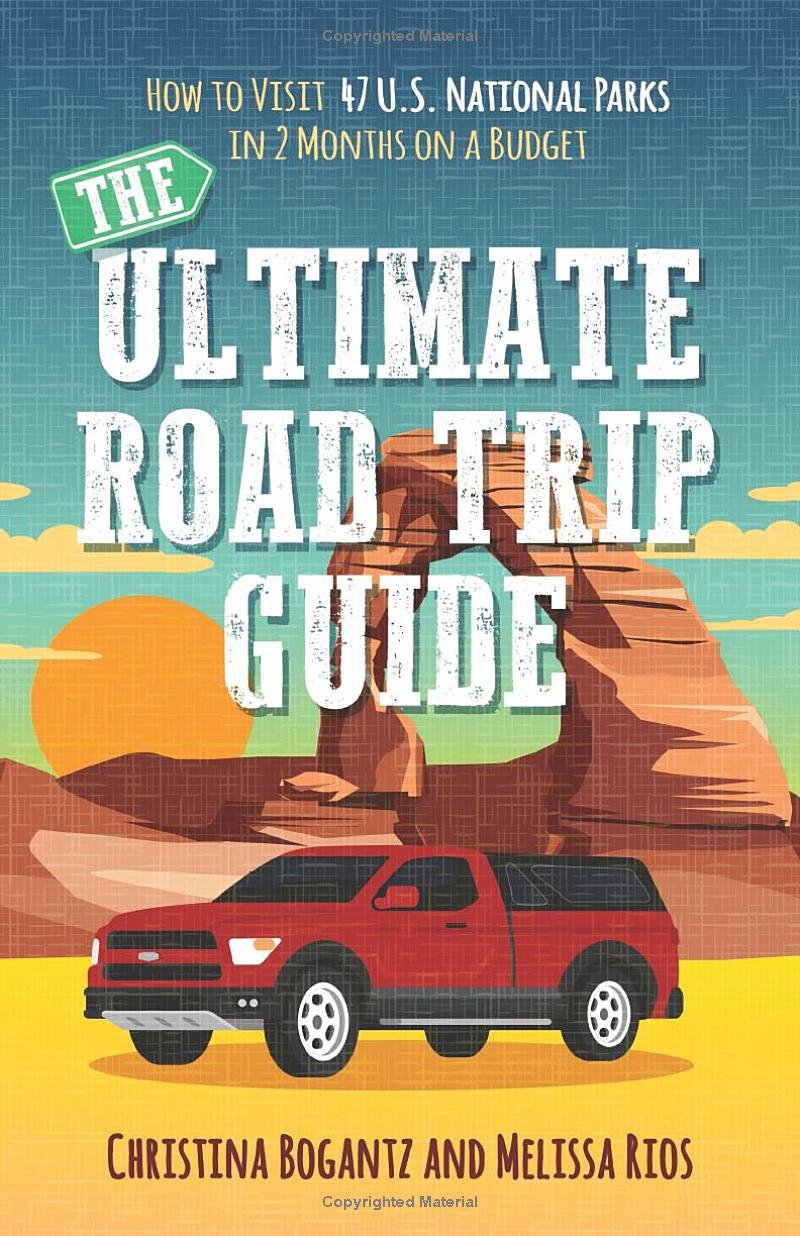
Embarking on a road trip to visit the vast array of U.S. National Parks is a dream many of us harbor. Christina Bogantz and Melissa Rios have not only realized this dream but also meticulously documented their journey to create a guide for fellow adventurers. Their book, The Ultimate Road Trip Guide: How to Visit 47 U.S. National Parks in Two Months on a Budget , is a must-read for overland enthusiasts and casual travelers alike.
Exploring the homeland has gained newfound traction. Why venture far when the beauty of America’s national parks is just a drive away? This journey is an invitation to delve into marvels you might have never imagined.
From scaling frost-kissed peaks to descending into subterranean wonders, from meandering through fern-laden forests to sauntering on sun-kissed shores, every terrain awaits your tread!
Whether you’re taking a dip in the chilly embrace of glacier-fed lakes or unwinding in nature’s heated pools, from diving into pristine waters to stand-up paddling amidst lurking marine life, from being enveloped in geyser steam to the revitalizing sprays of cascading falls, the adventures are limitless!
Be it the awe of the dawn’s first light or the mesmerizing dance of stars, from vast congregations of roaming bison to playful dolphins alongside your vessel, with giants of the forest above and abyssal gorges below, every moment promises to astound.
The guide doesn’t stop at just sceneries; it also dives into the nitty-gritty. From discerning the ideal seasons for each park visit, and crafting the perfect sleeping setup, to dishing up meals right from your vehicle’s back, this manual has got you covered. Prepare to embark on the most memorable journey of your life!
In essence, The Ultimate Road Trip Guide: How to Visit 47 U.S. National Parks in Two Months on a Budget is more than just a travel guide. It’s a testament to the spirit of adventure, the beauty of the U.S. National Parks, and the joy of discovery. Bogantz and Rios, through their comprehensive approach and captivating narratives, have provided a roadmap not just for a road trip, but for an experience of a lifetime.
We Will Be Free: Overlanding In Africa and Around South America
Freedom, as they say, is a state of mind. But for Graeme Robert Bell and Luisa Bell, it was also found on the rugged trails of Africa and the winding roads of South America. Their literary chronicle, We Will Be Free: Overlanding In Africa and Around South America , stands as a beacon for all who dream of charting their own path across our planet’s most captivating terrains.
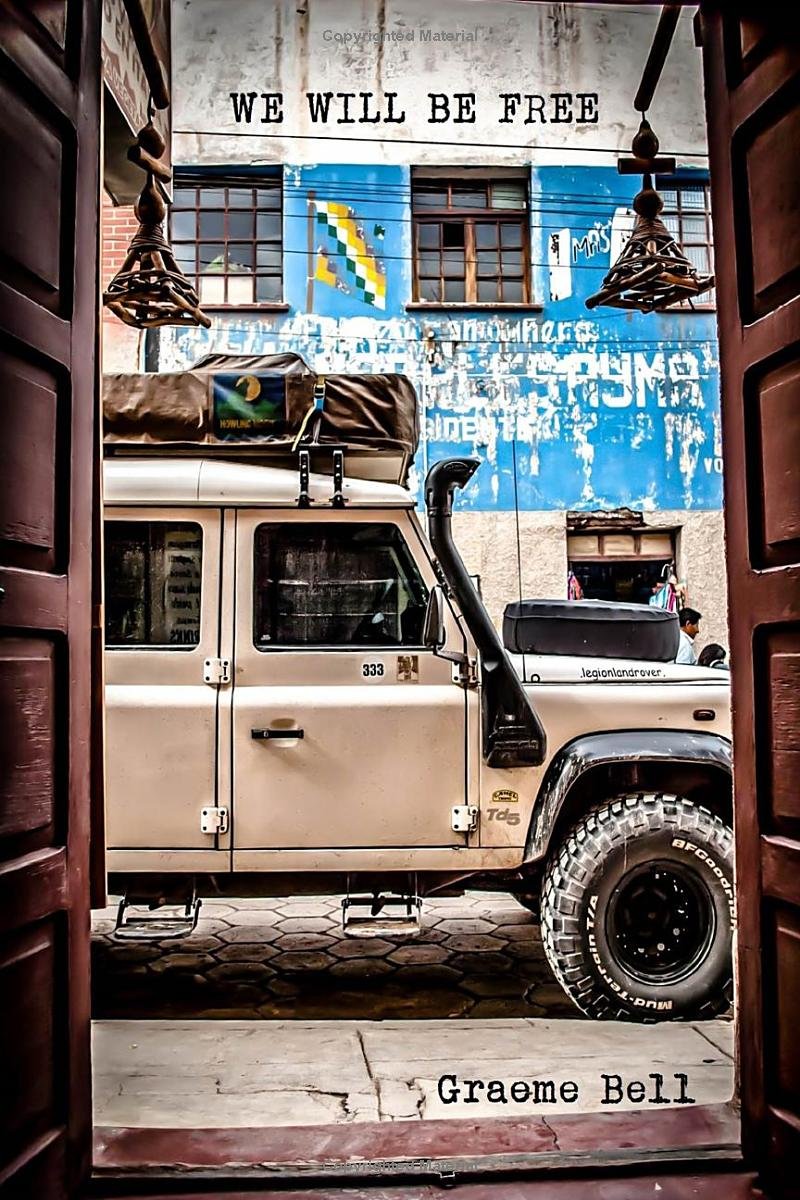
Journey’s Genesis:
Graeme and Luisa aren’t your quintessential travelers. Discontent with the mundanity of modern living and yearning for a life less ordinary, the couple, along with their children, decided to redefine the essence of freedom. What began as a quest for liberation turned into an overlanding odyssey that would span continents.
Africa – A Land of Diversity:
Navigating the African wilderness, the Bell family immersed themselves in a tapestry of landscapes – from the sunbaked Sahara to the verdant expanse of the Congo. But more than just the terrain, it was the continent’s heart and soul, its people and cultures, that left an indelible mark on them.
South America – A Symphony of Surprises:
From the vastness of Patagonia to the peaks of the Andes, South America presented a whole new set of challenges and wonders. Whether negotiating the treacherous Death Road in Bolivia or savoring the ethereal beauty of Machu Picchu, the Bells embraced every facet of this vibrant continent.
Beyond the Roads:
While the book meticulously documents their overlanding adventures, it’s not just about the drive. Graeme and Luisa delve deep into the philosophical, contemplating what it truly means to be free in a world bound by conventions. Their narrative intertwines the physical with the introspective, offering readers a profound look into the transformative power of travel.
We Will Be Free is more than a travelogue – it’s a testament to the human spirit’s indefatigable desire to explore, learn, and grow. The Bell family’s journey compels us to challenge our own boundaries and question our definitions of freedom. For those with a spark of adventure or those seeking introspection, this book is a compass pointing toward the boundless possibilities that life has to offer.
Check out Graeme and Luisa’s latest book, Travel The Planet Overland: Field Manual
Where Should We Camp Next?: A 50-State Guide to Amazing Campgrounds and Other Unique Outdoor Accommodations
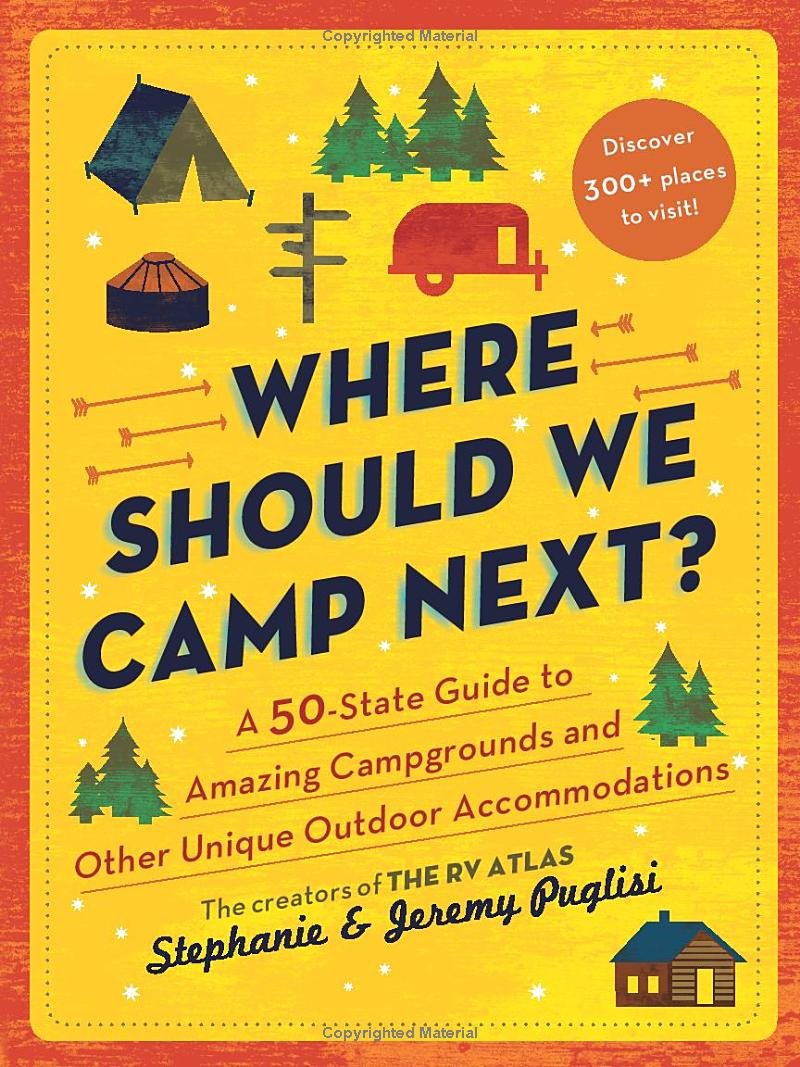
The timeless allure of camping speaks to the wanderer in all of us. From starlit nights under the vast sky to the raw, untamed beauty of nature, camping is an experience that resonates deeply. And now, with Stephanie and Jeremy Puglisi’s Where Should We Camp Next? , that experience is poised to be richer and more varied than ever before.
A Geographic Odyssey:
This isn’t just a guide; it’s a journey through all 50 states, each presenting its unique camping charm. From the rugged coasts of Oregon to the rolling hills of Tennessee, the Puglisis leave no stone unturned.
Diverse Accommodations:
The guide transcends traditional camping grounds. The Puglisis introduces readers to an array of unique outdoor accommodations, from treetop cabins in the Pacific Northwest to desert yurts in Arizona, ensuring a fresh experience every time.
Overlanding Integration:
For the overland and off-road enthusiasts, this book is a gem. The authors provide valuable insights into accessing some of the more remote accommodations with your rig, along with tips on gear, setup, and ensuring minimal environmental impact.
Personal Touch:
What sets this guide apart is the personal narratives. The Puglisis share their own experiences, the challenges faced, and the breathtaking moments, making it as much a travel diary as it is a guide.
Practical Advice:
Beyond the destinations, the guide offers a plethora of practical tips, from booking best practices to essential camping gear. Whether you’re a seasoned camper or a first-timer, the Puglisis have got you covered.
Where Should We Camp Next? is more than a mere collection of campgrounds. It’s an invitation to explore, to experience, and to fall in love with the outdoors all over again. The Puglisis, with their extensive travels and captivating narratives, have crafted a guide that will likely find a permanent spot in the glove compartments and backpacks of travelers across the nation.
The Four-Wheeler’s Bible: The Complete Guide to Off-Road and Overland Adventure Driving
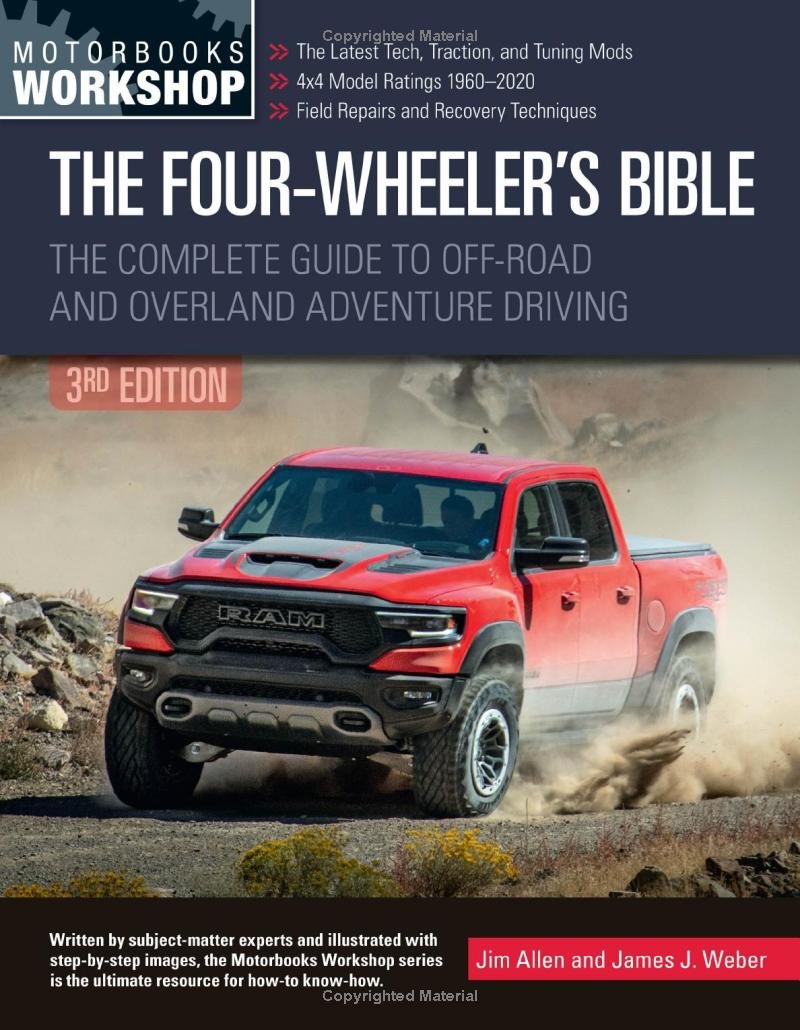
In the world of off-roading and overlanding, knowledge is as essential as the right set of tires. The Four-Wheeler’s Bible: The Complete Guide to Off-Road and Overland Adventure Driving doesn’t just aim to educate; it aspires to be the definitive manual for all things rugged and off-the-beaten-path. Presented by Motorbooks Workshop .
Whether you’re a seasoned off-road enthusiast or just dipping your tires into the four-wheeling world, this guide provides the insights you need to elevate your next overland adventure. Four-wheeling maestros Jim Allen and James Weber kick off with vital tips on being prepared for emergencies and then delve into every crucial aspect you should be aware of, from respecting trail norms to embracing cutting-edge tech. Allen and Weber simplify the complexities of four-wheel-drive mechanics and offer recommendations for tweaks and upgrades to make your rig both dependable and apt for its purpose.
This revamped third edition is not only visually appealing but also integrates insights on the latest GPS and communication devices, strategies for mapping out overland journeys, and updates on new off-roading vehicles to enrich your overlanding prowess. With your vehicle primed, you’ll be trail-ready. Allen and Weber impart knowledge on adeptly navigating a myriad of off-road scenarios. And when things don’t go as planned – because they sometimes don’t – they also guide you in extricating yourself from challenging predicaments. Off-roading is more than just the drive; it’s an encompassing experience. The duo ensures you’re geared up for virtually any expedition, regardless of how remote or wild your destination is.
In essence, The Four-Wheeler’s Bible stands true to its name, offering a holistic guide to the world of off-road and overland adventure driving. Whether you’re a seasoned trailblazer or someone just dipping their toes into the muddy waters of off-roading, this book promises to be an invaluable companion on all your adventures.
Off the Grid: Drive, Navigate & Survive Off-Road
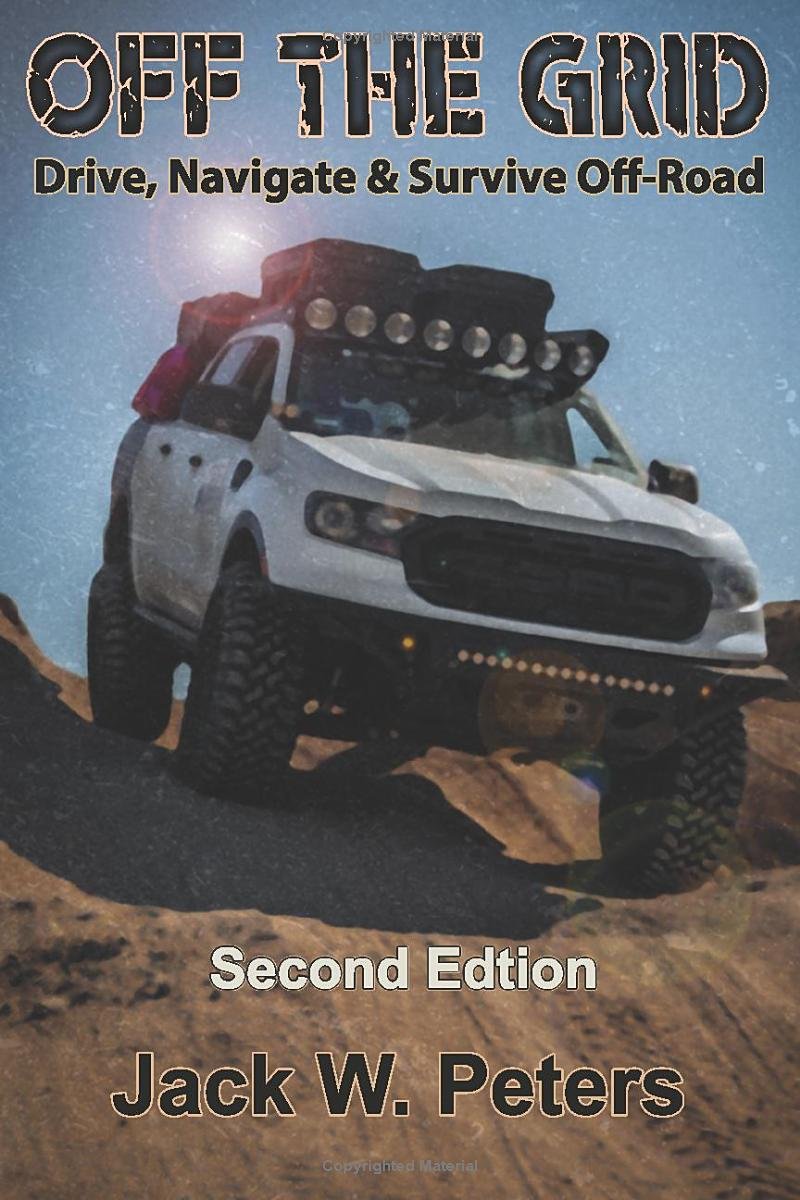
For those consumed by wanderlust, the beaten path is often too mainstream. But when you decide to veer off the known trails, you need more than just a robust vehicle—you need knowledge, preparation, and the spirit of adventure. Enter Jack Peters’ Off the Grid: Drive, Navigate & Survive Off-Road , a guide that promises to equip you for the challenges of the untamed wilderness.
A decade in its conception, this comprehensive guide is perfect for novices and seasoned overland adventurers alike. Spanning 313 pages, it boasts countless images detailing effective off-road configurations, global expeditions, driving mastery, escape tactics, GPS expertise, communication strategies, emergency fixes, and survival essentials. Furthermore, it offers insights into the merits and drawbacks of tents, rooftop tents, journey trailers, vans, campers, and rugged RVs. Authored by Jack W. Peters, recognized for his role as the GPS and explosives expert on shows like Discovery Channel’s ‘Treasure Quest’ and Netflix’s ‘Adak Gold’, his guidance stems from his experiences as the lead of a 4WD Search & Rescue brigade and thrilling escapades in locations such as Bolivia, India, and Baja races.
Off the Grid is more than just a manual; it’s a testament to the spirit of exploration. Jack Peters, with his intricate knowledge and firsthand experiences, crafts a narrative that is both instructional and inspirational.
So, whether you’re an overlanding aficionado or someone yearning to break free from urban confines, Peters’ guide is the compass you need. Ready to embrace the wilderness? “Off the Grid” is your first step to uncharted territories.
The Road Chose Me by Dan Grec
Adventure often begins where the road ends. And for some intrepid souls, that call of the wild, that urge to venture beyond the known, becomes a way of life. Dan Grec’s The Road Chose Me is a testament to this spirit of unbridled exploration.
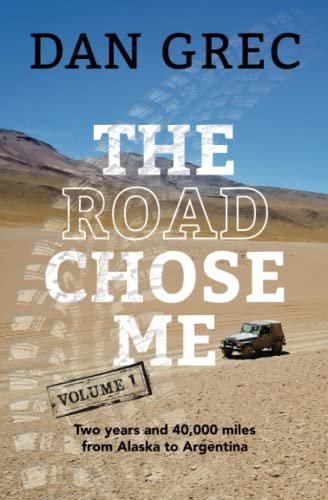
Embarking from the chilly reaches of Alaska’s North to the fiery ends of South America’s Tierra del Fuego, Dan began a journey in his Jeep that would profoundly reshape his outlook on life. Covering a staggering forty thousand miles across two years and sixteen nations, this expedition was more than just a drive—it was a transformative experience.
Having meticulously saved, dreamt, and strategized, Dan’s quest was to see if the seemingly impossible could be achieved by an everyday individual. With minimal funds, no corporate backing, and a newfound enthusiasm for the Spanish language, he dove headfirst into his mission. Embracing an authentic approach, he journeyed unaided by modern GPS, finding rest under the night sky in a traditional tent. His goal? To immerse himself fully in the wonders of the two continents. Whether it was prodding molten lava or trekking iconic mountain ranges, encountering dubious officials or making camp alongside warm-hearted Ecuadorians, every sunrise heralded a fresh adventure.
Throughout his travels, he was introduced to a myriad of intriguing and enlightening individuals, each leaving an indelible mark on his soul. Through their unique narratives and insightful nudges, Dan absorbed invaluable life wisdom. Latin America, with its distinct rhythm and vibrant tapestry, offered him a novel vantage point to reflect upon our contemporary, bustling world.
“The Road Chose Me ” is more than a travelogue—it’s a profound reflection on life and the choices we make. Grec’s narrative compels us to question our own boundaries, both geographical and personal. For those with an insatiable wanderlust or those simply seeking inspiration from the comfort of their armchair, this book is a beacon, illuminating the endless possibilities the world has to offer.
Be sure to check out Dan’s episodes of the podcast: Africa & Australia . Also, check out The Road Chose Me Volume 2 .
Americas Overland – The Driving Handbook
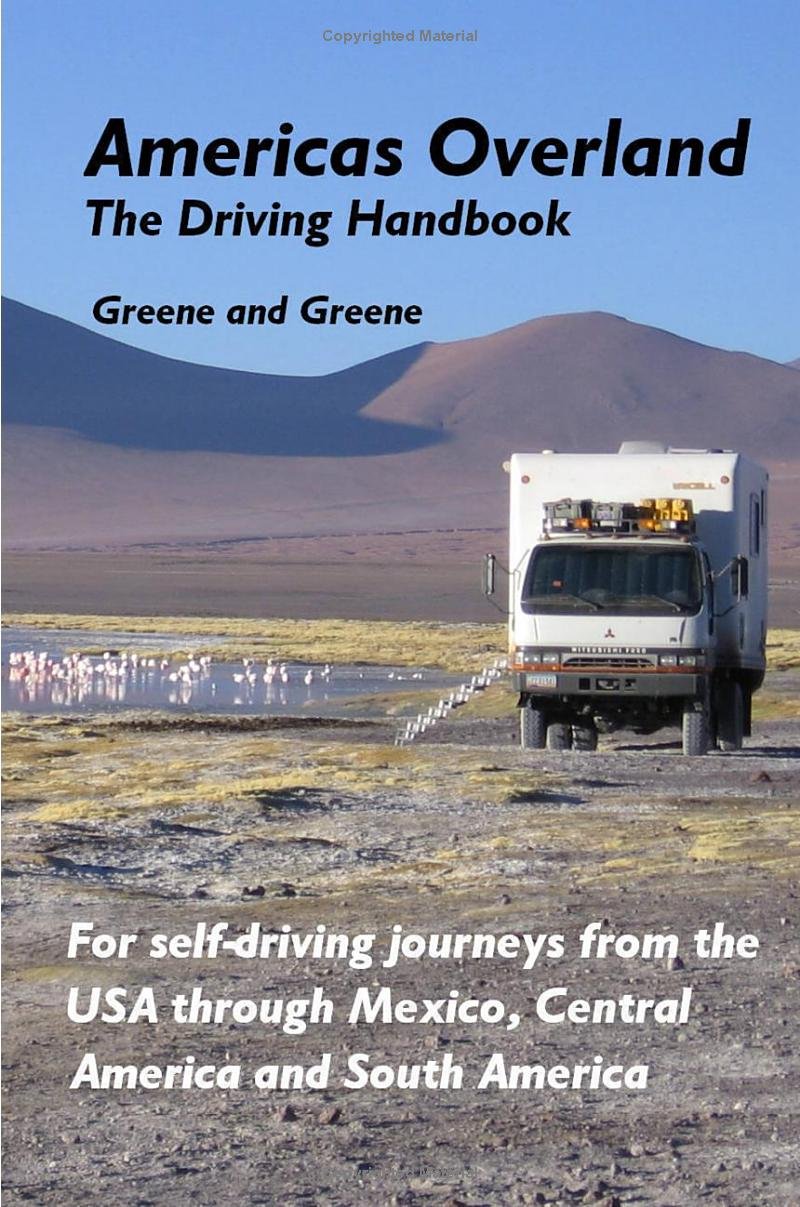
For those with a penchant for adventure and a dream to traverse the length and breadth of the Americas, Donald Greene’s Americas Overland – The Driving Handbook is your quintessential guide. Charting a course from the frosty terrains of Alaska to the sultry plains of Patagonia, this handbook is a treasure trove of insights for every overland enthusiast.
Greene’s Americas Overland isn’t just a manual; it’s an invitation. An invitation to embark on a journey of discovery, challenge, and unparalleled beauty. For rookies and seasoned overlanders alike, this handbook promises to be an invaluable companion, ensuring that you’re not just prepared but inspired to take the road less traveled.
Overlanders’ Handbook: Worldwide Route & Planning Guide: Car,4WD, Van, Truck
Dipped in the ink of adventure and bound by the thrill of exploration, Chris Scott’s Overlanders’ Handbook: Worldwide Route & Planning Guide is nothing short of a magnum opus for those yearning to push
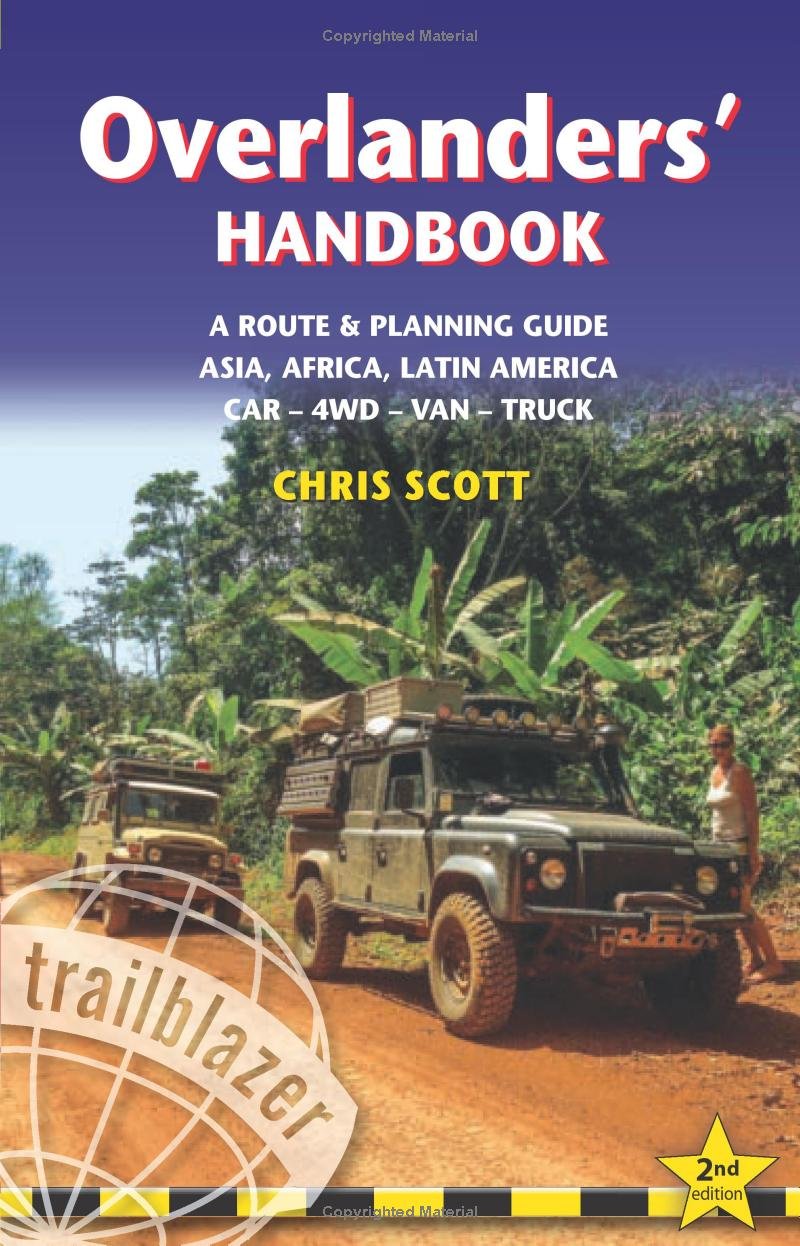
boundaries, quite literally, in their vehicles. Navigating from the urban highways to the dust-swirled trails of untouched locales, this book equips readers with the essence of overlanding on a global scale.
Drawing from the collective wisdom of a seasoned group of world travelers and specialists, Chris Scott crafts the ultimate guide for charting vehicle-reliant adventures across the untouched terrains of Africa, Asia, and Latin America. Dive into the “Overlanders’ Handbook,” penned with Chris’s signature flair for engaging yet straightforward prose – ensuring you don’t need to be a car expert to benefit.
This freshly updated second edition has been meticulously researched and distilled into a more streamlined paperback format, moving away from its initial hardback iteration. Dive into:
Beginner’s Prep –
Pinpointing the best times to embark, assessing common expenses, navigating required documentation, exploring the realm of sponsorship, and reflecting on pioneering overland expeditions.
Selecting and Modifying Your Ride –
This guide offers the most exhaustive exploration in print about selecting your ideal travel companion – be it tweaking an affordable car, fitting a 4×4 for extended adventures, crafting a campervan, or even constructing a custom living space for an all-terrain truck.
Road Etiquette and Survival –
Equip yourself with strategies to manage unpredictable border controls, master the art of bargaining, treat unexpected illnesses, and adapt to the myriad driving challenges on the road. Delve into wilderness accommodation; navigating off-the-beaten-path; logistics of forwarding transport; essential tips for solo female travelers; insights for those journeying with children or pets; tackling vehicle breakdowns; and mastering off-grid driving.
Continental Pathways –
A glimpse into various overland routes, spanning the popular to the little-known paths across continents. Get up-to-date fuel costs, border insights, ideal travel seasons, visa approaches, potential risk areas, and key regional attractions.
Tales from the Trails –
Immerse in captivating chronicles of extended global escapades in diverse vehicles – from vans to 4x4s to all-terrain behemoths. These tales, shared by travelers ranging from 9 to 69, offer a firsthand taste of overlanding.
Scott’s Overlanders’ Handbook is more than just a guide; it’s a manifesto for the wanderer, the explorer, and the dreamer. Meticulously detailed yet suffused with the spirit of adventure, this book beckons every reader to embark on their own journey, assuring them that with the right preparation, the world is truly their oyster.
The world of overlanding is vast, rich, and filled with adventures that beckon the brave and the curious. Whether you’re an ardent offroader, a seasoned overlander, or just beginning your journey, arming yourself with knowledge is just as crucial as equipping your vehicle. To aid you on your journey, we’ve delved deep into the best reads out there that every overland aficionado should consider adding to their collection.
- Call us Toll Free

- Overland Tours
- Special Deals
- Types of Tour
- Country Guide
- About Overlanding
African Adventures
- South Africa
- Accommodated
- 7 - 14 Days
- 14 - 28 Days
- 28 - 42 Days
Our Overland Picks

Why book with Overland Africa?
When it comes to choosing an adventure in Africa that will deliver on your expectations, it’s hard to beat Overland Africa.
By blending the knowledge and experience of our overland experts with our strong bargaining power, we can offer you the holiday of a lifetime at a competitive rate – whether it’s a small group adventure through the Serengeti, traversing southern Africa in an Overland truck, climbing Mount Kilimanjaro or Table Mountain – Overland Africa will design a holiday you won’t forget.
What our customers say

Just wanted to say thanks for your help in organising our amazing honeymoon in Africa. We had a great time and had really good luck with our animal viewings thanks to our fabulous guide/driver on our Safari, no one else we spoke to seemed to see 5 leopards and 3 cheetahs (on top of numerous lions) over 2 days in the Serengeti. I have attached a few of our favourite photos from the trip (Although I am sure you have seen plenty of these!). We will be sure to recommend you to any friends we have planning any trips to Africa in the future! Thanks again!
- Lisa and Ben / June 2016
Hi Leisha! Thank you for the welcome message. Obviously I am not caught up with my workload or my email. I very much enjoyed my Vic Falls activities. I took a sunset river cruise, went canoeing, attended the Boma Dinner and Drum Show and visited Vic Falls. I liked the Chobe Safari Lodge and those activities. There were many animals along the river which made the river cruises better than the game drives. My favorite was the Sango Safari Camp. The staff and the accommodations were both exceptional. I went on three game drives and one Mokoro river tour. We didn’t see many animals but the staff made the most of it. They were knowledgeable, friendly and excellent chefs! The food was outstanding! I like this property very much. It turns out that there was too much water in the Delta to see a lot of animals. It was really wet making animal viewing tough. Fortunately I like birds and there isn’t ever a shortage of those. I very much appreciate this package you put together, especially on short notice and with restrictive dates. You did a fantastic job! There was a great deal of flying with 10-12 hour stopovers both ways and several flights both ways. I definitely wouldn’t do that again but I doubt that if would be necessary if my dates weren’t restrictive. All in all it was an awesome experience!!!Thank you from the bottom of my heart!
- Traci / February 2017
Hello Gelle! We have returned safely and yes, we all had a great time! We did not meet any troubles. The flight transfers from Harare also went smoothly. It was very nice to see Zimbabwe with all the interesting past and current history. Our guides Tembe and Laban – Zimbabweans- were excellent. - Mokoro-trip – fantastic, with the setting, boat trip and the guides. - Vic Falls – a great time with lots of activities – elephant ride, bungee, rafting, sunset cruise etc. Laban organized some of the stuff. We got T-shirts! - Matopos – a great experience, Lovely camp site, Ian was a fantastic guide! San-history, walking safari with rhinos, the scenery etc! - Great Zimbabwe – very interesting, fascinating! We also had a lovely time in Mozambique at the Archipelago Resort /150USD per night for large bungalows self-catering, also with a lovely restaurant at the place. But so few tourist… both in Zimbabwe and Mozambique – we hope better days for these wonderful destinations will come. We all agreed that the overland-truck concept suited very well for a group of families like ours (with children approximately 10 and above) and is certainly something we would recommend to others. Very easy and convenient, better than driving all these long distances in separate cars on our own. Combination of camping and hotels were great (all good hotels!). We hope we will be able to go in another journey in a few years. Thanks for great organizing and help!
- Thomas / April 2016
Hey Gelle! We are (begrudgingly) back in the US and trying to get back in the work groove. I miss vacation life! Everything was incredible, thank you. We really appreciate all of your help in making our vacation so wonderful and easy. Specifically, there were a lot of moving parts to this trip which we didn’t know how to organize or schedule. With time I’m sure that we could have managed it but as busy professionals we don’t have the time. Having you educate us on those pieces and then handle all of the logistics with them and the transfers between them was invaluable. We enjoyed simply knowing that everything would be worked out so we could focus on enjoying ourselves. We will definitely consider working with you again for our travel needs.
- Matt Goff / August 2015
Hi Leisha and Gelle Talk about timing. You send an email enquiring about our lost bag, and I am staring directly at it and its contents all over our dining table as I picked it up from the airport today. Egyptair facilitated its return via Emirates Air. I don’t know how they got it from the Cairo Airport. At the advice of the Australian Consulate in Cairo, I had engaged a lawyer to try and determine what requirements they needed to release the bag into the custody of my authority. They CC’d me in on all the email correspondence and they were getting the run around from the airport. I don’t know how it happened, but we are extremely grateful. Perhaps the airport thought that I was a real pest and just gave up and decided that I should have back what is rightfully ours. We are both very grateful for the efforts that you both made on our behalf in trying to get our bag back. We fully accept responsibility for losing it in the first place, but we never thought that once the bag was identified that we would have so much trouble getting it back. Your efforts, and those of others, really add to the absolutely amazing experience that we had on our travels. I know that I have expressed it many times and you may be sick of it, but we really do appreciate the efforts that you both went to in organising the tour that you did for us. Your advice and genuine efforts to make it a great experience for us was second to none, and something that we will cherish for a long time. I would like to stay in touch as we will definitely be back to South Africa at some stage. I am not very good at Facebook, but if you have an account, I would love to have you both as a friends. I hope that you and your families are both well, and that business is booming. I am definitely spreading the word on our African experience, probably to the point where people are avoiding me. Kind regards David Rock from Australia
- David Rock / September 2016
We had a most excellent adventure! Thank you! We saw every animal on the “Big Seven” list and so much more! We soared in the hot air balloon over the Serengeti and had a fabulous breakfast. The Masai tour was so interesting,the people were so welcoming. Our guide Doc,with Drifters,went out of his way to make my 60th birthday a real celebration! It was amazing. The second half in Botswana and Zimbabwe had a few challenges. Kenya Air lost our luggage on our way from Zanzibar to Nairobi to Johannesburg. We had to go to the delta with just what we had on the plane with us! Our guide Joe with Drifters, And the staff at the lodges tried to help as much as they could in getting us stuff to buy,,borrow and share to get us through! People on the tour were so very generous in sharing too..being out in the bush was very exciting. Drifters did everything they could to help us get them back. But they wanted 500$ to get them to the delta. We said no & come to find out they didn’t even have both bags. KenyaAir only sent Joan’s anyway! Which Drifters got to the lodge. We did ok..couldn’t get our bags until Maun ...6 days into our tour! Joe got us to the airport in Maun and my bag was there!We did good though in the bush…we saw so many animals in so many places.The delta was an amazing place. We learned so much… The four nights in the bush camp in Moremi National Park was probably the wildest time we spent seeing animals. We took the plane ride over the delta,saw a breading herd of elephants cross the Chobe River with little babies. We walked to Victoria Falls National Park. Took a game drive into Stanley Livingstone National Park and saw 4 black rhinos & Last but not least by any means…at 60 and 58 years old…my sister and I white water rafted the mighty Zambizi River!! Another dream come true! We couldn’t walk or move very well for 3 days…but we did it! Thank you for planning such a fabulous 32 days! We will never forget! Ann
- Ann / October 2016
WOW Gelle is amazing. After planning a wedding, planning a holiday was the last thing we wanted to do. We had been talking to one of our friends who was also thinking about going to Africa and told us that they had been talking to Gelle Richie from Go2africa who was based in South Africa. We emailed Gelle to see if she could help us and we got a reply back within hours asking us a few questions on what we wanted to do, time, price range. The only things that we really wanted to do was see the big 5, some camping and trek with the Gorillas within a 6 week period. Not knowing much about Africa we asked Gelle what she would do. So Gelle organised us 21 day TransKalahari Adventure where we saw the Big Five and amazing landscape. From there we went to Kenya and Tanzania were we camped in the Serengeti National Park and Ngorongoro crater. Now this is where Gelle come in, two things i have told everyone that is thinking about visiting Africa is have a travel agent based in Africa and the other is only have Gelle to do it for you. While we were on our way back from Tanzania to Nairobi - Kenya we got a email and phone call telling us about the fire at the Nairobi International Airport. Our flight was the next day at 1240pm. Gelle gave us updates via emails and mobile phone. Having Gelle giving us information we felt comfortable that we still had our flights. Gelle also was in contact with our next tour in Uganda giving them updates so everything would run smoothly. Also at the start of our trip we had our bags go missing at the Australian end. We let Gelle know just to give a update. Gelle was right on the case ringing the airport giving us updates via emails, this was all done outside of office hours, some time 11 pm at night. Gelle thank you so much for helping us see and experience Aftrica. We will be telling everyone that has been thinking about Africa to do it and go though Gelle at Go2afica.com. The only thing we had wish we could of done was to meet Gelle face to face. Thanks again! Josh and Mel Watton
- Josh and Mel Watton / August 2013
“We are both very grateful for the efforts that you both made on our behalf in trying to get our bag back. We fully accept responsibility for losing it in the first place, but we never thought that once the bag was identified that we would have so much trouble getting it back. Your efforts, and those of others, really add to the absolutely amazing experience that we had on our travels. I know that I have expressed it many times and you may be sick of it, but we really do appreciate the efforts that you both went to in organising the tour that you did for us. Your advice and genuine efforts to make it a great experience for us was second to none, and something that we will cherish for a long time. I would like to stay in touch as we will definitely be back to South Africa at some stage. I am not very good at Facebook, but if you have an account, I would love to have you both as a friends. I hope that you and your families are both well, and that business is booming. I am definitely spreading the word on our African experience, probably to the point where people are avoiding me” -David and Bernadette Rock
- David and Bernadette Rock / July 2016
“I am back from the Masai Mara and Gorilla tour and I truly had a fantastic time, it was an incredible experience! Thank you so much again for your professionalism and kindness, it means a lot to me” -Charlotte Margniez
- Charlotte Margniez / July 2016
We wanted to touch base and let you know how our honeymoon is going. We couldn’t be happier with how everything is working out. Tour is wonderful and we can’t wait for all the adventures that await us for the next three weeks! -Denise Breen
- Denise Breen / November 2017
“Thank you so much for all your help in planning our Kruger tour. It was amazing! Lauren and I were so sad to leave such a wonderful camp. We are safely back home in the States, wishing we were back in South Africa!” -Kelsey Phillip
- Kelsey Phillip / October 2017
“Thanks for the "Welcome Back"! It certainly was a trip that will always remain in my mind. All in all, I would certainly recommend you and Overland Africa, especially Leisha:)” -Todd Miller
- Todd Miller / August 2016
I’ll definitely contact you again the next time I visit Africa. I really want to return in May but I don’t think it’s going to happen. I’ll share your name with anyone who asks. You’ve been awesome! -Traci Wilson
- Traci Wilson / February 2017
“I had a great trip!!!!!! It was better than I expected. South Africa is home to some of God’s most beautiful work. The tour was fantastic” -Kelly Cole
- Kelly Cole / December 2016
Overland Africa Destinations

Okavango Delta. Chobe Park & Moremi Reserve. Mokoro Excursion

Lake Nakuru. Wildebeest Migration. Tropical Beaches. Maasai Mara.

Lake Malawi. Horse Riding. Mount Mulanje.

Tropical Paradise. Diving & Snorkelling. Bazaruto Island.

Arrid Grasslands. Towering Sand Dunes. Etosha National Park. Skeleton Coast.

Table Mountain. Kruger National Park. Addo Elephant National Park.

Serengeti & Ngorongoro Crater. Zanzibar. Mount Kilimanjaro.

Gorilla & Chimpanzee Trekking. Bwindi Rainforests. Murchison Falls.

South Luangwa National Park. Canoe Zambezi River. Scenic Flights. Livingstone.

Victoria Falls. Hwange National Park. Bungee Jumping.
Tap on country to view info..

Arrid Grasslands, Towering Sand Dunes, Etosha National Park, Skeleton Coast
Types of Overland Africa Tours
Overland camping tours.
Means you sleep under canvas (after you put the tent up)
Accommodated Overland Tours
Swap the tent for a simple lodge or budget hotel
Private Group Overland Tours
Tailor-make your own dream overland holiday
Our Overland Africa Guide
Frequently asked questions.
We've put together a good sized list of all the things people want to know before they book an overland trip.
Overland Basics
Find out all there is to know about overlanding vehicles, guides, crew, health and safety, money and spending.
Overlanding Tips
Worried about passports, visas and all that good stuff? Wondering how you get to the start and end of your overland adventure.
Overland Galleries

Newsletter Signup:
Be the first to recieve email updates on all things Overland, latest specials, practical hints, tips, and things you didnt know about Overlanding through Africa.
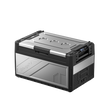
- Car Camping
- Solar Spring Sale
- Refurbished
- CIGS Solar Tech
- Membership & Reward
- Refer& Earn $50
- Military-Only Offer
- Bougerv Events
- Order Tracking
- Where to Buy

The Best Overland Fridges: Features, Top Picks, Pro Tips, and More!

Heading out on an overland adventure is not just about the journey; it's also about being self-sufficient in the wilderness, and having the right gear can make all the difference.
One of the most crucial pieces of gear for any overland journey is a reliable fridge. Not just any fridge, but one that's built to withstand the rigors of overland travel, keeping your food fresh and your drinks cold no matter where the trail takes you. However, with so many options out there, picking the best overland fridge can feel pretty overwhelming.
In this detailed blog, we will dive into the best overland fridges on the market. We’ll also give you the lowdown so you can pick the perfect overland fridge that suits your adventurous lifestyle.
Discover now!
Why Go for a High-Quality Overland Fridge?
A high-quality overland fridge offers numerous benefits beyond just keeping your food fresh. It’s built to handle vibrations, bumpy rides, and crazy temperature changes, while still ensuring your food stays perfectly chilled. Additionally, these fridges often feature efficient power consumption, which is super important when running off solar power or a limited battery supply.
What Makes a Great Overland Fridge?

Selecting the best overland fridge involves determining which features matter most to you. Here are some key factors to consider:
Durability : Choose a robust fridge built to withstand rough terrain and extreme weather conditions. Think of rocky trails that'll shake your rig, steep inclines, and muddy ruts. Plus, you could face scorching deserts and torrential downpours. A rugged overland fridge ensures you're well-fed and refreshed, letting you focus on adventuring without stressing over your chow going bad.
Efficiency : Look for energy-efficient models that won't drain your vehicle's battery, featuring solid insulation and a top-notch compressor.
Temperature Control : Precise and adjustable temperature settings are critical for keeping perishables at the right temperature.
Ease of Use : Choose an overland fridge that's easy to load, unload, and clean, and has user-friendly controls and displays.
Size and Capacity : Select a fridge that can hold enough supplies without being excessively large. Consider how much space you have in your overlanding vehicle and how much food and drink you'll need to store.
For a small group on a weekend trip, a 40-55 qt overland fridge should do the trick. Meanwhile, a mid-sized group on a week-long expedition might need around 55-70 qt. For larger parties or extended trips, consider overlanding fridges with a capacity of over 73 qt to ensure sufficient storage for all perishables and beverages.
- Portability : If you need to easily shuffle your fridge between vehicles or campsites, factor that into your choice.
Additional Ovelanding Features to Enhance Your Experience

When looking at overlanding fridges, keep an eye out for these perks that enhance your convenience and experience:
Solar Power Compatibility : Consider a fridge that can be powered by solar generators. It's eco-friendly, saves your vehicle's battery, and gives you that endless cold-beer-and-fresh-food luxury, even way off the grid.
Battery Protection : To prevent draining your overlanding vehicle's battery, ensure your fridge includes a low-voltage cut-off feature.
Tie-Down Points : Securely fastening your fridge is crucial. Look for models with strong tie-down points.
Smartphone Connectivity : Some fridges have apps for remote monitoring and control, adding a touch of modern convenience.
Choosing the best overland fridge comes down to understanding your specific needs, preferences, and the types of trips you plan to take. Whether you prioritize durability, power efficiency, or high-tech features, there's a perfect match for your needs.
Best Reliable Overland Fridges: BougeRV's Rocky Series Fridge | Built Tough for Brave Souls

Now, let's explore one of the best overlanding fridges—the latest BougeRV Rocky Fridge series , built tough for brave souls. With its heavy-duty construction and smart design, it's creating a buzz and is ready to tackle all your overlanding adventures.
The Rocky overlanding fridge rocks a robust stainless steel casing and shake-proof design that's totally up for the bumps and shakes found on off-road trails, as well as those unexpected wildlife run-ins. Moreover, this lineup looks sharp with its fingerprint-resistant finish and built-in battery compartment.
Available in 40 qt, 55 qt, 69 qt, and 81 qt sizes, there are Rocky fridges to suit various needs and fit into every vehicle.
In addition, the BougeRV Rocky fridge is your portable kitchen with a smart internal layout, including independent temperature control, a removable divider, and an easy-grab basket. You can chill drinks on one side and keep vegetables just cool enough on the other—all organized! Plus, it offers dual cooling for fridge/freezer flexibility, perfect for big trips and overland camping with groups of friends.
The Rocky series redefines what you can expect from an overland fridge with a reliable integrated battery and solar compatibility, allowing you to enjoy extended trips. Its unique two-way door design is super practical; you can open the doors in a tight space and easily grab stuff from both sides, providing ample space without taking up too much room.
For added convenience, Rocky’s remote app control lets you adjust settings from anywhere at any time. Say you're relaxing by the campfire when suddenly it hits you: "Shoot, forgot to lower the fridge temp for the steaks." No problem! Simply reach for your phone, open the app, and tweak the temperature instantly.
But wait, there’s more to the Rocky Fridge. It runs quietly, cools quickly, and features a rapid cooling and energy-saving mode, complemented by a battery protection system.
To give you peace of mind, BougeRV offers superior warranties and customer support, which is priceless when you're out there living the Overlanding dream.
Learn More and Get a Heavy-Duty Rocky Fridge!
Maximizing Efficiency on the Move
To get the most out of your overland fridge during your travels, follow these three useful tips:
- Pre-cool your fridge before loading it and pack it properly to maintain optimal temperatures.
- Regularly maintain and inspect your fridge to prevent any issues while on the road.
- Invest in a good quality cover or insulation bag to improve efficiency and protect your fridge.
Final Thoughts

Choosing the right overland fridge can elevate your overlanding adventures by providing convenience and peace of mind. Focus on durability, efficiency, and features, and you'll end up with a reliable companion that keeps your supplies just right, wherever you roam.
Whether you go for a spacious unit like the Rocky 69 qt and 81 qt or a compact workhorse like the Rocky 41 qt and 55 qt, these best BougeRV overland fridge freezers can perfectly align with your travel style and needs.
Pack up, hit the open road, and enjoy the boundless freedom of overlanding—with the reliable BougeRV Rocky overland fridge by your side!
Table of Contents
LEARN MORE View all

- Search Please fill out this field.
- Manage Your Subscription
- Give a Gift Subscription
- Newsletters
- Sweepstakes
This Is the Most Affordable Vacation Destination in the U.S. — and It Has Pristine Beaches
Travel more for less when visiting the Outer Banks in North Carolina.
:max_bytes(150000):strip_icc():format(webp)/Stacey-Leasca-2000-631fabdcfe624115bea0ce8e25fdec96.jpg)
DoxaDigital/Getty Images
Getting out and exploring the world shouldn't have to clear out your bank account. Yes, there are plenty of first-rate five-star destinations out there that are worth saving up to visit one day, but while you stack that cash, you could always go visit one of America's most affordable destinations, too. And OptimosTravel has done all the hard work of figuring out just where those destinations are for you.
The travel company released its list of the most affordable vacation destinations in America, analyzing more than 100 well-known spots. To determine which ones rank as the most affordable for solo travelers, the team assessed each location on daily meal expenses, public transportation costs, accommodation rates, and attraction fees.
After looking at all the data, the team determined that the Outer Banks, North Carolina , is indeed the least expensive vacation destination, where solo travelers can spend an entire day there for $177, making a 7-day family vacation possible for about $3,247.90.
"We ranked Outer Banks as the least expensive destination, where the allure of the Atlantic meets affordability," the company shared in its findings via email. "With the lowest accommodation costs at $91.44, combined with meals at $60 and attractions adding up to $11.27, the daily cost per person stands at a mere $177. A week-long stay here ... for a family of four [comes out] at just $3,247.90, proving that paradise doesn't have to cost a fortune."
Joining the Outer Banks is another southern favorite, Charleston, West Virginia, coming at No. 2. Its daily cost breakdown came to just $177 as well but came with a slightly higher weekly cost of $1,242 per person due to a higher cost for accommodation and a $2,926.30 cost for a family of four.
These two are followed by two Georgia downs, Helen and Tybee Island in third and fourth, respectively, and Gatlinburg, Tennessee rounding out the top 5.
A few big-name destinations also made the list, with Sedona, Arizona; Cape Cod, Massachusetts; Oklahoma City, Oklahoma; and Bend, Oregon; in the sixth through ninth spot. Monument Valley, Utah, completed the list, coming in at 10th place with an average daily cost of $218 per person.
Want to go even further? Check out 13 of the most affordable destinations in Europe to visit right now.
Related Articles

IMAGES
VIDEO
COMMENTS
Why Out There Overland Travel? We have extensive overland travel experience in South Africa and in the surrounding southern African countries, as well as experience in East Africa. Our itineraries are planned based on first-hand experiences, and so, in our recommendations, we know what we are dealing with and what to expect. ...
Out There Overland Travel, Durban, KwaZulu-Natal. 593 likes · 1 talking about this. Bespoke Overland Travel Company
The ULTIMATE Guide to Overland Travel (2024) It is absolutely without question that my best travel journeys to date have been overland. Some were on motorbike, others were by way of a cardboard sign on the side of the road, and I have visions of future journeys that involve a big old school bus traversing the lands between Europe and Asia.
You can also check out maps on the United States Forest Service (USFS) website, which often include specific overlanding routes, 4×4 trails, backroads, and remote forest pathways. And lastly, there are some free overlanding apps, like onX, that are great for discovering new places and extremely helpful when it comes to planning your first trip.
Remember that less is usually more when you first start overlanding. There's no need to go all-in for your first trip. Starting out simple is an easy way to focus on the experience. Building your kit slowly, selectively, and by utilizing crowdsourcing to find out which products others with your rig or similar travel plans are happy camping ...
Apps such as Sekr and iOverlander can help you find campsites, as well. As you're pouring over all your mapping resources, remember that this is an overland trip and you will require fuel on a regular basis. Figure out your vehicle's range and plan your fuel stops frequently enough so that you're not sweating it out in the red or, even ...
Modern overland travel started out way back in 1920's and 1930's. Between 1924 and 1931, a Brit named John Weston and his family drove their truck from Great Britain to South Africa, then carried on to Egypt and back to the UK overland. ... There are no travel agents, no packaged vacation offers, and no standard itineraries to rely on: it ...
There's no better way to get outfitted, inspired, and educated about overland travel than to get plugged into some of the numerous overland expos, events, groups, and rallies that are out there. Our detailed (and continuously updated) list of different events, groups, rallies, and expos will help you select, connect, and engage with the ...
Cooking Equipment. Cooking while on the road is part of the overlanding experience. Key items to pack include: Portable stove: A compact stove allows you to cook hot meals, boil water, and make coffee or tea. Cooking utensils and cookware: Bring pots, pans, and utensils that are durable and easy to clean.
The following tips are aimed to turn your overland experience into the journey of a lifetime. The awe inspiring landscapes and interactions with local peoples who rarely experience tourism give real meaning to the quote 'It's the journey, not just the destination'. Here are my tips for surviving on the road. 1. Learn a few words.
WikiOverland is the community encyclopedia of Overland Travel. It contains everything you need to set out on your own world Overland adventure. Choose between a motorcycle, car, 4x4 or Luxury RV, prepare yourself with the information and get out there and explore. You might choose to drive around your own country, and entire continent or Round ...
It's been said that the best overland vehicle is a reliable one. Whether you're embarking on a global overland trip or a weekend warrior trip, you need a vehicle that gets you out and back reliably. Fortunately, there are many good platforms out there. The first step is to determine the travel style you and your family want to achieve.
Replace your vehicle's fluids, filters, and other wear items before traveling. Buy a comprehensive mechanic's tool kit, like those sold by Harbor Freight, and carry it with you. Zip ties, duct ...
Overlanding Off Road Radios and Emergency Communication Devices. Learn the basics of off road radios, overland radios, and emergency communication devices to help you select a good comms setup for maintaining contact with your friends and family, as well as emergency services should the need arise. Read More →.
I have spent my time in the marketing and communications industry, and so, after more than 30 years in the industry, mostly with the Ogilvy Group, I have embarked on a new journey. Given my passion for nature and nature conservation and travel, I have opened a bespoke overland travel business. People wishing to explore Africa and enjoy a thrilling, wildlife and overland experience need look no ...
Make a list of everything you have for overland travel; Pack it all up into your overlanding vehicle; Pick where you want to go by researching on the apps or calling a ranger station; Head off road to your destination; Enjoy & return! It really is that simple. My best advice would be to go out there with what you have now and see if you enjoy it.
Adventure. Join the group of pleasure seekers and adventurers. Pack your bags and join us for an adventure. Push boundaries and make memories. After traveling with Overland Travel, you'll have thousands of stories to tell. Because those who see a lot, have a lot to say. The travel program up to 2025 is already waiting for you.
That's why it's essential to take a portable charger. We recommend a capacity of at least 9.000 - 20.000 mAh so you can recharge your phone a couple of times. In fact, we usually take two power banks with us, a small one and a big one. Our iWalk Portable Charger is so tiny, we can easily carry it with us.
Overlanding is vehicle-dependent travel, where the main goal is the journey itself, not the destination. It often involves off-road capable vehicles where travelers can discover remote trails and areas that are less frequently visited. Overlanders usually enjoy off-grid camping and try to be self-sustained for an extended period of time.
The Essential Guide to Overland Travel in the United States and Canada. The allure of overland travel is palpable: the freedom, the exploration, the connection with nature. ... To aid you on your journey, we've delved deep into the best reads out there that every overland aficionado should consider adding to their collection.
When it comes to choosing an adventure in Africa and you're looking to travel overland that will deliver on your expectations, then contact Overland Africa. Call us Toll Free; 1866 438 8677 ... Overland Basics . Find out all there is to know about overlanding vehicles, guides, crew, health and safety, money and spending.
Heading out on an overland adventure is not just about the journey; it's also about being self-sufficient in the wilderness, and having the right gear can make all the difference. One of the most crucial pieces of gear for any overland journey is a reliable fridge. Not just any fridge, but one that's built to withstand the rigors of overland travel, keeping your food fresh and your drinks cold ...
After looking at all the data, the team determined that the Outer Banks, North Carolina, is indeed the least expensive vacation destination, where solo travelers can spend an entire day there for ...
Johnson County. Leawood. 66223. 4602 W 136th St. Zillow has 70 photos of this $2,350,000 5 beds, 6 baths, 5,013 Square Feet single family home located at 4602 W 136th St, Overland Park, KS 66223 MLS #2486863.